
Selected People
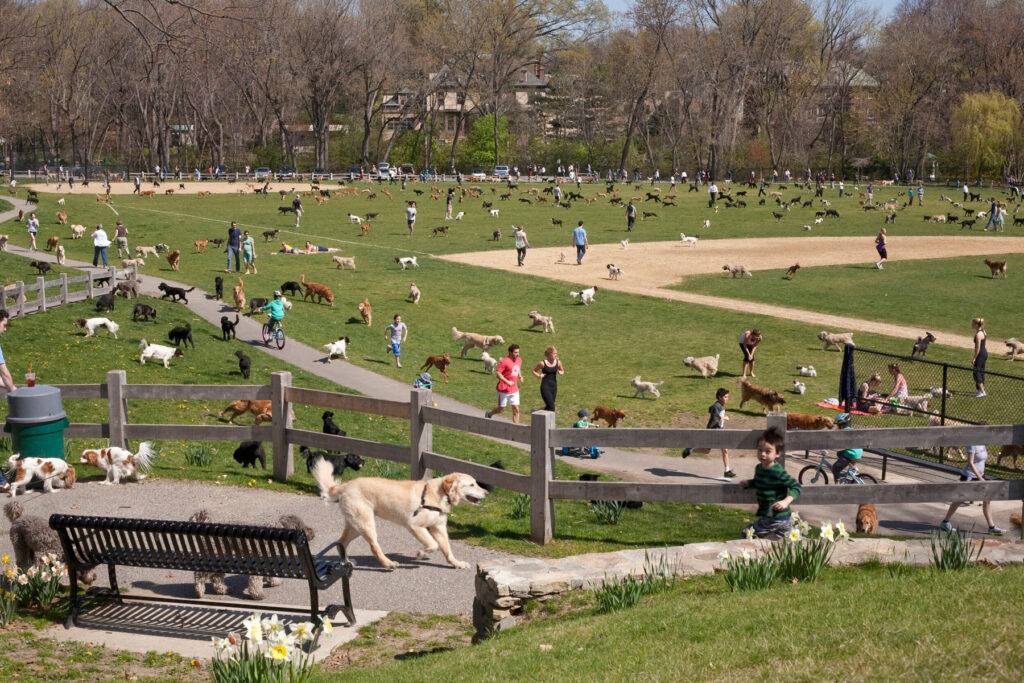




Credits
Images · PELLE CASS
https://pellecass.com/
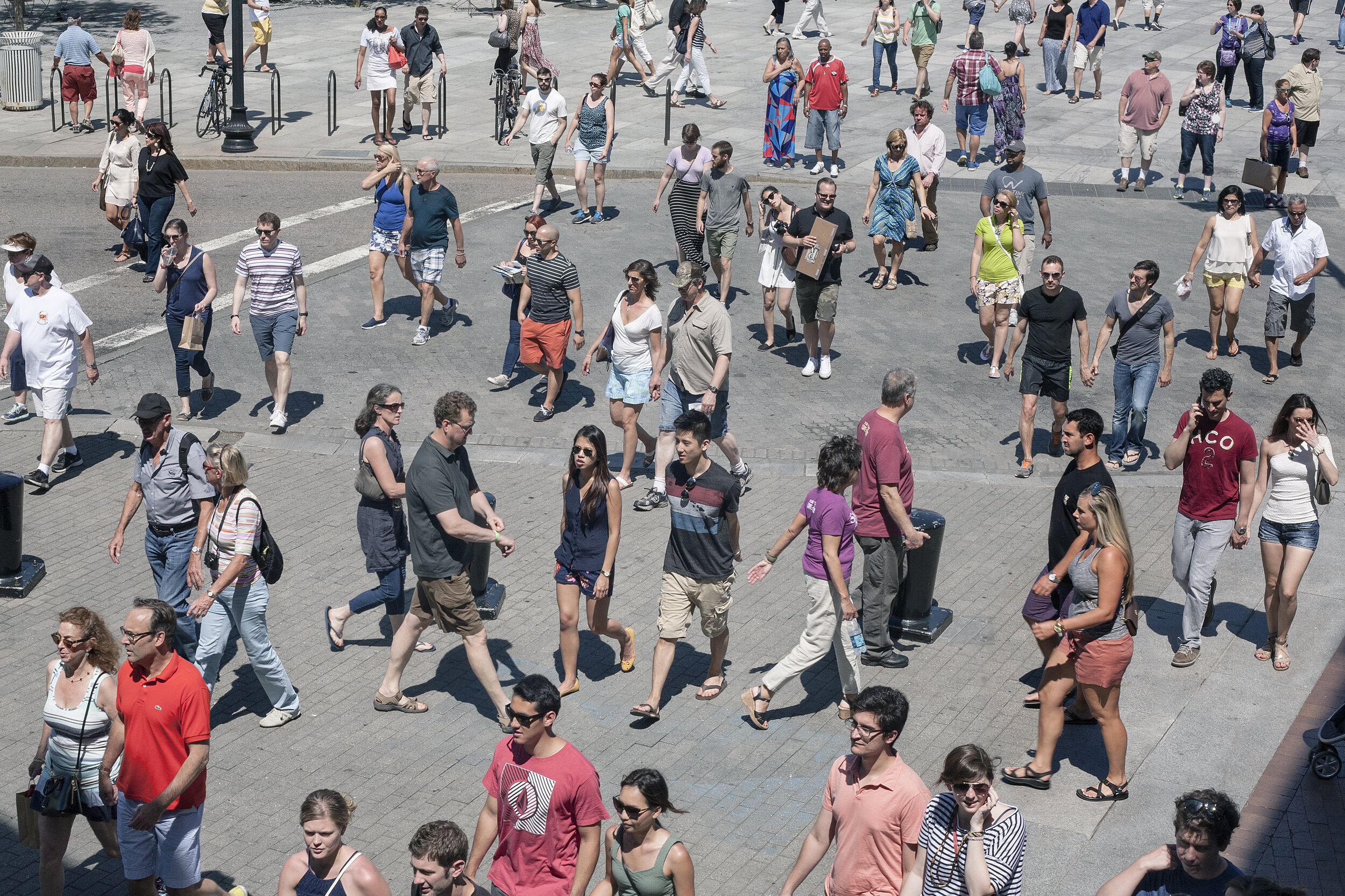






Credits
Images · PELLE CASS
https://pellecass.com/
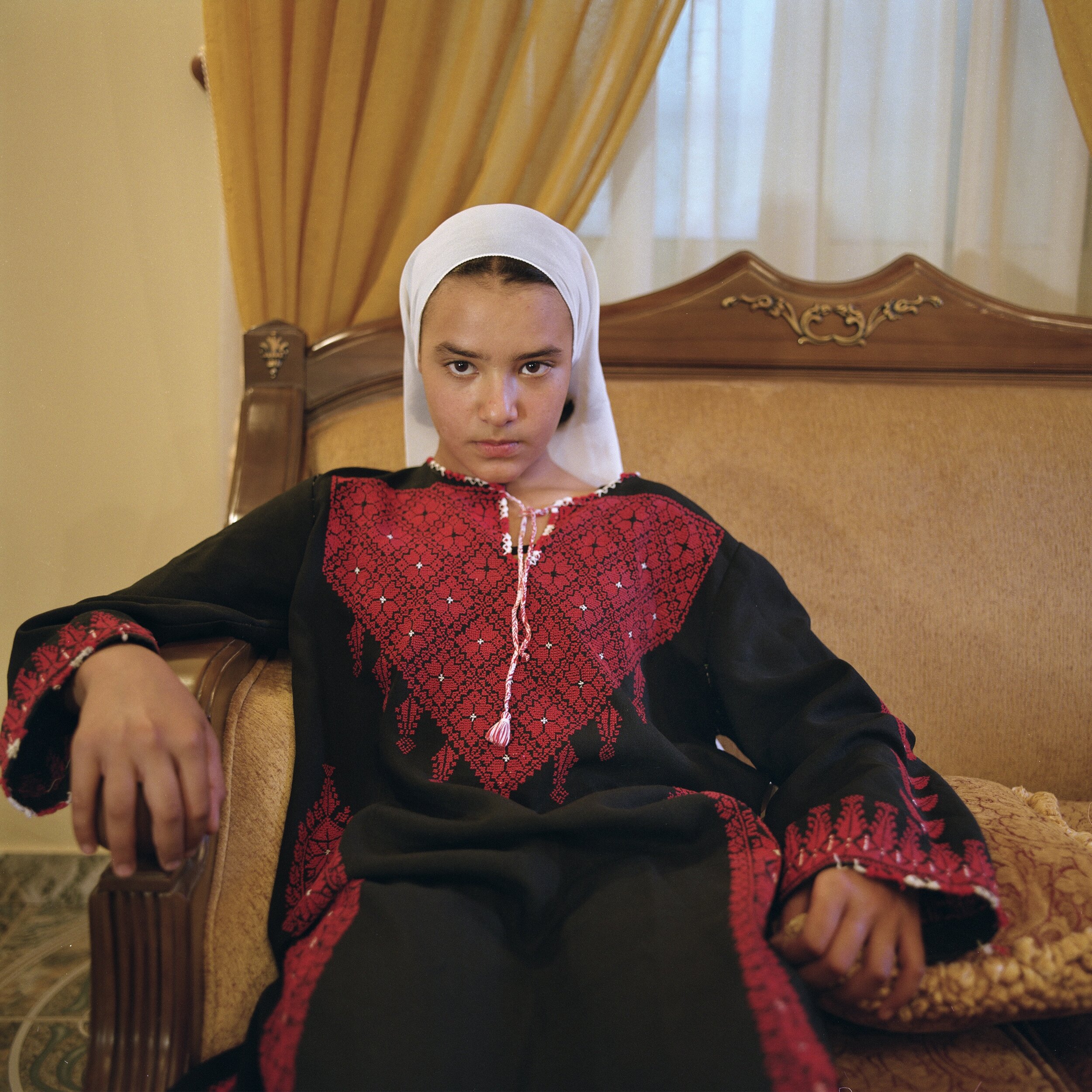

New-York based photographer Alessandra Sanguinetti often explores through her work, changes, experiences and feelings in society. Sanguinetti’s photography is infused with a certain serenity and a beautiful melancholia showing a certain level of trust between her and her subjects.
Her decade long project The Adventures of Guille and Belinda captures two cousins growing up together in the rural province of Buenos Aires, in Argentina. It is a testimony of family, a study of love, tracing the girls’ lives between every day and imagination from the ages of 14 to 24 and their passage from girlhood to young womanhood. The series which began in 1998 is the subject of two booksThe Adventures of Guille and Belinda and the Enigmatic Meaning of Their Dreams (Nazraeli) and ten years later,The Adventures of Guille and Belinda and the Illusion of an Everlasting Summer(Mack).
Recently, Alessandra Sanguinetti shot a cover for Vogue Italia for their January 2021 Animal issue which aimed at bringing awareness to the urgency of the environmental problem.





When I was nine years old a book I began to get curious about the books on our living room coffee table. Amongst books about nature and old ‘masters’ (Caravaggio etc) there was a Lartigue, a Chim (David Seymour), Dorothea Lange book , and Wisconsin Death Trip, by Michael Lesy. It was the latter that made me beg for a camera. I had a gut reaction to that book – it was the first time I saw, or paid attention to, images of people long gone, and it was the first realization that I was going to die and disappear as well. I panicked and had immediately associated photography with death, life, and memory.
I did receive a camera for Christmas and set out to memorialize everything in my life.
That’s the way it’s been since.
As far as my practice, it was in my twenties that I consciously realized photography was a way to relate to the world and a way to make a living. I’d never thought of myself as an artist or anything in that neighborhood, until then.






Credits
Images · ALESSANDRA SANGUINETTI
https://www.instagram.com/alessandra_sanguinetti/
Designers
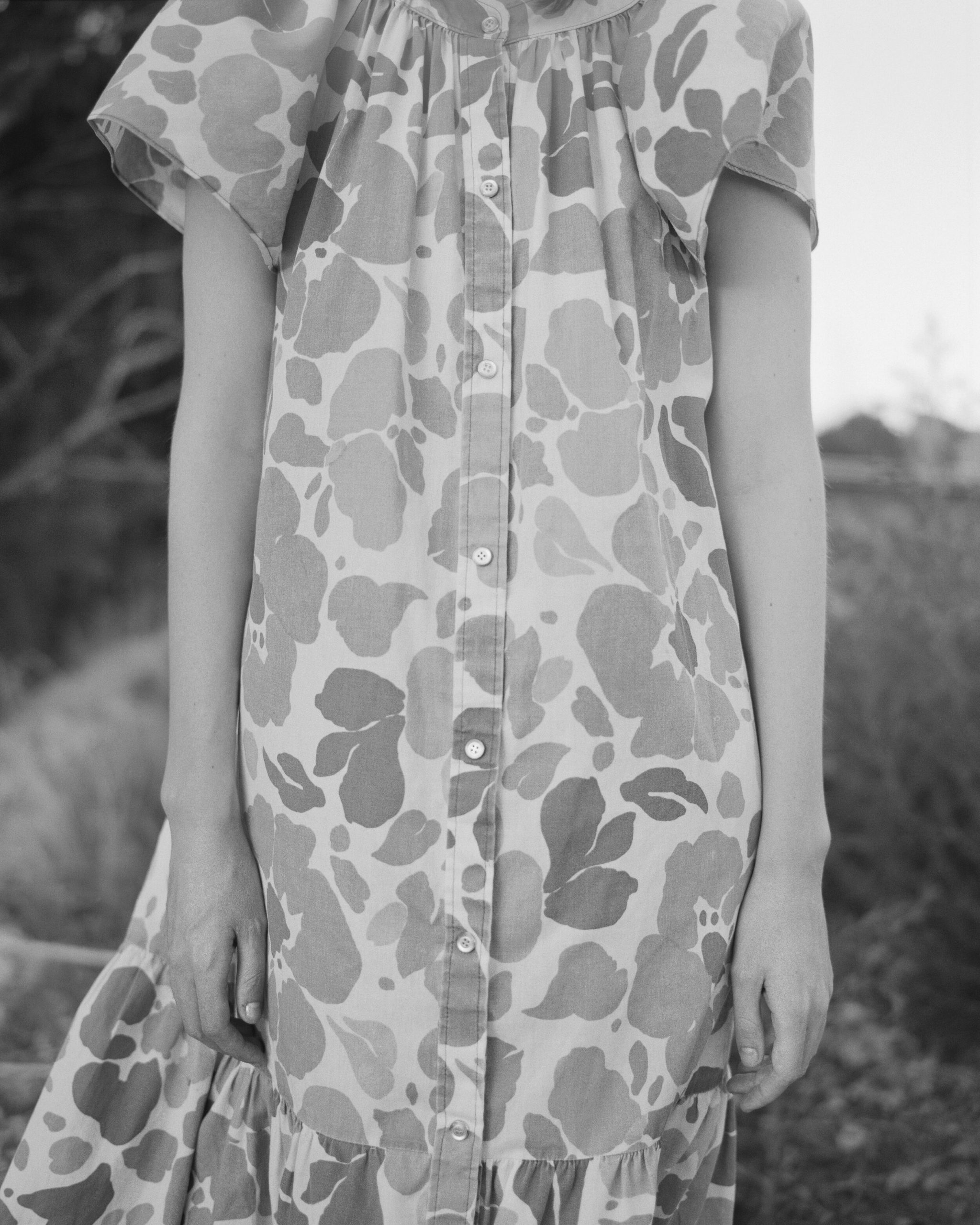
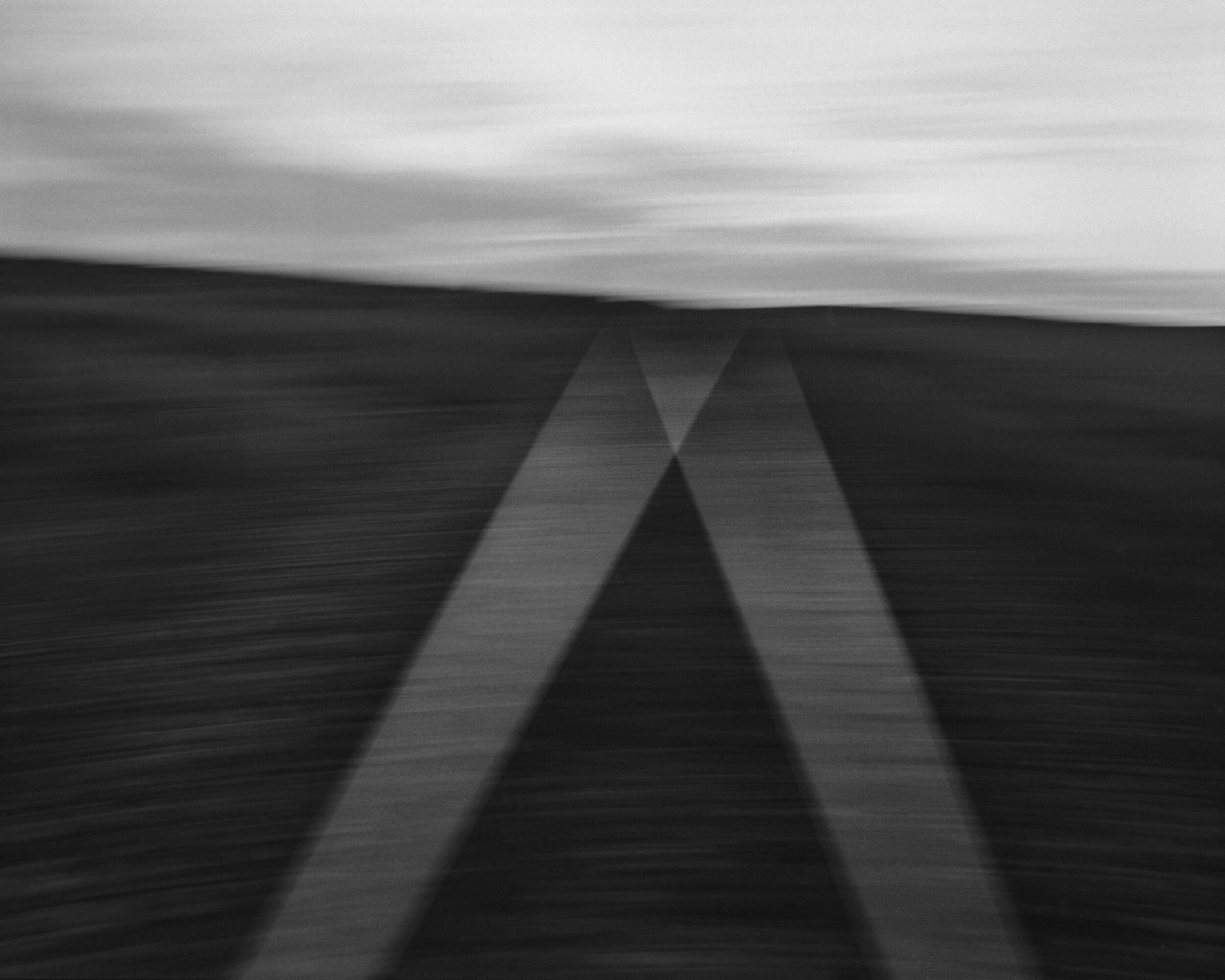
Mother of Dogs
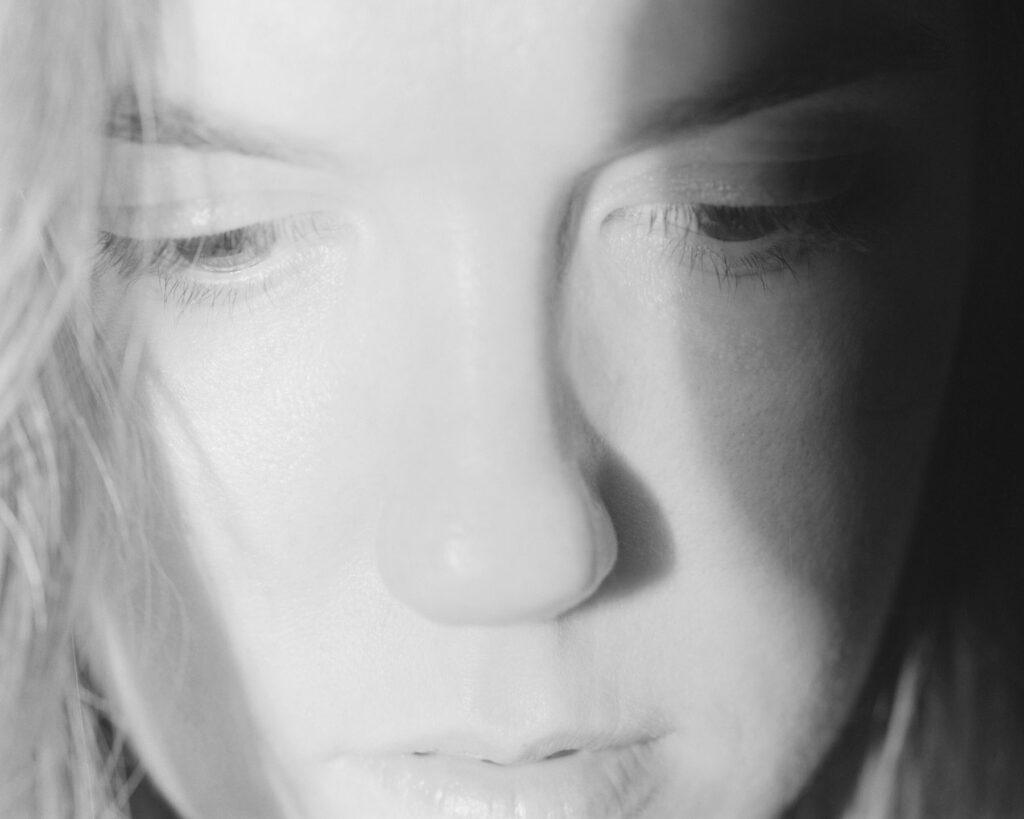

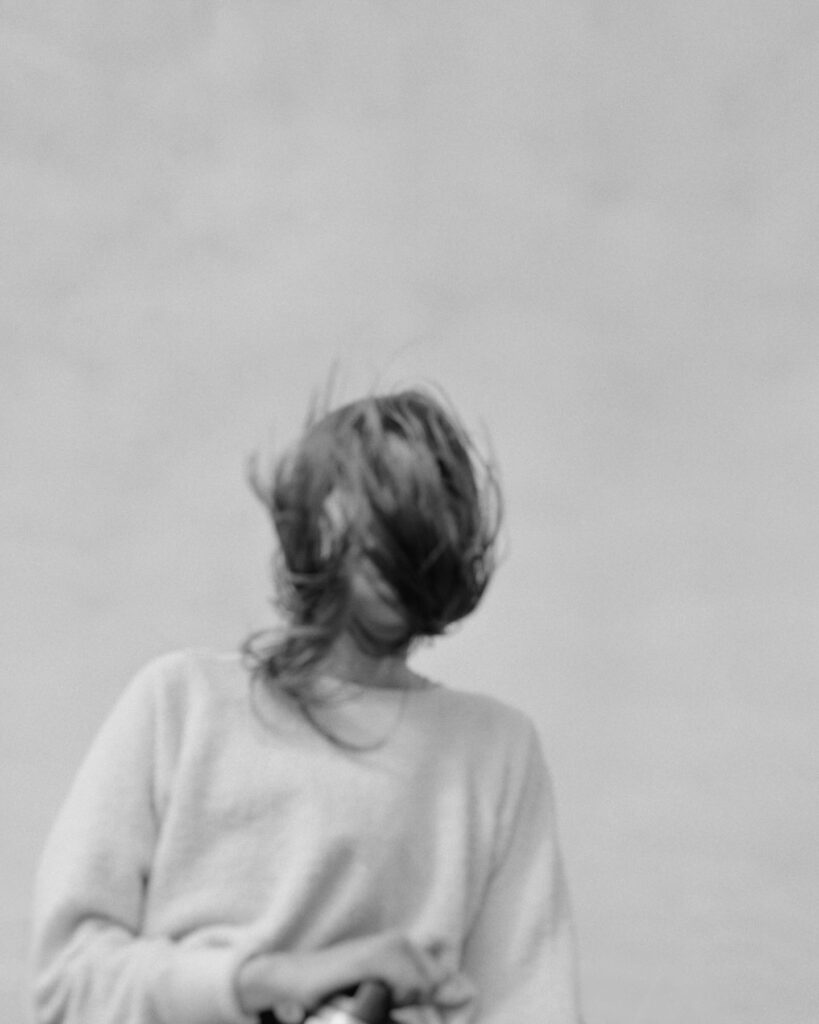
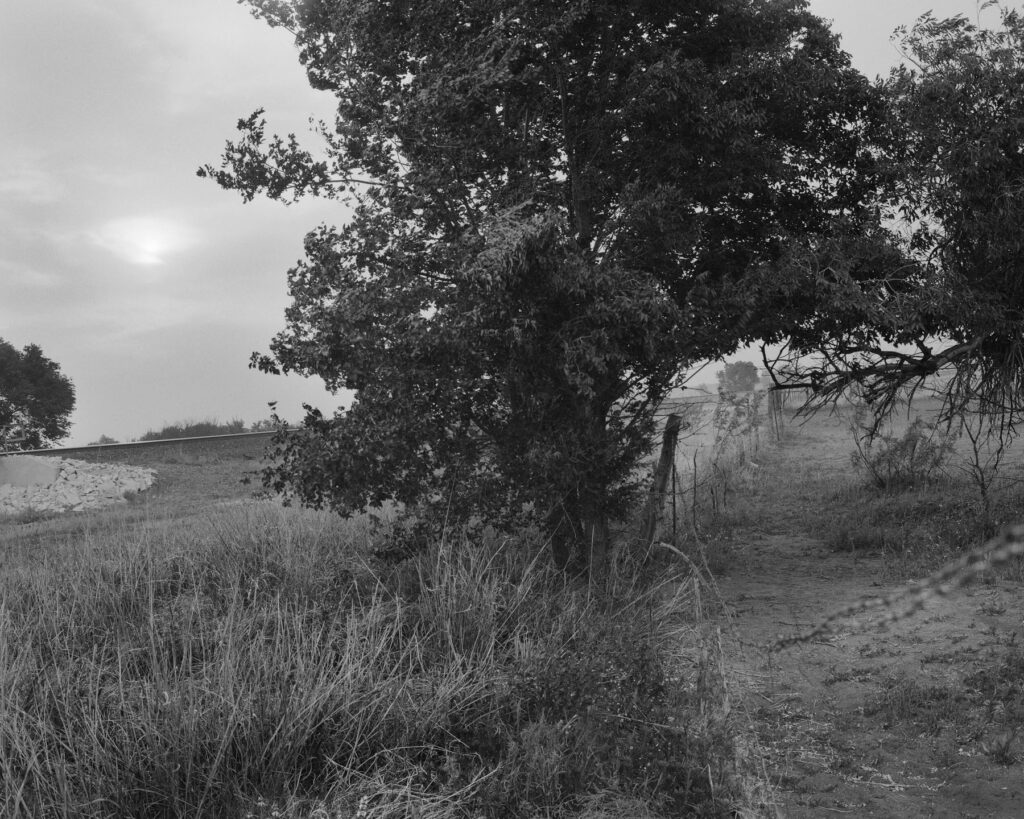
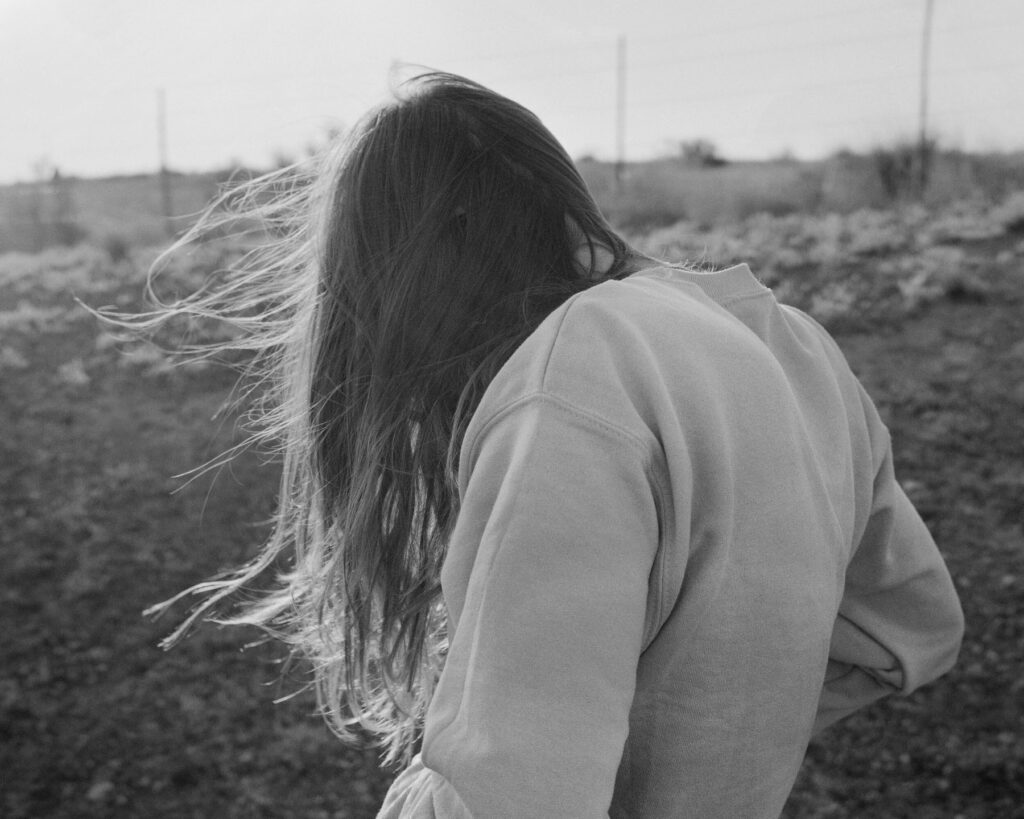
“Mother of Dogs is a project that I began and completed at the beginning and middle of quarantine. Life had been tossed in the air once the pandemic hit, so my partner and I began taking daily walks by the train tracks next to our house in order to introduce some stability. That project could be related to growth considering our development towards balance and steadiness.”



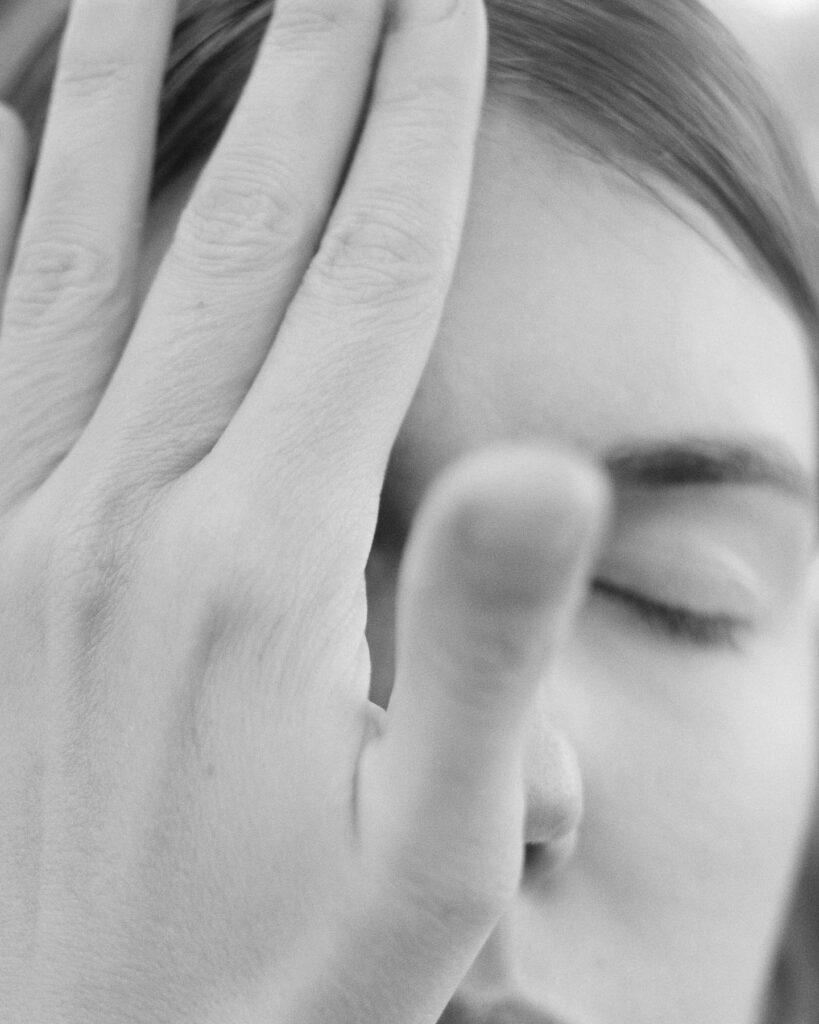
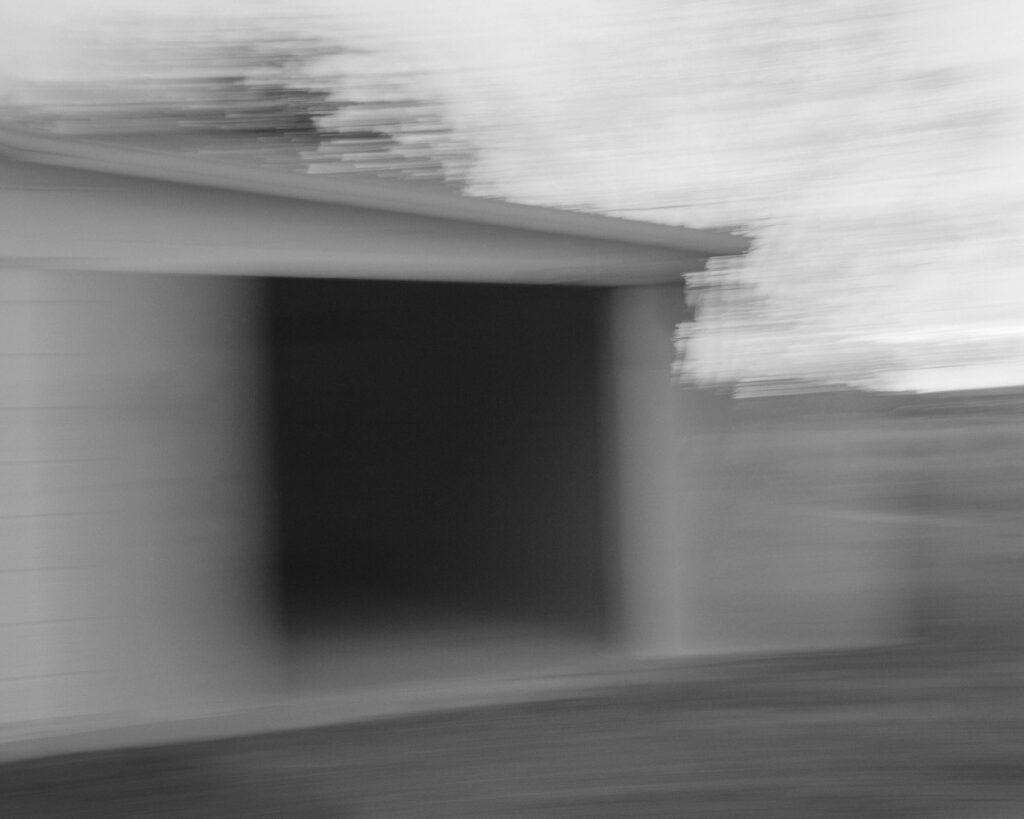
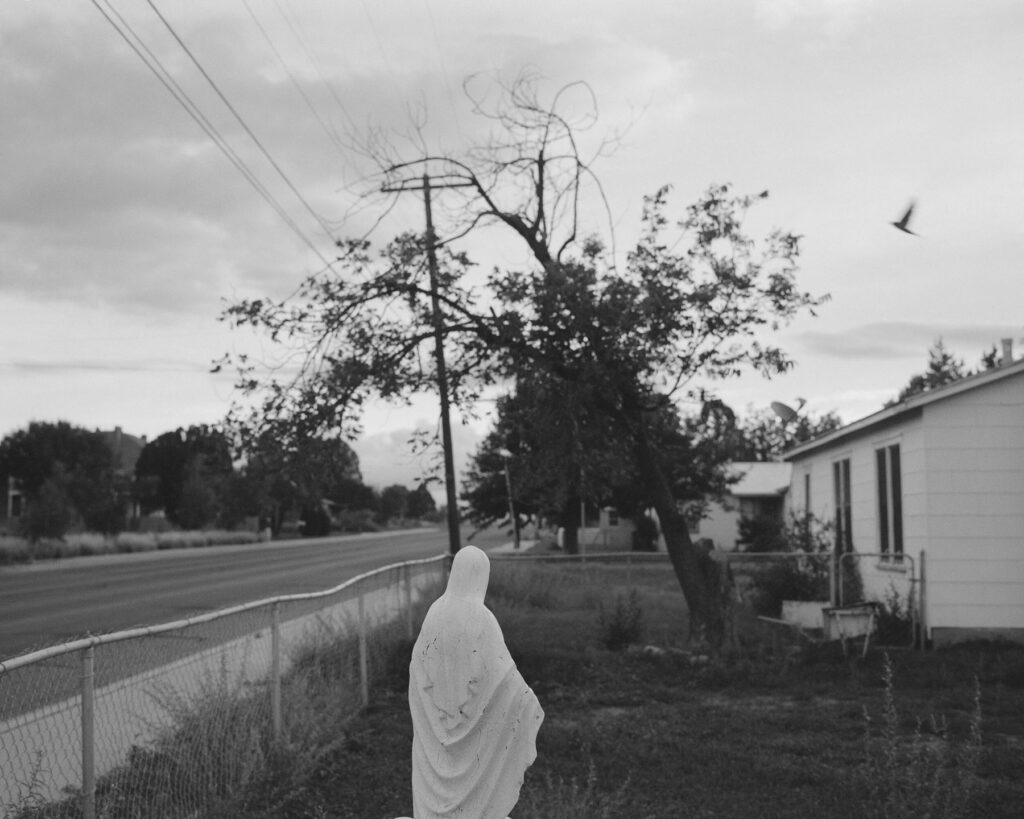
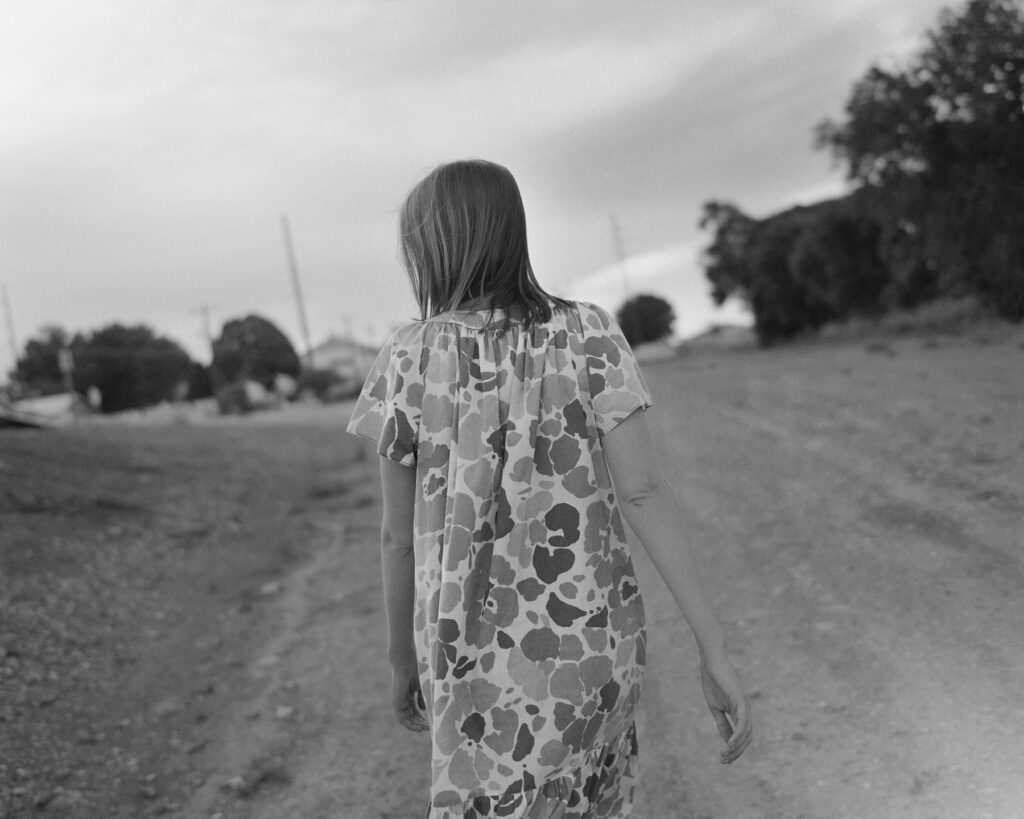
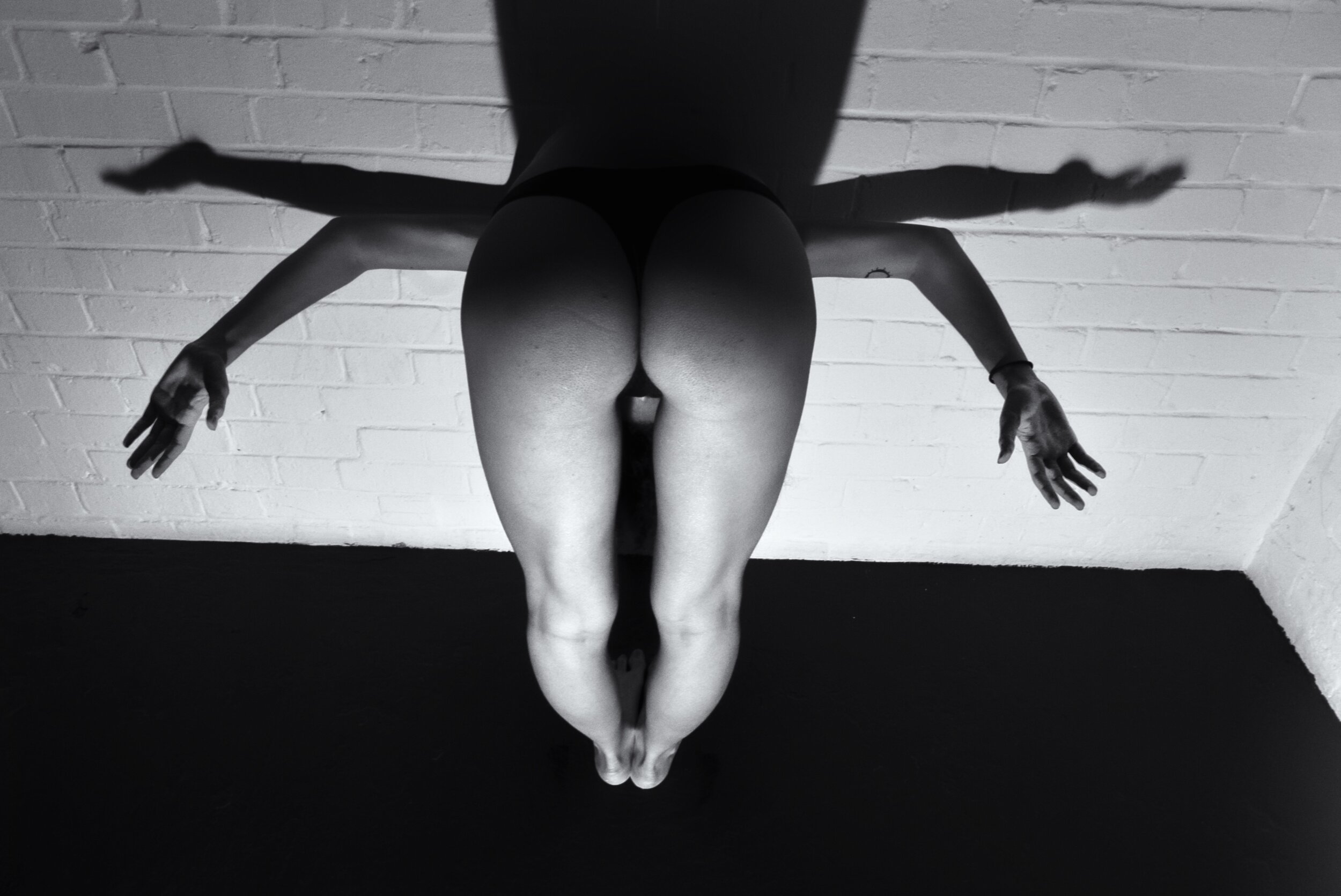

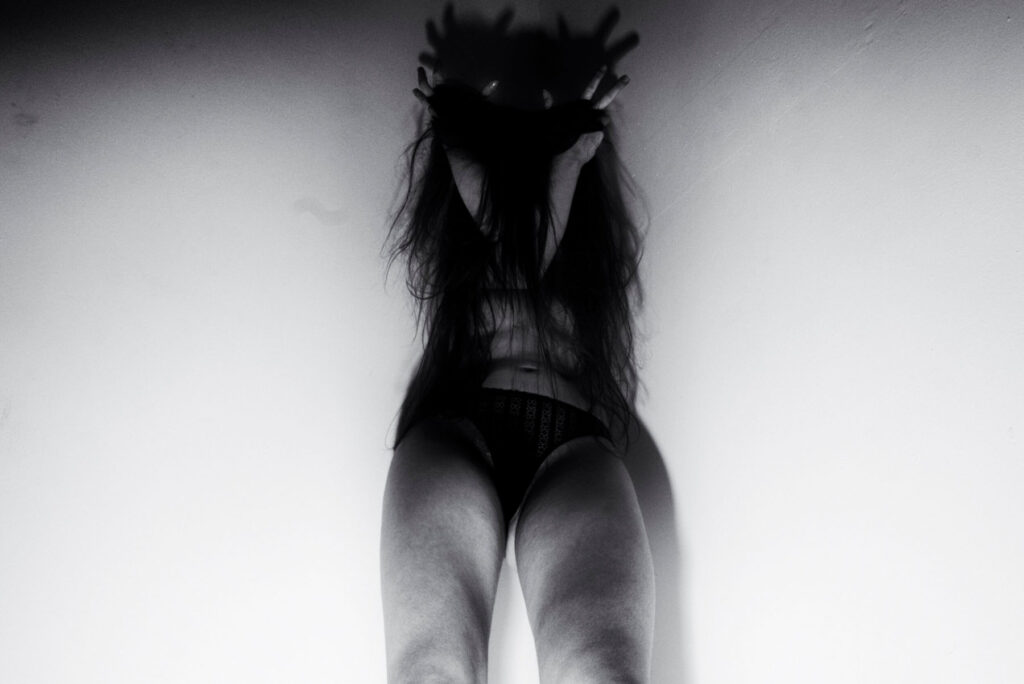
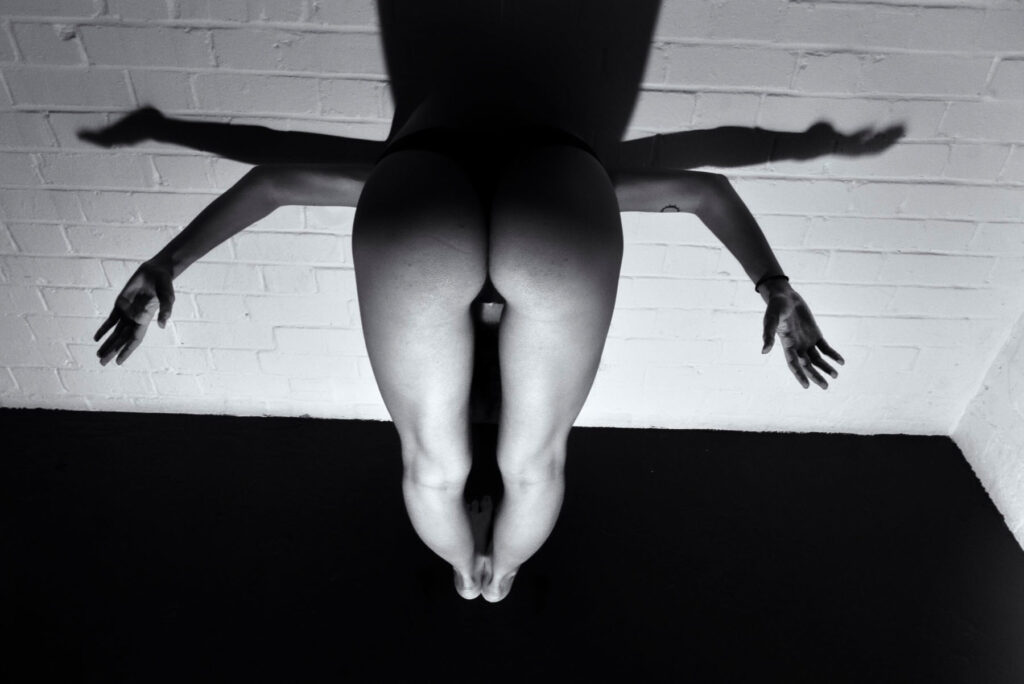
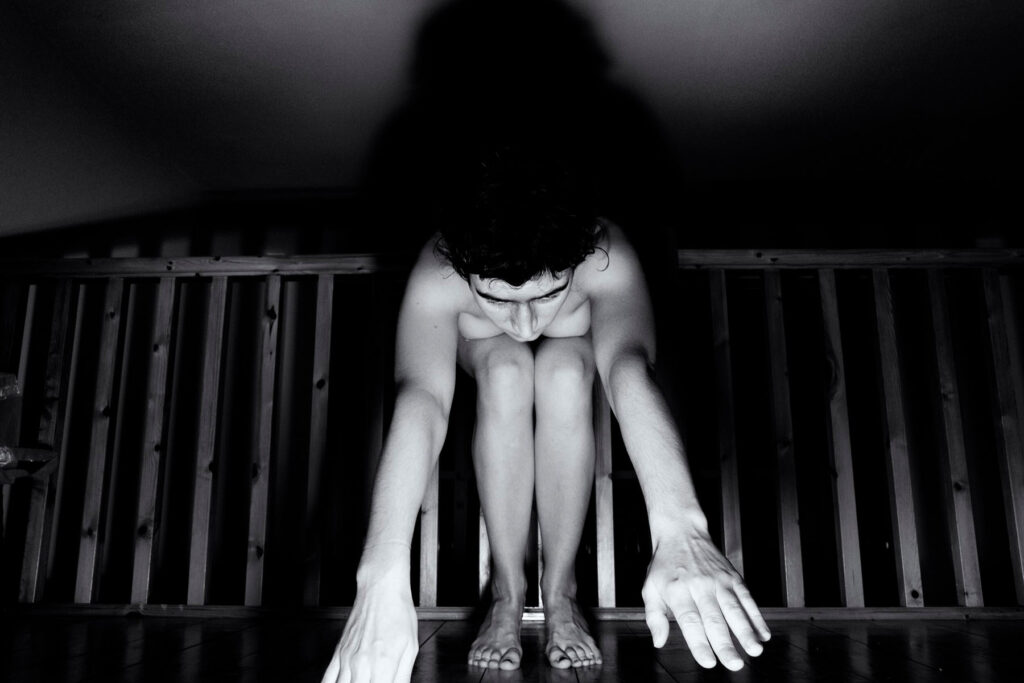
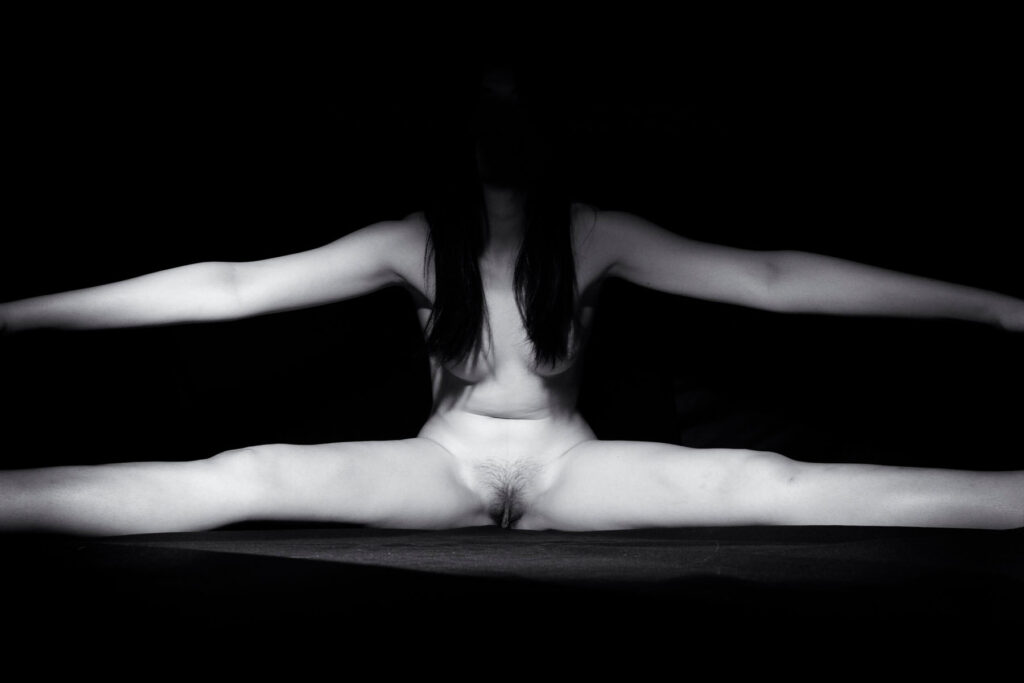
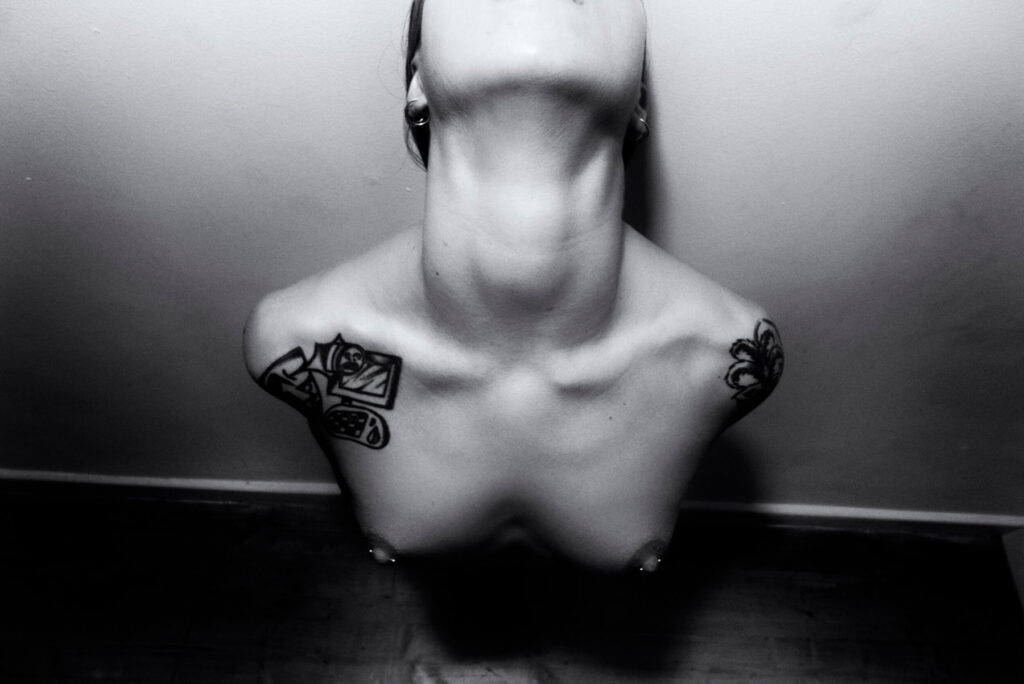

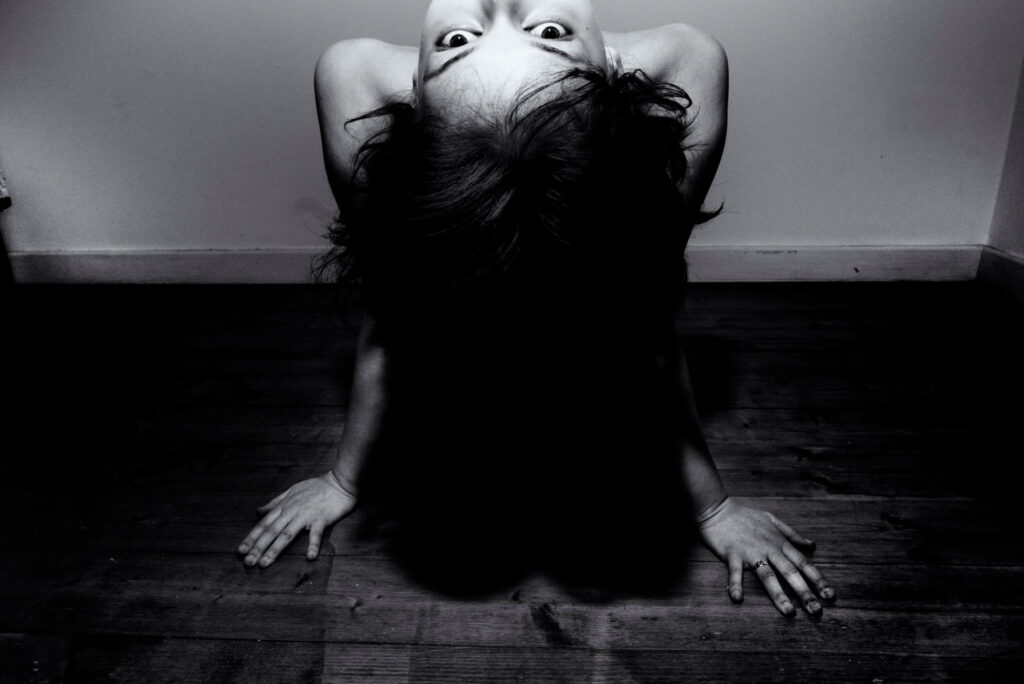
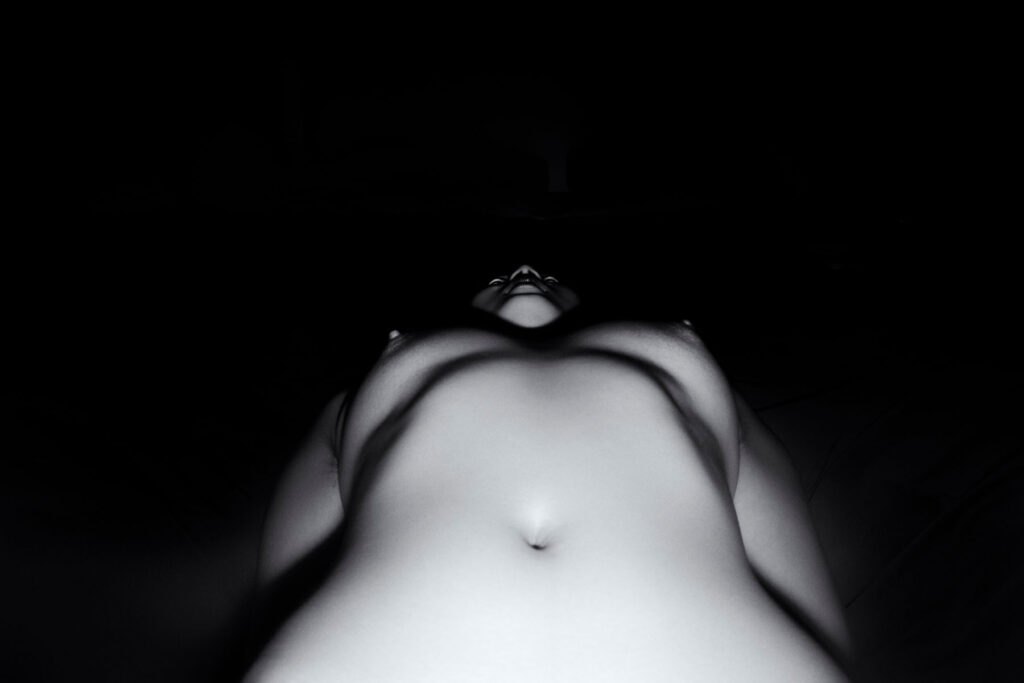
Credits
Photography · Yis Kid
https://yiskid.com/
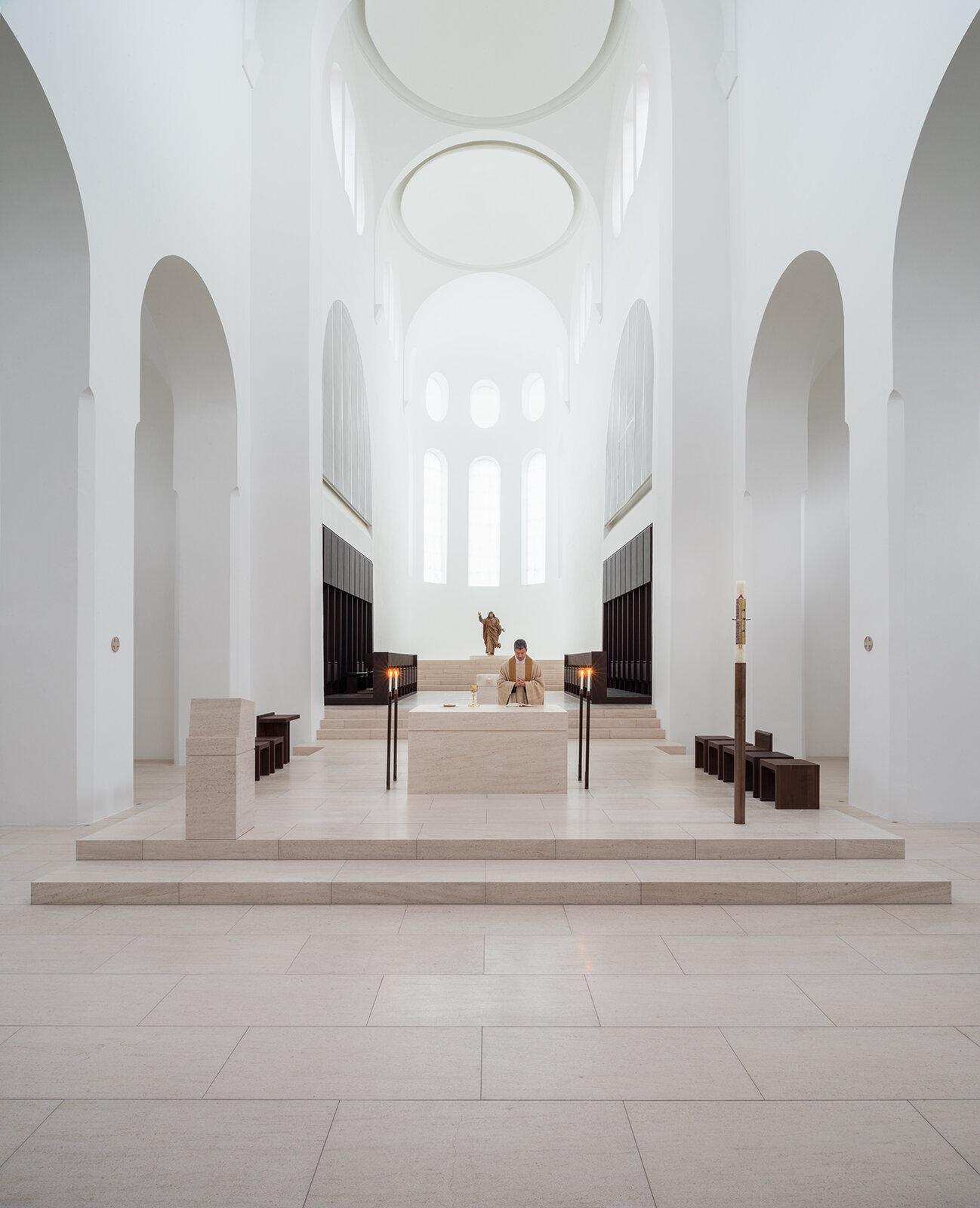
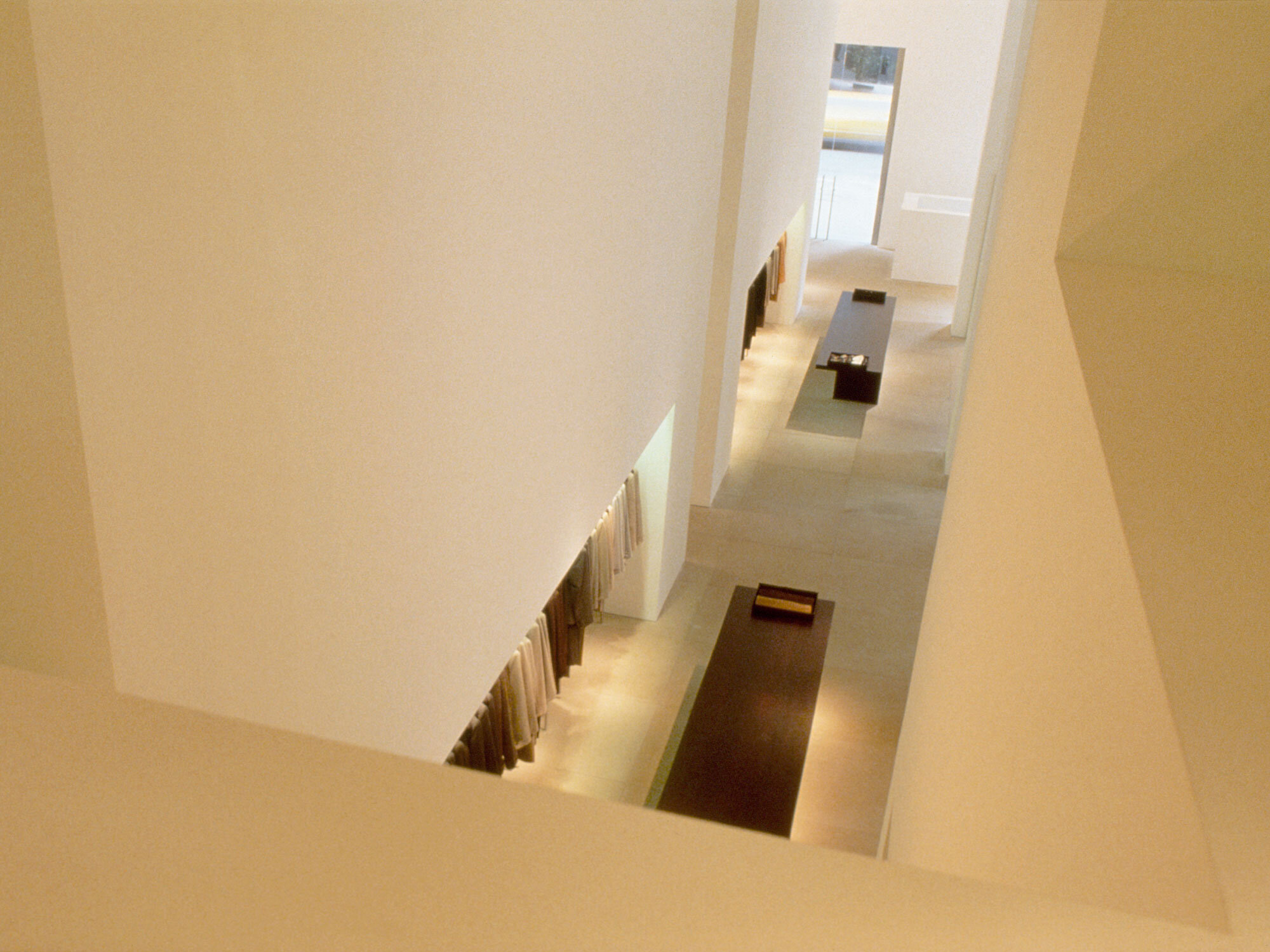
John Pawson CBE has spent over thirty years making rigorously simple architecture that speaks of the fundamentals but is also modest in character. His body of work spans a broad range of scales and typologies, from private houses, sacred commissions, galleries, museums, hotels, ballet sets, yacht interiors and a bridge across a lake. His method is to approach buildings and design commissions in precisely the same manner, on the basis that ‘it’s all architecture’, incorporating minimalism and rigorous simplicity mixed with function.
NR discusses with the renowned British architectural designer about his career, some of his key works, his most recent project Home Farm, a space in which family and friends can gather, as well as his future plans for 2021.
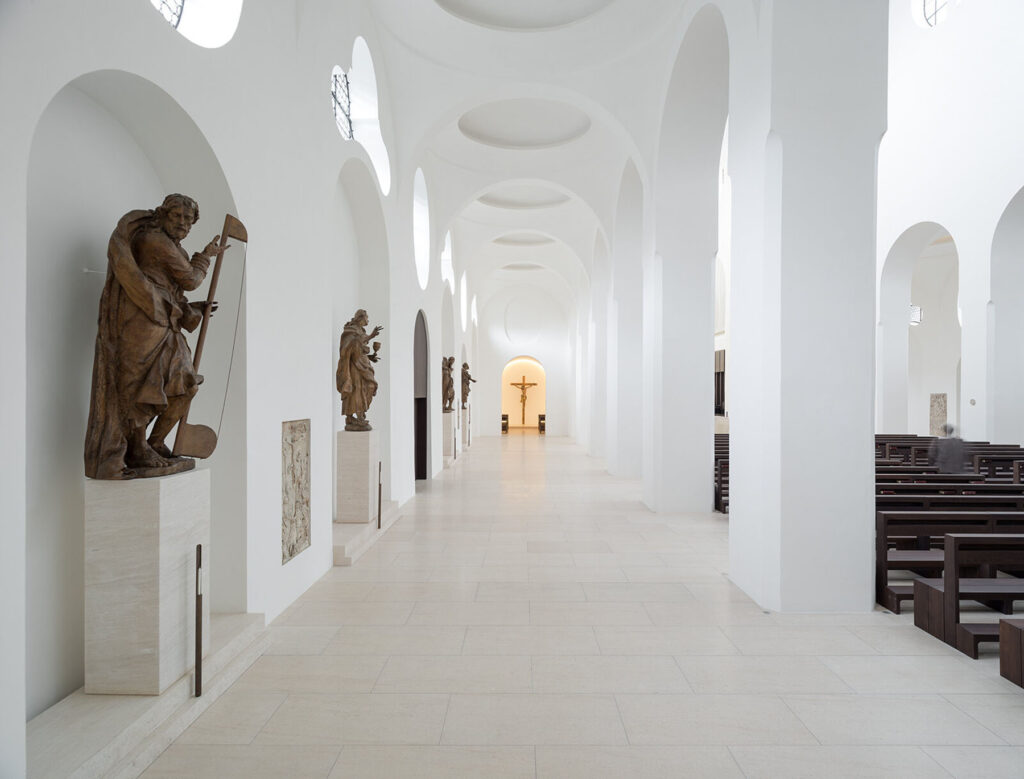
John Pawson, it is an absolute pleasure to be interviewing you. Thank you for taking the time to be a part of this issue. How are you doing in those strange times we are all living in?
My wife Catherine and I have spent most of the various lockdowns at Home Farm in Oxfordshire. I am used to being pretty much constantly on the move and being still for so long has been a revelation. At any one time, some or all of our three grown-up children have also been here. One of the few upsides of the current situation has been the opportunity to live alongside one another again for extended stretches as a family, when normally we are scattered.
You have always been revered for your taste for minimalism and rigorous simplicity mixed with function in your design approach. 30 years ago minimalism would not be used as much as it is now, by architects and designers. Although some like Louis Khan do talk about ‘a society of spaces’ and about how the rooms not solely accommodate specific uses and functions but they create spaces and places encouraging chance encounters and unplanned meetings. This is something we can find to some extent in your work as it shows that a building is intrinsically linked to the quality of life within it and enriches experience. Do you think about that a lot when you start working on a project? About enriching or bettering the visitor’s or the inhabitant’s interior experience and engaging all of our senses, almost like a tactile reality?
When I start working on a new project, my thoughts are focused on the place – the immediate site and its surroundings – and on the people that will use the spaces I am designing. A huge amount of thought goes into refining the function and the choreography, but in the end it’s about making atmosphere and about ensuring a quality of sensory engagement.
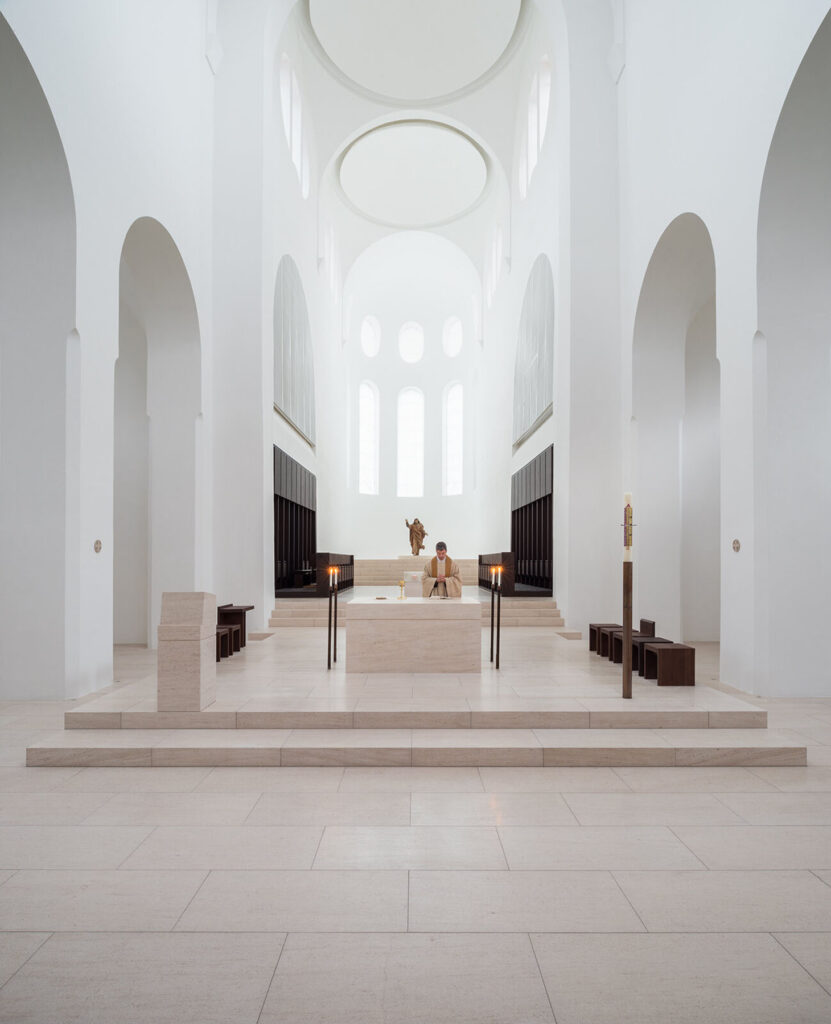
Minimalism has now become a life style which is something we can all thank you for as you have helped coined this new phenomena. In your body of work can also be found a certain inclination for idealism and purism rather than materialism.
When and where did you find your attraction for simplicity and how did your search for it, began?
I think that my interest in simplicity was always there, even as a child. My parents’ values and the treeless landscapes of the Yorkshire Moors where I grew up helped reinforce these innate preferences.
Who or what inspired you to start creating and designing?
What are some architects’ works or designers’ works that you really like?
It had been at the back of my mind for a long time, but the person who gave me the final impetus to pursue a career in architecture when I was in my late twenties was the Japanese architect and designer, Shiro Kuramata.
Alongside Kuramata, the people whose work I have always admired include Mies van der Rohe, Donald Judd and Dan Flavin.
I studied Interior Design at the Royal College of Art in London and your name came up frequently during my research as I was very interested in spaces that have a positive influence on the spirit and mind, spaces in which one is able to daydream and contemplate without any distractions. I am sure you know of Poetics of Space by Gaston Bachelard. I find some similarities between your manifestos most specifically in relation to day dreaming, thinking, imagination and presenting the space we inhabit as a cosmos of its own. What are your views on Bachelard’s philosophy?
Like Bachelard, I have always thought that a house should be a collection of spaces in which to dream. The potential for dreaming comes when the mind and body are at ease.
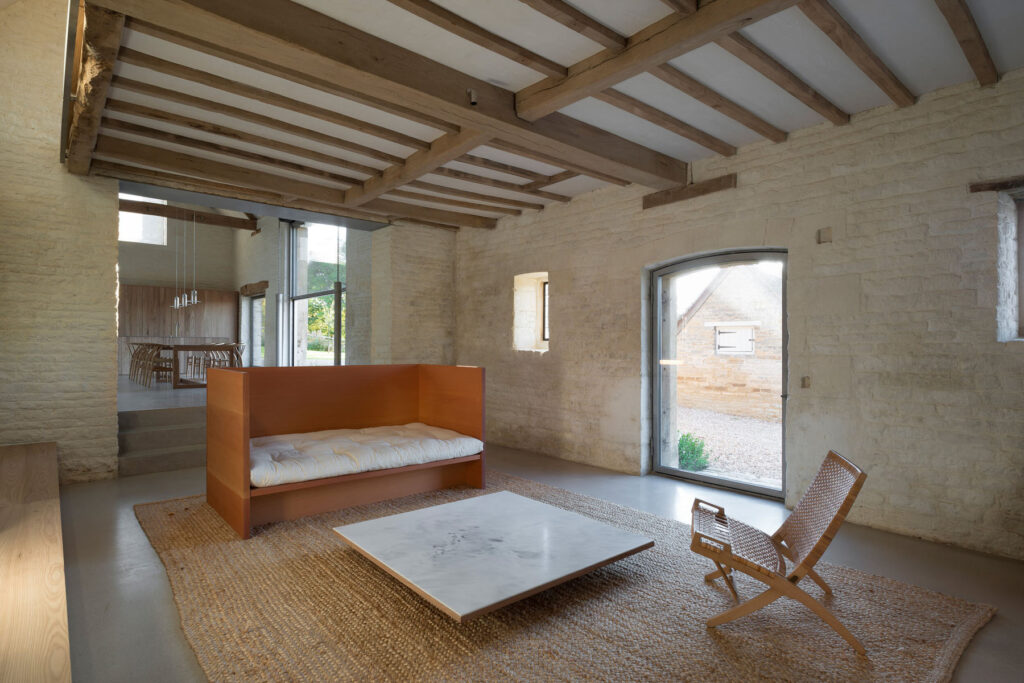
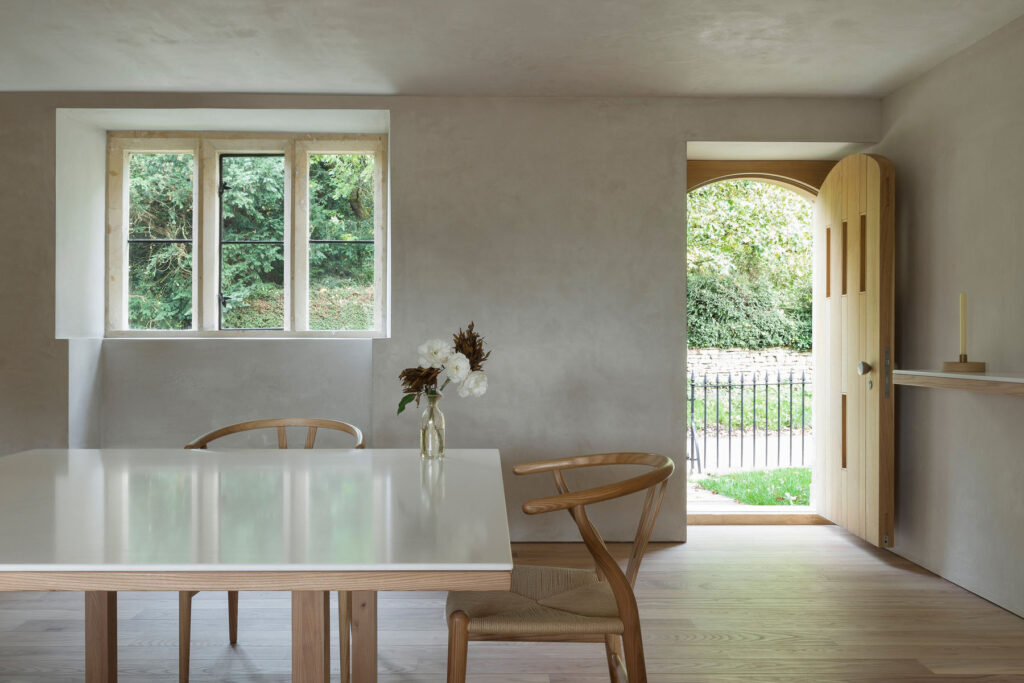
The Valextra store was not your first retail project. You had been commissioned before to design stores for Calvin Klein in previous years. Could you tell us a bit about your decade-long relationship? How do you feel the world of fashion collide with the one of architecture and interior design? If you could pick one contemporary fashion designer that you would want to work with, who would that be?
The first store I designed for Calvin Klein actually opened more than two and a half decades ago. I think that the relationship between fashion and architecture is a naturally resonant one, even though the creative timeframes are so very different – the cycles of fashion are measured in weeks and months, where a single building can take many years from conception to realisation.
For me, it’s ultimately very simple: I’ve always tried to make stores where the clothes look good and people feel comfortable. Since Calvin, I have designed stores for Christopher Kane and Jil Sander’s creative directors, Luke and Lucy Meier, with whom the architectural collaboration is ongoing.
Obviously I imagine that it would be quite difficult to provide a short answer to how you find ways to approach fundamental issues revolving around space, proportion, light and material. But could you give us an insight into how you achieve such balance between those elements?
The balance between the defining elements of my work – light, space, proportion, surface and scale – is always the result of a long, slow process of paring away.
The St Moritz Church in Augsburg is a standout example of bringing out the inner beauty of a space, a sort of humble beauty. I have not visited it in person (not yet) but I can imagine from the photos that the visitor would feel sheltered and protected. Could you tell us about the process of refurbishing such place?
With the St Moritz church we inherited a building that was already the product of many earlier interventions, over the centuries. My intention was to simplify things a little – to achieve a clearer visual field, where the primary physical experience for people entering the building would be of light and space.
What places around the world have been particularly inspiring for you and your craft? You have cited Milan for example as one of the most influential cities in terms of craftsmanship, manufacturing and culture. What are some other places you have really enjoyed visiting and that have nurtured and influenced your work?
I am always energised by visits to quarries, to choose stone for a project. I’ve gone deep underground in marble quarries in Vermont and the north of Italy, where you find yourself entirely surrounded by a single material. For someone interested in the condition of seamlessness, it is utterly exhilarating.
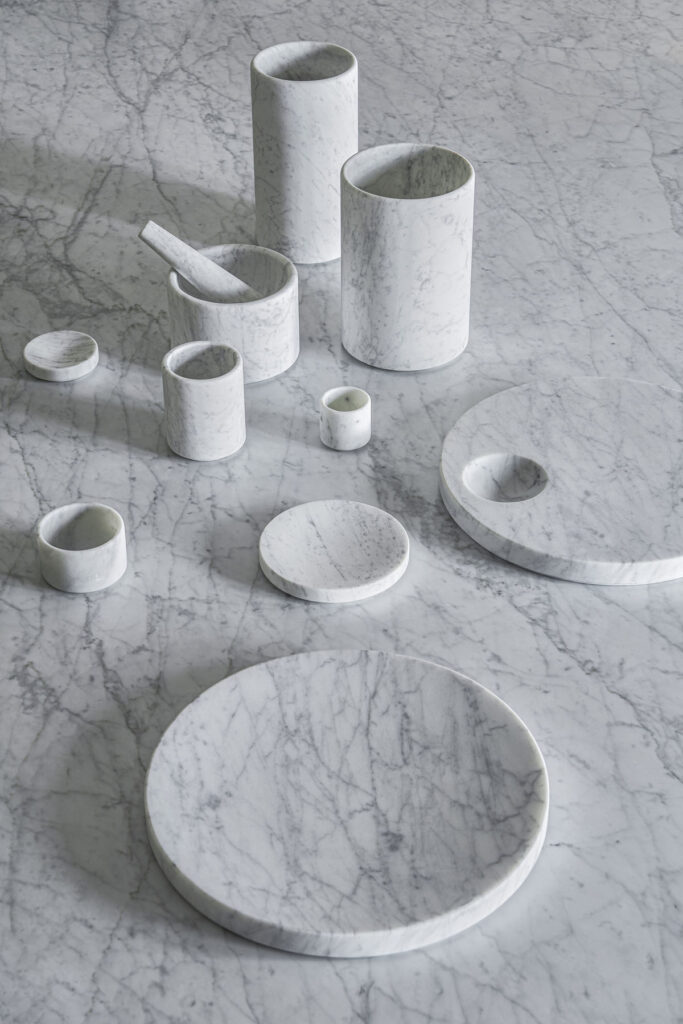
You’ve mentioned in interviews before that you use photography as a tool alongside your sketches which to me highlight how architecture can be a multidisciplinary field. You have also released a photography book titled Spectrum through Phaidon a couple of years ago. Could you tell us what other mediums you have used before to complement your work process?
Photography is a critical design tool for me. I use my camera in the same way that other designers use a pencil and sketchbook. I also find physical models very helpful as a medium for exploring ideas – both in the early stages of a project and later on in the architectural narrative, when it’s more about understanding the impact of the details.
You must get a lot of different reactions to your work. Do you rely on how the exterior world perceives your work and if so how do those perceptions inform your future projects?
My work is never going to appeal to everyone. I have been fortunate that there have always been people for whom my architecture makes sense and that some of these people are in a position to commission me to make more of it.
The theme of this issue is Growth and your countryside retreat, Home Farm in Oxfordshire is a project I felt resonated with it as you have successfully created a space that enables peace and tranquillity. How did the idea come about?
Do you spend a lot of time there?
It was really Catherine, my wife, who was originally keen to find a place in the countryside. Now, of course, I could not imagine life without Home Farm. The idea was to make a home with space for the wider family and friends to gather through the year, but also somewhere Catherine and I could live in a slightly different way than is possible in the city. In normal circumstances we move back and forth between London and Oxfordshire, but over the past twelve months I’ve relished the chance to immerse myself in the place – in the architecture and in the surrounding landscape.
We have a number of architectural projects on the drawing board and on site, but one of my ambitions this year – fuelled by this immersive period at Home Farm – is also to develop the inventory of domestic objects.
Any book recommendations?
A book I never tire of is ‘Architecture of Truth’, Lucien Hervé’s black and white photographic essay of Le Thoronet, a twelfth century Cistercian abbey in the south of France. Hervé captures the different spaces and surfaces of the architecture across the passage of a day, inspiring Le Corbusier to write at the beginning of his preface to the book, ‘Light and shade are the loudspeakers of this architecture of truth, tranquility and strength’.
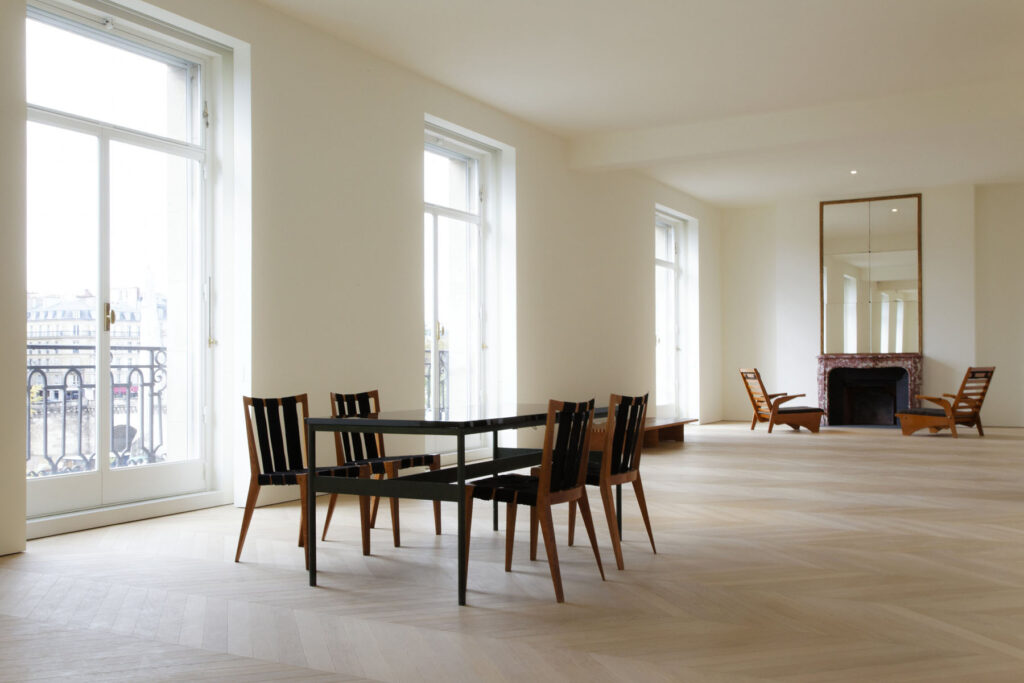
What will you be working on this year?
We have a number of architectural projects on the drawing board and on site, but one of my ambitions this year – fuelled by this immersive period at Home Farm – is also to develop the inventory of domestic objects.
Any book recommendations?
A book I never tire of is ‘Architecture of Truth’, Lucien Hervé’s black and white photographic essay of Le Thoronet, a twelfth century Cistercian abbey in the south of France. Hervé captures the different spaces and surfaces of the architecture across the passage of a day, inspiring Le Corbusier to write at the beginning of his preface to the book, ‘Light and shade are the loudspeakers of this architecture of truth, tranquility and strength’.
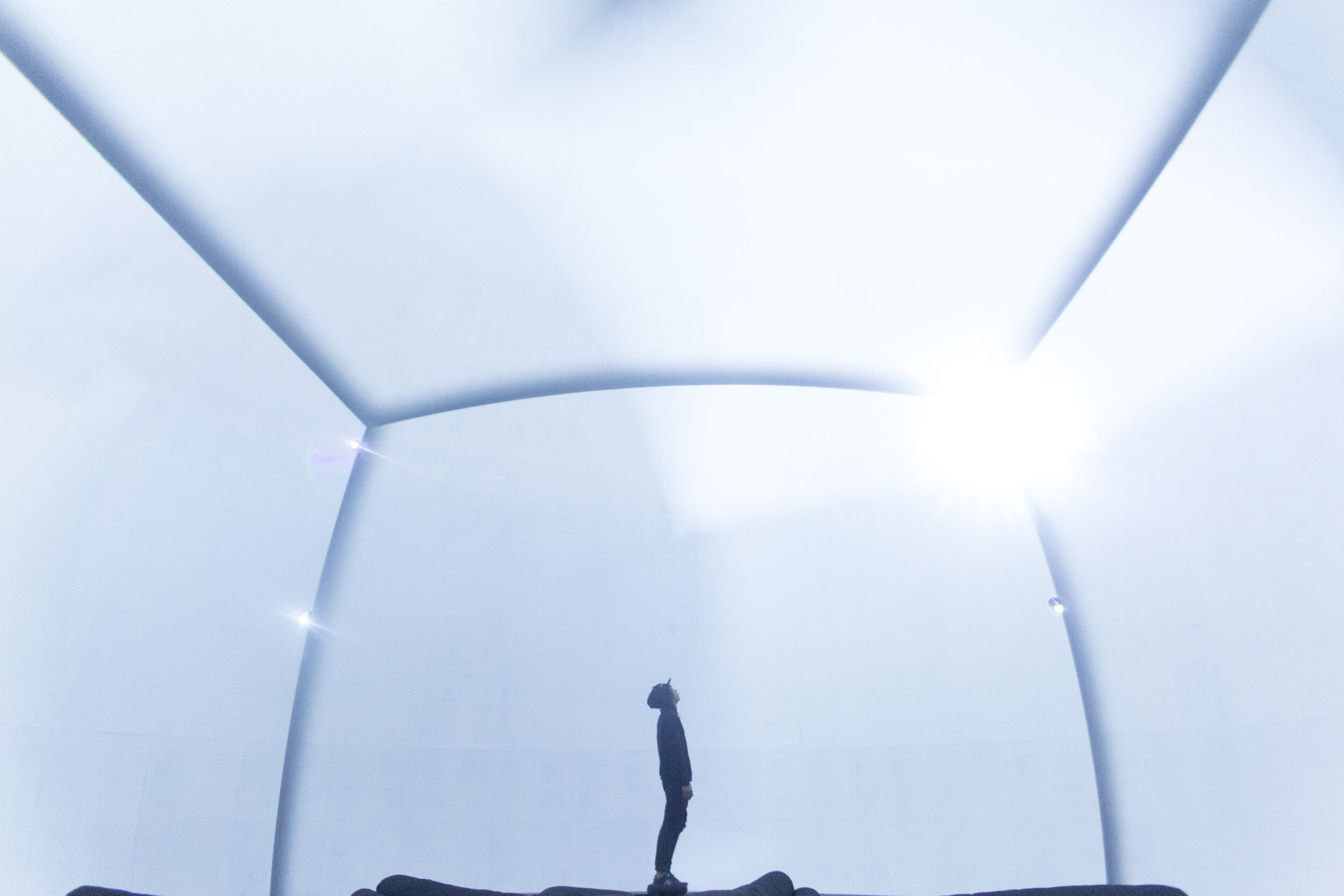
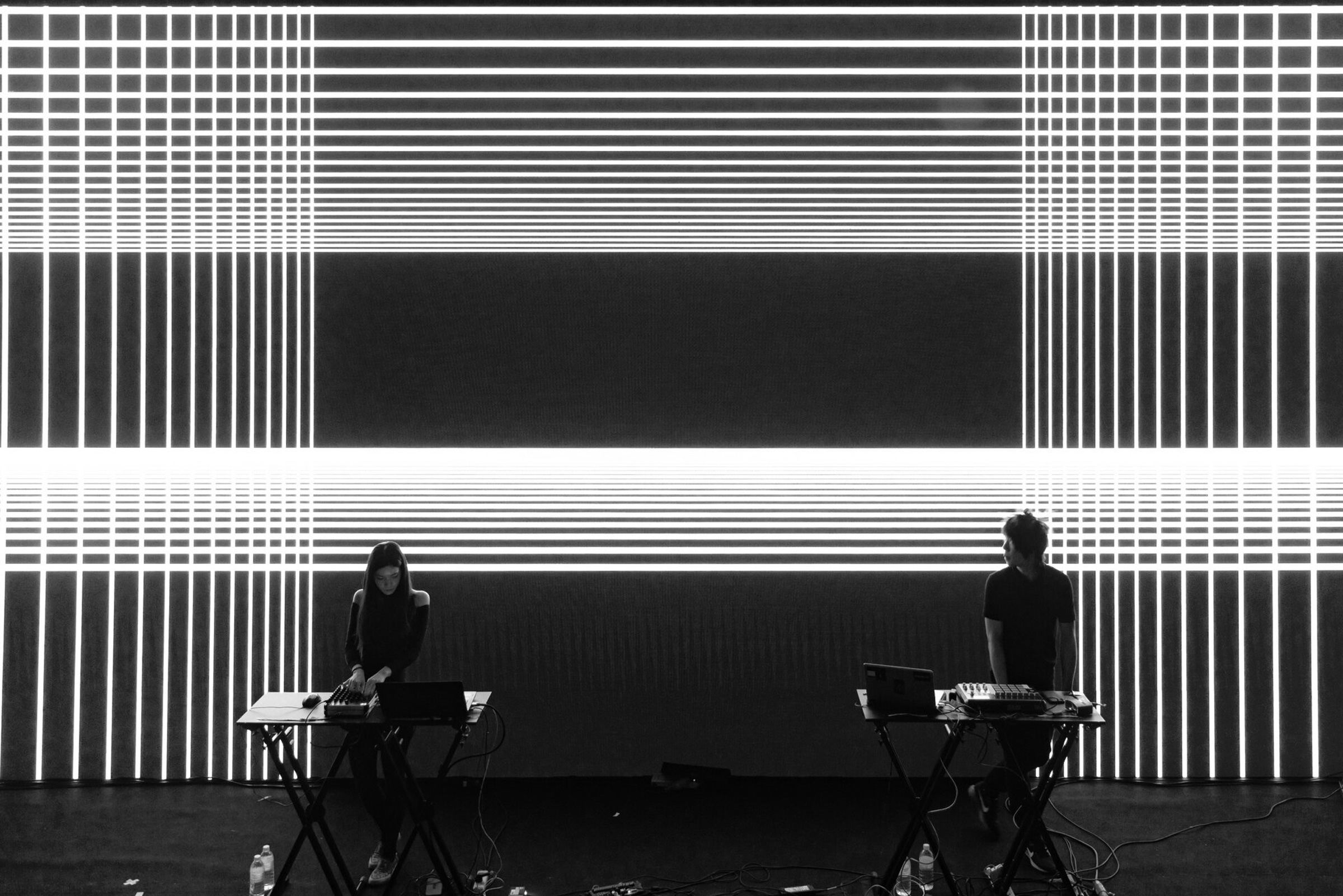
NONOTAK was born from the collaboration between architect musican Takami Nakamoto and visual artist Noemi Schipfer back in late 2011. The duo embodies that merge of architecture, spatial design, music and sound. From creating dreamlike environments to performances using light and sound installations, NONOTAK present their own format of art to the world. Combining Noemi Schipfer’s experience in kinetic visual and Takami Nakamato’s approach of space and sound, the studio creates ethereal environments immersing the viewer.
NR discusses with the duo about the creative process behind some of their works, how the Covid crisis impacted the arts and music industry but how also it gave the two artists time to reflect on themselves and on the meaning of creating art and ultimately the studio’s plans for 2023.
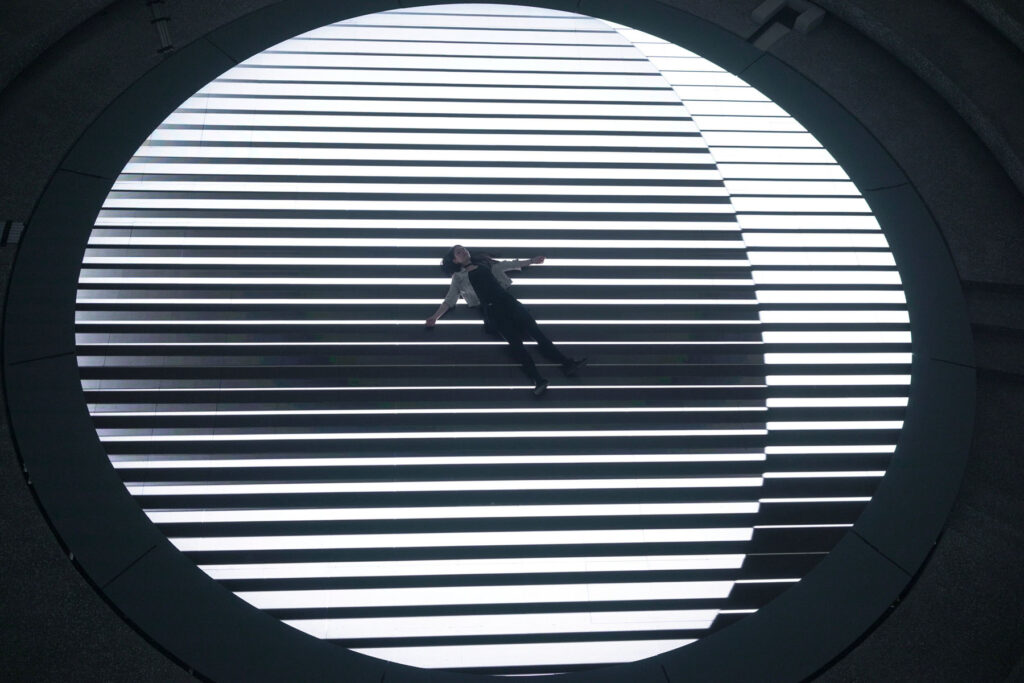
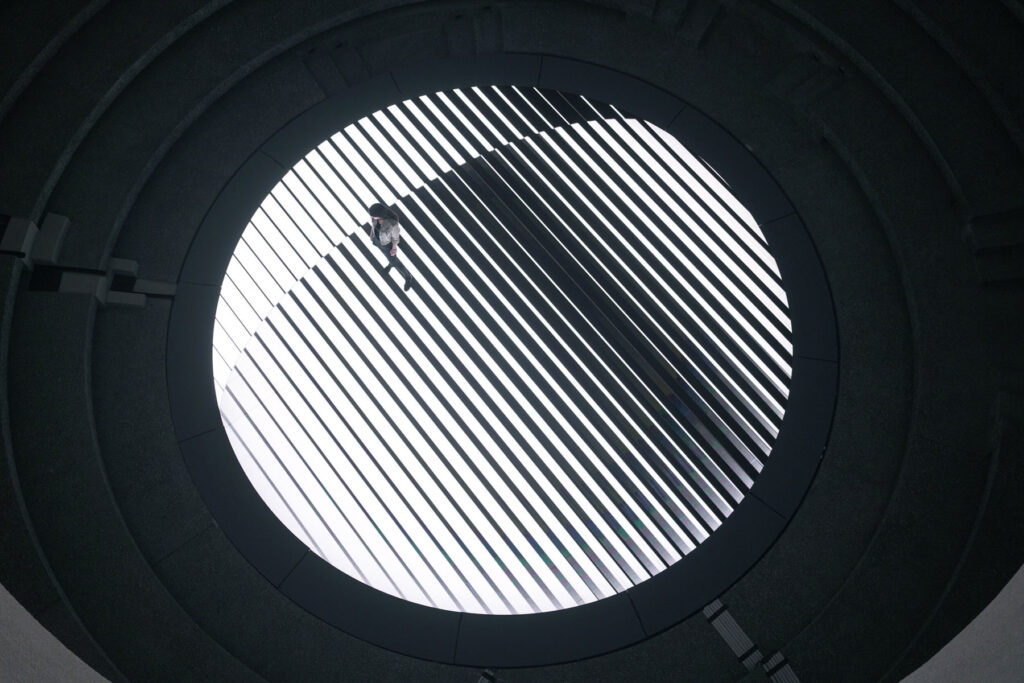
Noemi and Takami, you both come from different creative paths, respectively illustration, visual arts, architecture and music. It is always very interesting and inspiring to see how two worlds merge. How did you meet and what inspired you to start Nonotak Studio in 2011?
Noemi Schipfer: We first met in highschool in Paris at the Japanese class ( Tak have both parents Japanese and I’m half Japanese half French so it was a way to have good marks at school. Then we lost sight for few years and we met back in Tokyo during summer holiday. Tak was studying Architecture at that time and I was already graduate from Art school. We spent time walking in Tokyo and it was really inspiring to listen to his approach on Architecture and Space.
Tak was also playing in a metal band and I had the chance to follow them on few shows to take tour footages. In the late 2011 Takami was working in an Architecture studio called Bigoni-Mortemard in Paris and they were looking for an illustrator to do a mural painting in the entrance hall of a new building in Paris. To work on this project was intense & fun and it give us the will to do more together and to create our own space. We wanted to merge our backgrounds all together : visuals, space and sound. The installations format came pretty naturally and the first idea was to develop an immaterial space were everything would be intangible and in motion.
Takami Nakamoto: As Noemi said, we have known each other for a long time and the purpose of collaborating together was mainly because we had the same vision on what format of art we wanted people to experience, and how we were going to merge our backgrounds in order to create a particular environment where light, space and sound collide all together.
ISOTOPES V2 is a light installation experience that was inspired from Fukushima’s nuclear disaster. Could you tell us more about the creative process behind creating a dematerialised space? I love the concept of making something tangible out of a feeling or something that disappeared and that no longer exists, making it almost part of something fictitious. It is also a way to sort of immortalise the individuals that had and have been affected by Fukushima and it adds a commemorative and contemplative feel to it. Is that something you consciously wanted to convey?
NS: Fukushima’s nuclear disaster is something that personally really touched me. I was in Paris at this moment but I remember I was shocked and afraid about the news. Japan is my second country, it is a place that I used to go since I’m born and I have so many memories there and part of my family. When the nuclear central exploded I thought I would never be able to go back there again so it was heart breaking. At this moment I felt really strange how one part of your life could feel like it was almost just a fiction. Everything could change or even worth, just disappear.
Time is a notion that fascinated me a lot even when I was a student in art school. Memories are a notion that is so immaterial but so strong at the same time. When we develop our first installation ISOTOPES V2 we wanted to represented this different notion of immateriality by creating a space that is constantly changing and where the audience would be able to travel through.
TN: I think this project is special to us as long as it was our first piece being exhibited in an international exhibition like the Mapping Festival in Geneva. First time we were able to share the experience of our work to unknown public and it felt like a new chapter in our career. It also made us look at our work in its actual scale, as long as we have been working on small scale models to work on the composition. This really brought another dimension to the purpose of our hard work.
LEAP V.3 at Wave Of Tomorrow Festival 2019 in Jakarta, I loved this piece which I thought was such another great work of yours in terms of translating feelings or emotions into sounds and lights. Could you tell us a bit more about this piece?
NS: The first time we developed our installation LEAP was in a festival called Electric Castle in Cluj Romania and the exhibition space was really specific and historic. It was in an old stable of a castle, so the space itself was really atypical and the celling had beautiful bricks arcade. It was important for us to keep this strong architecture so we decide to invest the ground as the canvas. We wanted to deploy the installation in the maximum surface of the space and the light to cover every corner of it. That’s how we design those custom panels where 4 indirect lights are hidden behind and pointing 4 different directions. Light is a very flexible medium that has a huge impact on it’s environment. By controlling lights it’s not only the source itself that is moving but the entire space gets affected and painted by the shadows it creates.
LEAP V3 in Jakarta is the biggest version we did of this installation. We wanted to keep the massive volume of the space and highlight the length of it with the speed of lights and sound.
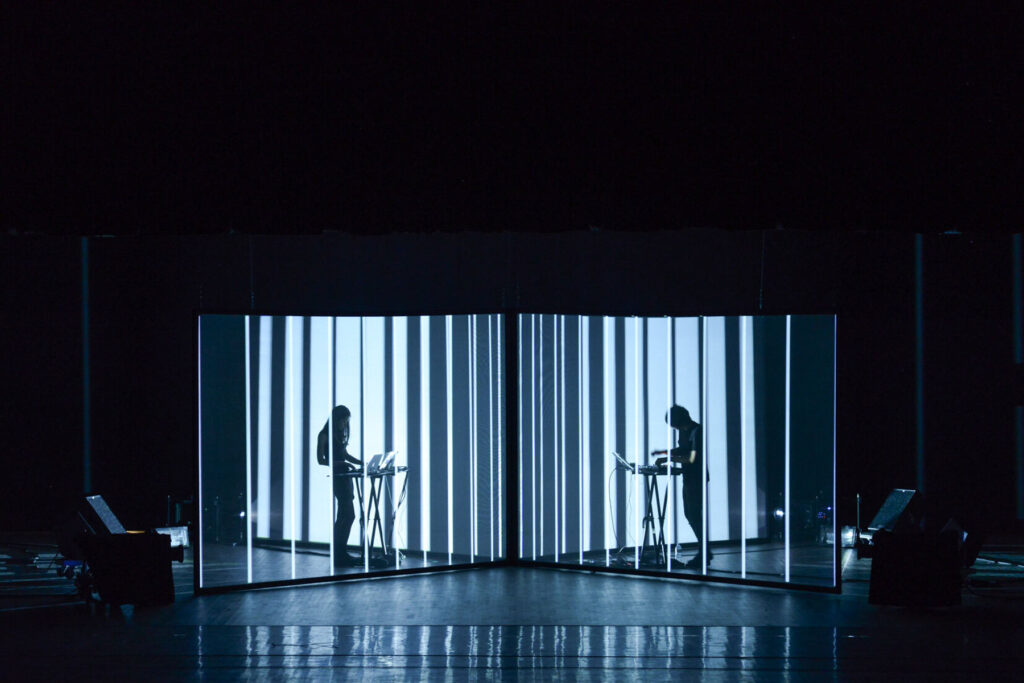
TN: In fact it was important to actually stay and program the installation on site, considering this unique context in Jakarta we were immersed in. We like the fact each site specific installation is about experiencing it through the build of it, the space itself, the people who are helping us with construction with the same goal of looking at something special at the end.
Last spring you revealed a large-scale installation in Porto Alegre, Brazil, titled GIANTS. The audio visual light and sound installation was set inside the Farol Santander building which was reminiscent of Nonotak’s first commissioned project in the lobby of a public housing building in Paris. Exploration of sound and space is at the core of GIANTS. Was also being in Brazil informative as to how you wanted to conduct this piece? It feels like a lot of your pieces are connected to the spaces they inhabit and are quite site specific like LEAP V.3. The interactions from the visitors in some of your pieces such as PARALLELS with the lights and by walking through the space, adds a very important element to that connection.
NS: When we get commissioned for an art installation, the starting point that drive us is the space that will host the piece. When we got the floor-plans and pictures of Farol Santander building we were struck by the verticality of the space and the massive columns. We wanted to accentuate this characteristic by adding more columns with light. The space offer a 360° view so it was important for us to include this specific in our piece as well. The columns included lights in the 4 directions, like LEAP installation concept. This space was also really interesting because there was two floor levels. You were able to see it from the ground levels, but also from above at the second floor. The rhythm of GIANTS is really contrasted. You have the first part were the ambiance is really dreamy, light dots are floating like fireflies are dancing together and then suddenly the sound get more violent and solid lines appear and move in the entire building like an army.
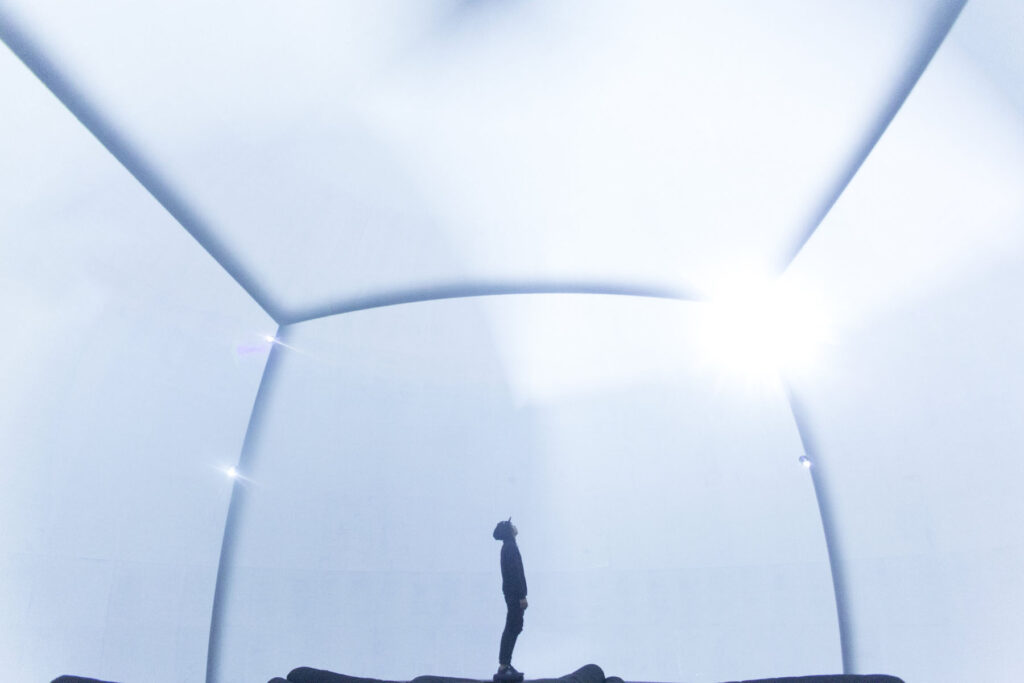
TN: I think the way we named the installation also speaks by itself in a way. When we saw the spatial context of the exhibition space, we immediately thought about experimenting with verticality and create an experience where people would feel like these massive totems of lights are taking over the space like Giants. The scale of these totem gave us the possibility of affecting the space with light so much that we could both create a feeling where we felt both “compressed” by it. The fact they are deployed along the whole space made these totems feel like they were ruling it.
Your work revolves around making visible, moving objects, forms, large-scale AV installations and spatialized sound. For instance with Parallels at STRP Biennale, you have used the whole space as a canvas for light which must also be quite difficult technically. That must result in a lot of experimentations and research behind each piece. Could you both tell us a bit more about that process?
NS: At the beginning of NONOTAK we were a lot exploring light through projections and semi-transparent screens.
The semi transparent screens allow us to catch the visuals but also letting passing through the light and create duplication of the same visuals into several layers. It was our way to materialise the light at this moment. We develop few installations and a performance using this concept and explore different set up to see how we can create illusions playing with the positions of the projectors etc.
When we get commissioned for STRP Biennale, the theme of the exhibition was “Outside the screen”. We were working on the concept of the piece we wanted to present and at some point of the night we just realise why not just take literally the theme of the exhibition and get outside of our screens. That’s how we develop a concept that would materialise the light through space itself by using haze and would only have the space as a limit of the installations.
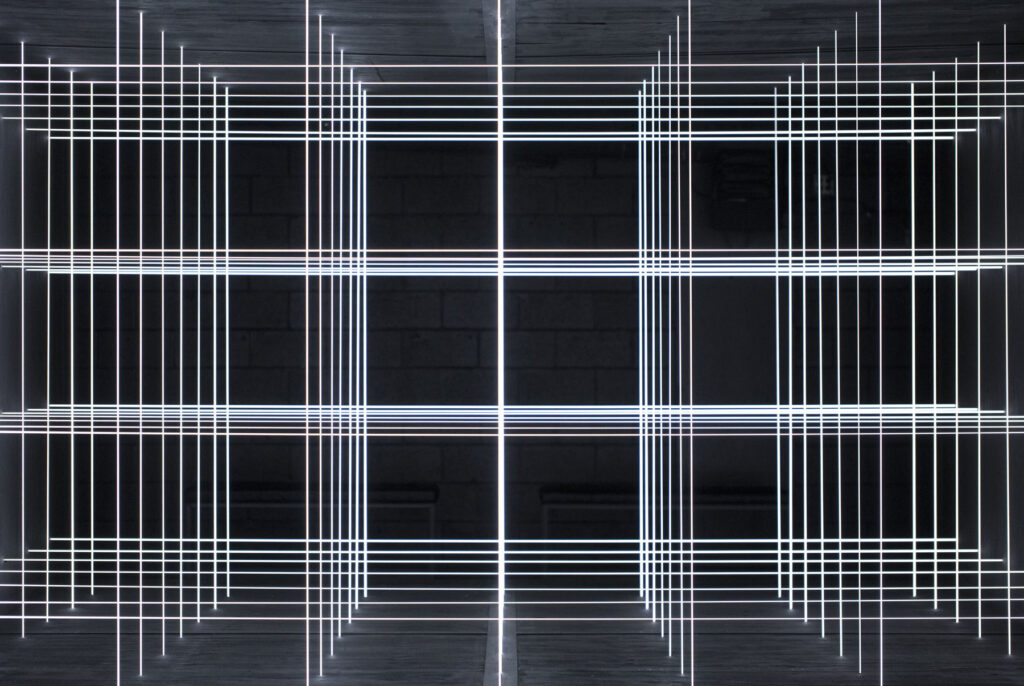
The first time we were able to experiment on this new concept was during the few days we had to set it up before the opening of the exhbition. We had preparations and expectations in our mind before coming but the first day we were there we just realise the effect wasn’t working as planned. We had to change everything, move completely the position of the projectors inside the room and start from zero all the composition of the visuals at the last minute. It learns me how important it is to be in front of the piece when you program it and how dangerous it could be to work on something by simulation when it comes to something as sensitive than light.
TN: This is actually one of these projects that really drew a line on the approach and the personal relationship we have with the work we create.
We realized that imagining projects in small scale or simulating them was helpful to visualize projects but nothing felt more real than getting to our exhibition space, spend time with our new piece and work on the composition in relation to the space. Living within the project and make it an intense experience. That’s how we like to experience our installations, and we should never forget that the reason we started all of this was because of our love for materiality in light, and we do think this can’t be replicated virtually and we treat it as a material in itself.
Your 40 minute audio visual piece SHIRO was ranked by the New York Times as one of the top 15 performances at Sónar Electronic Music Festival in Barcelona in 2017. I could not find the whole performance online but watched various extracts from it. In contrast to your other works, you both are taking part on stage so to speak in the performance. How did that feel? Would you want to do more of those kind of perforrnances in which the public get to actually see you?
You have performed this piece in different places over the years, was there any in particular that you keep a fond memory of and if so, why?
NS: When we were working on our installation we also realise it was cool to see people silhouette passing through it. The relationship with the human body scale and the installation was interesting. Tak as a musician was interested to extand his background in electronic music. That’s how in summer 2013 we worked on our first performance called LATE SPECULATION. The concept was us performing inside a translucent structure with 2 projectors and use our silhouettes as part as the visual effect. One projector was placed from the front and the other one in rear. By alternate which projector was on, we were making a visual illusion of us appearing or disappearing. SHIRO is our second performance in continuity with LATE SPECULATION.
Installations and performances are really different experiences. The first big difference is the fact that we are sharing the same moment with the audience and have a direct reaction from them. The dynamic is really different. It’s really powerful to hear the audience during the show.
TN: In addition to Noemi’s answer, I think we simply like the fact to not really limit ourselves to installation artists but also performances where music takes another dimension and also the way we directly interact with the audience and experience something in real time with them.
Stage is a special and unique place to express yourself and we enjoy switching from installation projects to live performance projects.
The 2019 pandemic in which we are still in, has obviously impacted quite harshly the arts and performances industry. The past year has definitely been difficult and for some more than others but I feel like we have all in some sort and in different capacities being able to plant the seeds for the present year. It feels as though there has been a lot of self-reflection and introspective work done at an individual level which will then enable growth, which is the theme of this issue. How do you both feel with this? How does Growth resonate with you?
NS: During 7 years we had the chance to be able to live for our art and been able to showcase it in so many extraordinary places. I would be for ever grateful for this. The rhythm of our travels, exhibitions, live shows was intense and we never really had breaks at all. When we had our first show cancelled and the first lockdown was announced I was a little bit puzzled but at the same time for the first time since years, I would have a break and time to step back about NONOTAK.
Now that it’s been a year we are in this situation and seeing how it evolves I’m more than sad and anxious about the future. With NONOTAK what drive us was the experience, the moment, to feel physically connected with a space, exchange emotions with an audience, share a stage with people. And when I see the art scene going more and more only online it deeply depress me.
TN: That “covid” crisis really affected the touring dynamic of our collaboration and it is pretty sad, but we know it is also reflecting in many other people’s lives. That crisis gave us the time to reflect on ourselves, the meaning of creating art especially in this type of context. But it also gave us the time to reflect on society and the power the government has over people’s lives and their freedom but more importantly, the way they are able to fragilise culture and normalize it out in the open.
Questioning the narrative became politically incorrect, aspiring for freedom makes you feel guilty and this is the society we allowed ourselves to live in. What kind of future does Art expression have in this “new normal” we are submitting to? I don’t really know about that. But it seems to me that being a sovereign individual is the starting point of any form of expression and we feel like we are totally losing the value of what it means to be free. It is pretty scary to me and I guess it is for many other people.
I think growth is still possible in this context. being adaptive is key to finding a path you feel comfortable with in terms of creating and growing. Since “covid” started we got ourselves in projects that required lot of learning and we at least feel like we took advantage of this a little bit. We don’t know when we would have stopped touring without any interruption if this did not happen as well.
We are doing this interview during the first few months of 2021 and the issue will be released this spring. Are there any projects you are looking forward to be taking on and that you could share with us?
NS: We are working on permanent installations that will take place in 2023. It’s a different challenge than working for events or temporary exhibitions but really exciting about the idea that the piece will last for ever.
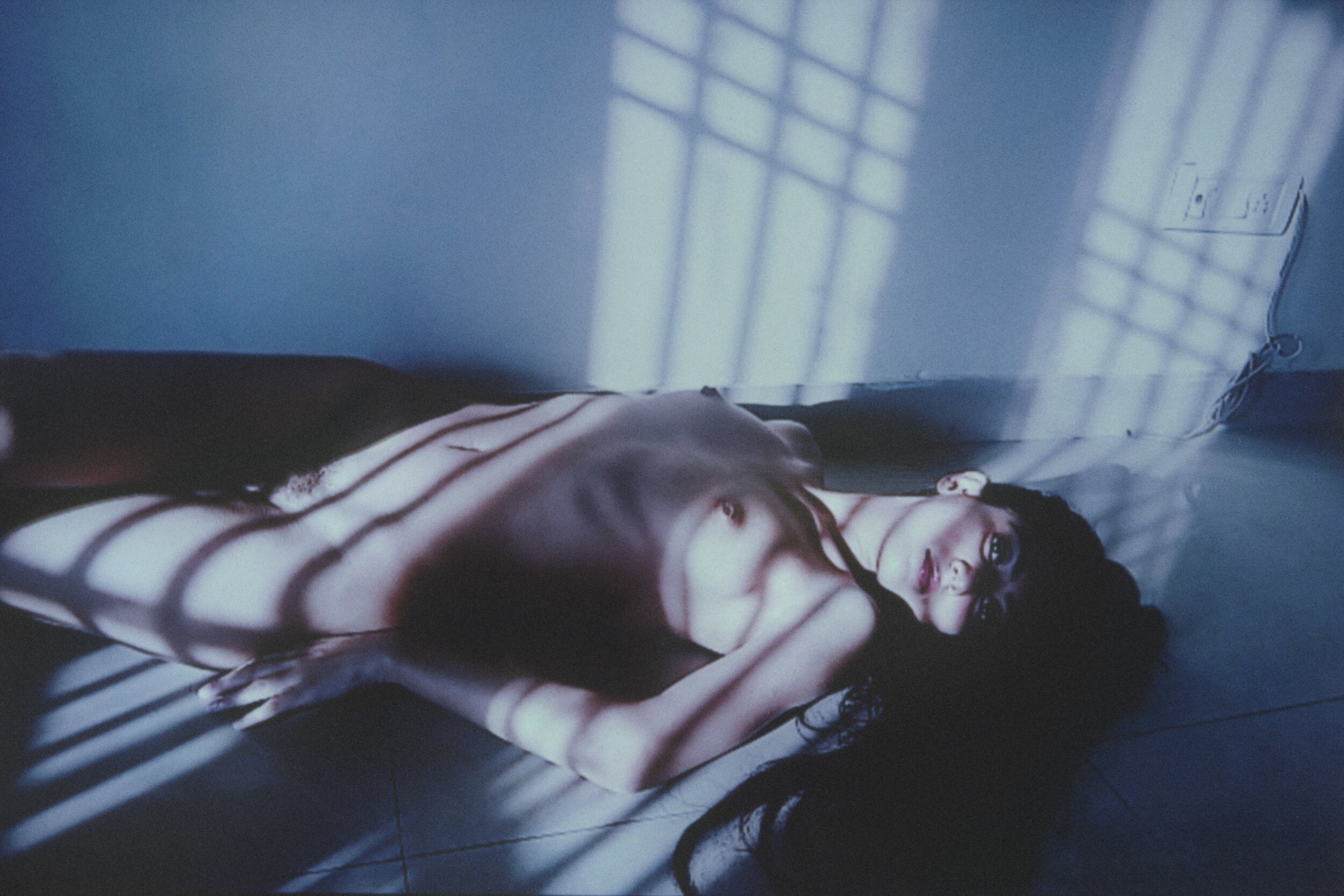
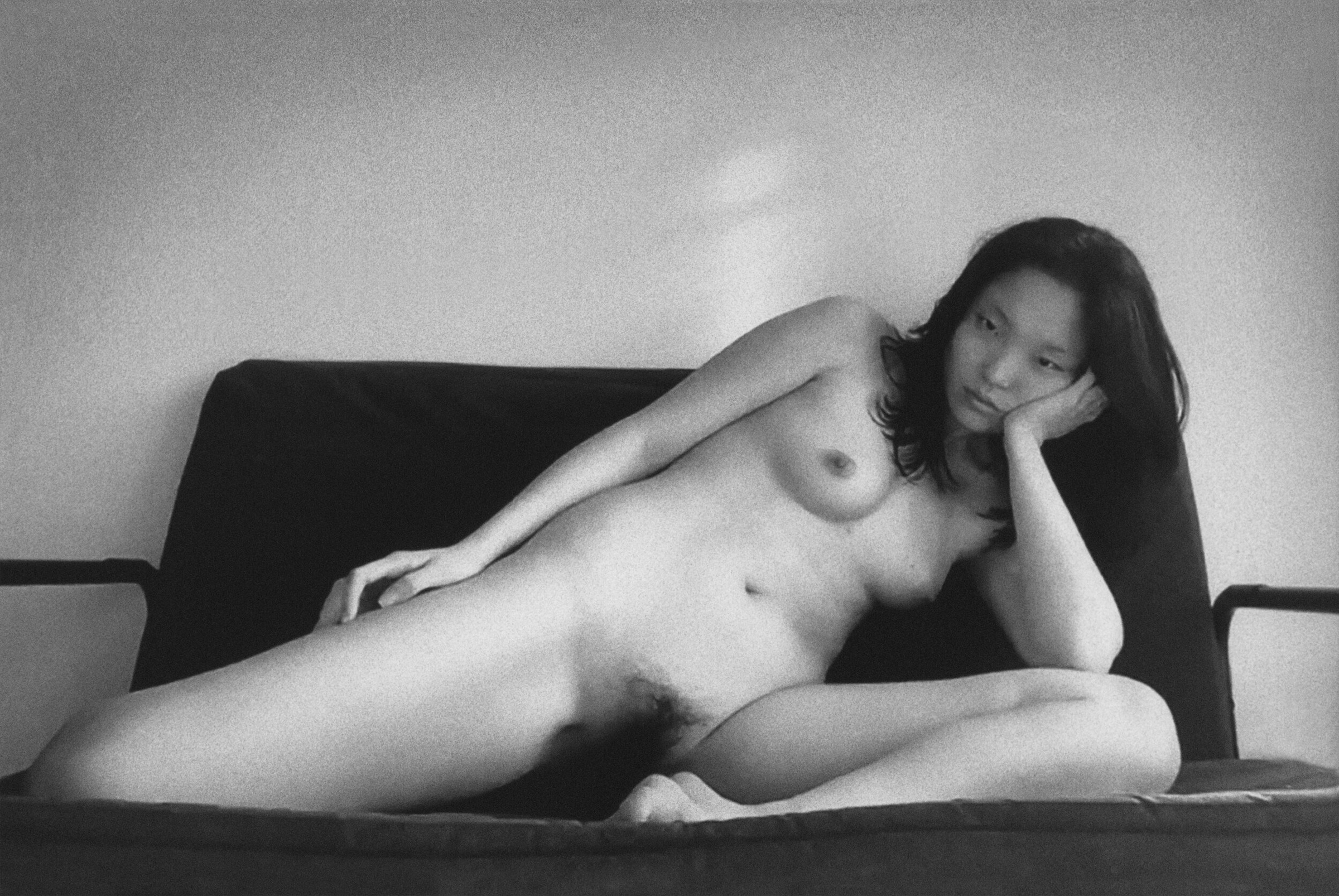
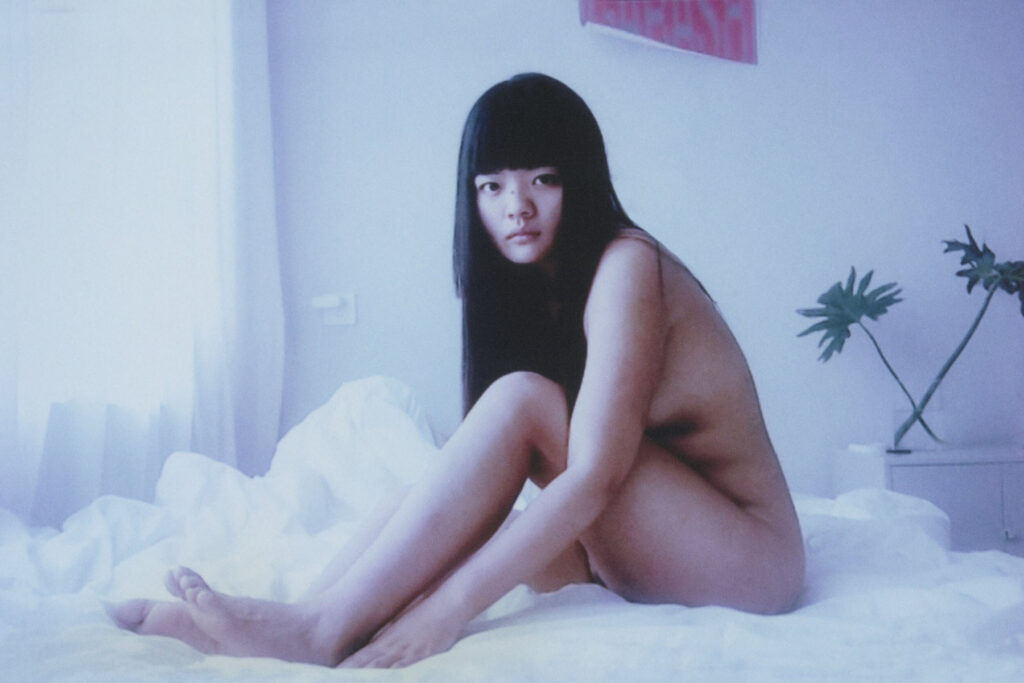
My body. My limbs. My hair. My nose. My skin. My heart. My lungs. My breath.
Much of what we are taught about ourselves as women is that our bodies are not ours. As if we are someone else’s to keep, to define, to use, take pleasure in, and to hurt.
Loving our bodies is not as simple as it sounds when we are still finding a home within us. When we’re alone in nothing but our skin.
While nudes have traditionally been used to display our bodies for the pleasure of the male viewer, these portraits of us are distinct in that they evoke the safety we feel when no one is looking. We do not produce images for the gaze of patriarchy or to compete with other women. We don’t seek to empower people — we know empowerment happens when we take control for ourselves.
Across many regions and cultures, though it doesn’t represent every kind of body and beauty out there, this project is us sending nudes to ourselves — not to be consumed but to be revered. Each woman has a unique, evolving relationship with her body. What we have in common is being alongside one another on the path to loving our bodies how we choose, despite the battles we may face.
So we dream along our journeys. We touch each hair, each fold, each wrinkle, and each scar, remembering that we belong to ourselves.
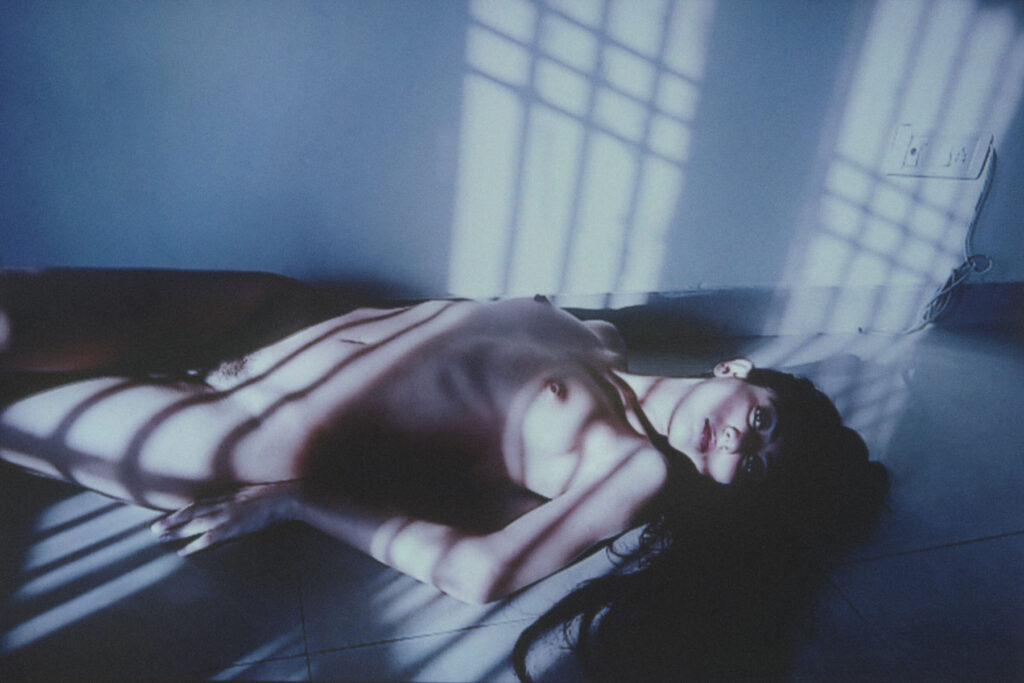

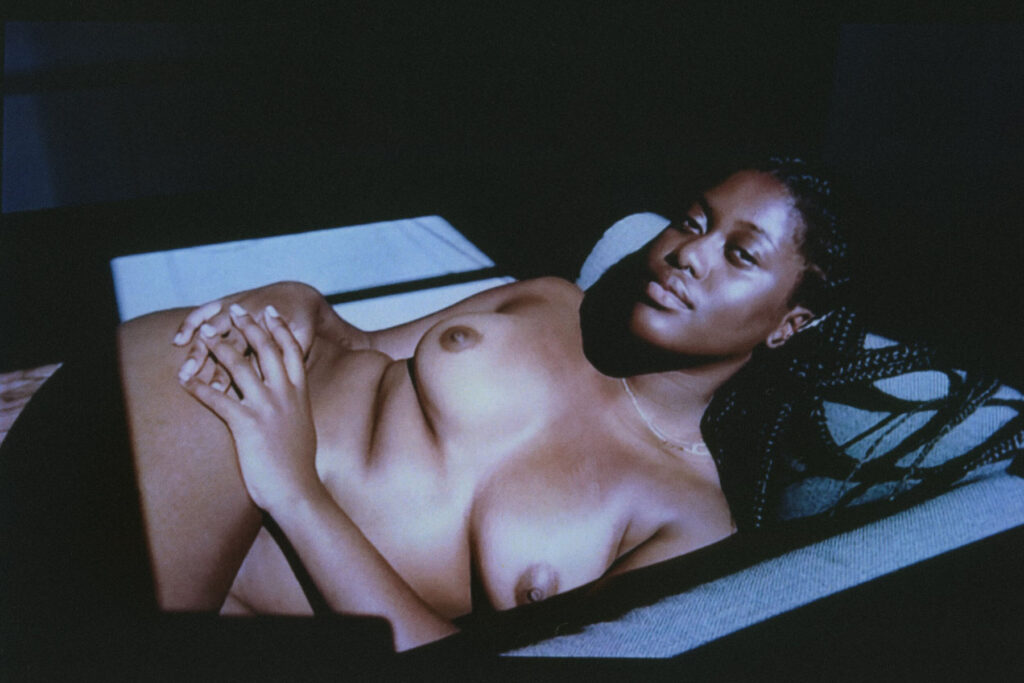
Credits
Words · Alexandra Leese and Xoài Pham
Me + Mine is available for purchase via antennebooks.com
Proceeds of Me + Mine will be donated to the organisations Black Trans Femmes in the Arts, Trans Law Centre and Rape and Sexual Abuse Support Centre.
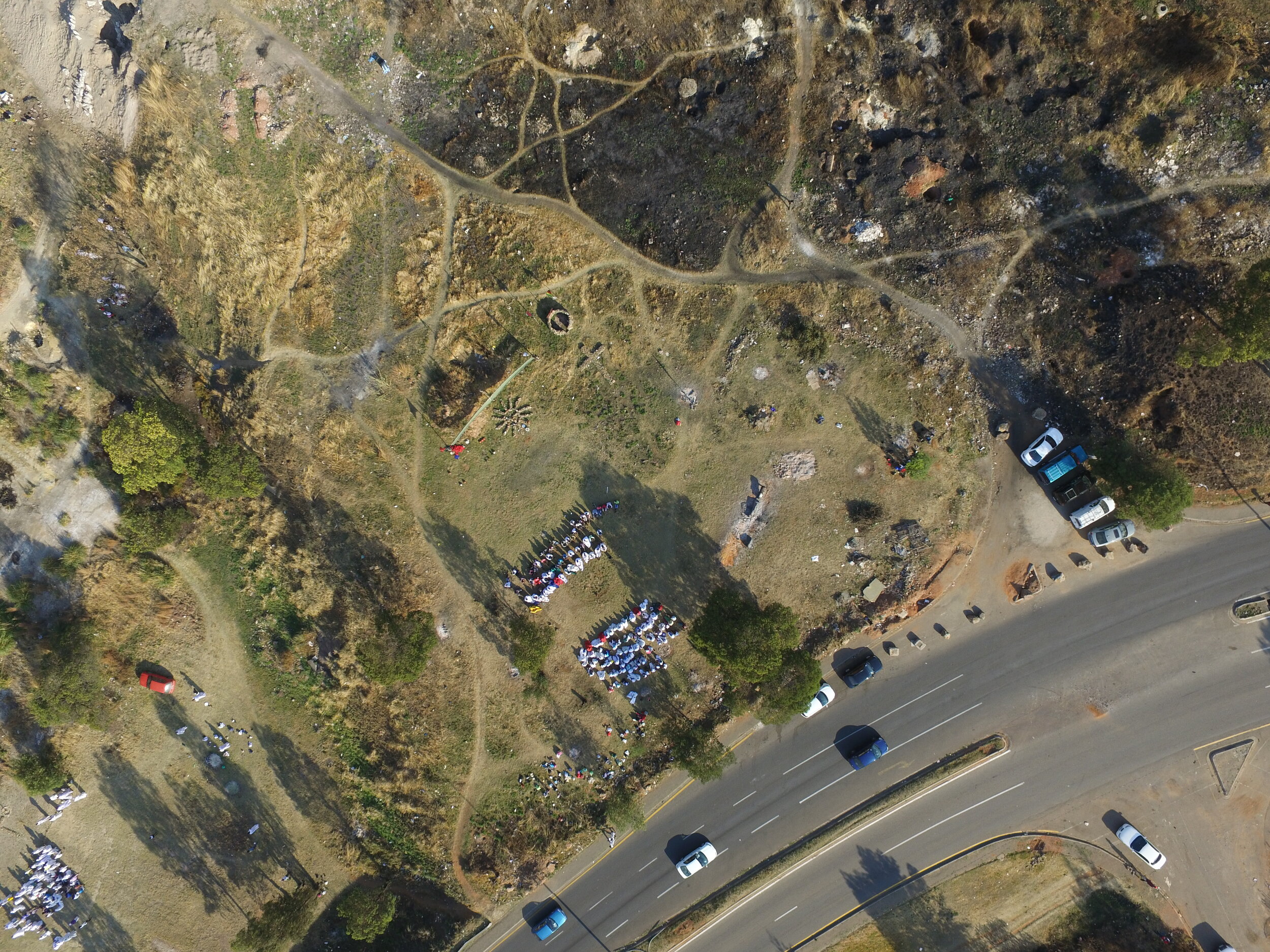

When Sumayya Vally founded the Johannesburg-based architectural studio Counterspace in 2015, it was against the backdrop of a deeply entrenched narrative of western hegemony. As an architectural student in South Africa, at the University of Pretoria and then the University of the Witwatersrand, Sumayya found the curriculum pivoted around a western worldview. And as the name implies, Counterspace seeks to redefine such a narrative, to amplify the lived experiences of those who have, historically, been overlooked. Earlier this year, Sumayya’s efforts to incorporate marginalised and underrepresented architectural ideas into an existing lexicon were internationally recognised when she was included as one of the TIME100’s most influential people.
Sumayya’s architectural perspective is one shaped by her experience growing up in a place less openly inclusive, though equally diverse. Now 30, Sumayya’s early life was spent in the final years of Apartheid-era Pretoria. And as child, she experienced first-hand the impact that architecture and design can have on people’s lives. As South Africa nears 30 years since Apartheid’s end, it’s a country that remains deeply segregated by race, class and wealth. Architecture and city planning is not an innocent bystander here and have been used throughout history as tools for control, subordination, and exclusion. Sumayya’s exposure to this complicated reality informs the interdisciplinary, and often imaginative, work that Counterspace does.
In 2019, the studio unveiled Folded Skies – a series of three sculptural structures made from interlocking tinted mirrors. The iridescent glow captured in the surfaces of the structures appears to represent the history of a city built on the vast gold deposits discovered in Johannesburg in the 1880s. While the legacy of this glittering past is reflected in the city’s colonial architecture, Folded Skies recalls instead the ecological aftermath of the gold rush. The city remains blighted by toxic pollution emanating from the equally vast number of waste dumps left behind from abandoned gold mines. The presence of these dumps is a reminder both of the aphorism that ‘everything that glitters is not gold’ and of the country’s history of segregation and suffering.
Johannesburg was a city divided right from the start, with mine-owners, wealthy from the gold rush, living separated, then segregated, lives from a black population who were eventually forced into townships in the city’s suburbs. The hangover of that gold discovery continues to wreak havoc. The large domineering heaps act as a physical barrier between rich and poor, black and white neighbourhoods; a reminder that segregation still exists. Toxic fumes from the dumps, which are themselves now being mined for the fragments of gold they may contain, are carried south by the wind, poisoning the black communities who live in their path – environmental racism in practise. Though human-made, the waste heaps demonstrate how materials can be used to control, to divide, to enslave people; as tools to construct a built environment, or as resources to build global trade.
By engaging with Johannesburg’s complicated history, Sumayya and Counterspace’s practice is as much social history as it is about designing for a better future. Uhmlaba, a film made in collaboration with the Guggenheim Museum, will explore South Africa’s history of segregation using soil (as land) as both its catalyst and focus. The studio often uses film and photography (archival and contemporary) to animate their ideas; visual evidence to demonstrate the fluidity of life and people in an urban environment. And if Johannesburg exemplifies how the architecture is used to control and segregate, the architect’s plan cannot always anticipate the unpredictability of the lived city experience. Counterspace celebrates, and designs, with small acts of subversion in mind. And so, as Sumayya explains in our conversation below, a new approach to architecture and the way we look and engage with urban spaces begins with interweaving unheard and overlooked histories into the fabric of our built environments.
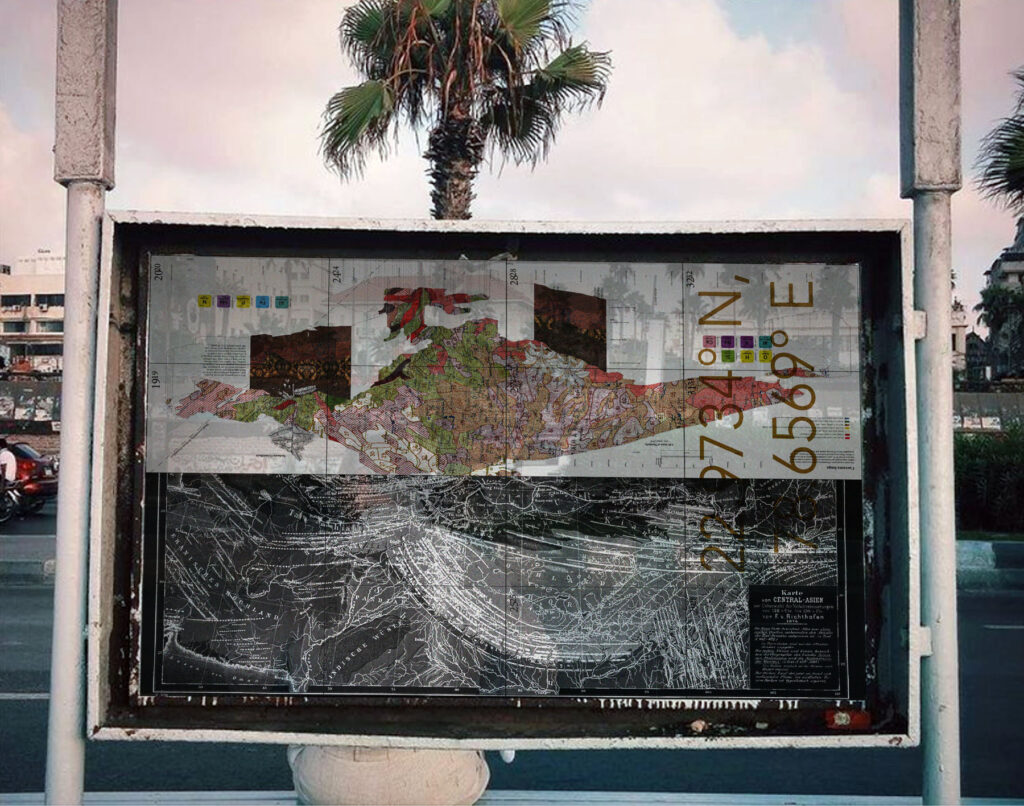
Would you be able to share some insight into the upcoming film Umhlaba?
Umhlaba translates to land in Zulu. The land in South Africa, like many places in the majority world has been implicated in our histories of movement, dispossession and displacement, empire and extraction. The film considers the depths, scales and layers of connection (and violences) in our relations to land – through the narration of recipes, stories and ingredients that become part of our cultures and constructions of belonging – to the violence of breathing toxic dust and the zoomed out segregation and separation of bodies from land in Apartheid city planning. The film is a collage of these various scales and entities, and weaves together connections and links between what was assumed unconnected and innocent.
How did you develop the approach that Counterspace takes through research, practice and pedagogy?
Johannesburg has served as a source of immense inspiration for the practice. Because so much of the city exists below the surface, so many ritual, economic and other practices have developed incredible resistances and are able to surface and exist, despite being excluded by our city’s histories and infrastructures. There is so much that lives beyond the limits of traditional planning, design and beyond the tools of the architectural plan, section and elevation. These ways of being invite us to imagine different ways to draw – to find tools to learn, absorb, understand, listen to and interpret our conditions. Many of them are aural, oral, atmospheric – which has given rise to drawing through film, performance, choreography, the digital, sonic and atmospheric field notes, temperature, colour, etc., to develop an expanded lexicon and ways of reading and seeing Johannesburg.
What informs your approach as an architect to incorporate performance, the medium of video/film, cultural histories into the practice?
Rituals, ways of being and the lives of people in my city – and this intent to draw, make visible, amplify and sharpen aspects of our histories and cultures that cannot be included in the traditional tools and ways of archiving that the discipline and the profession of architecture has inherited.
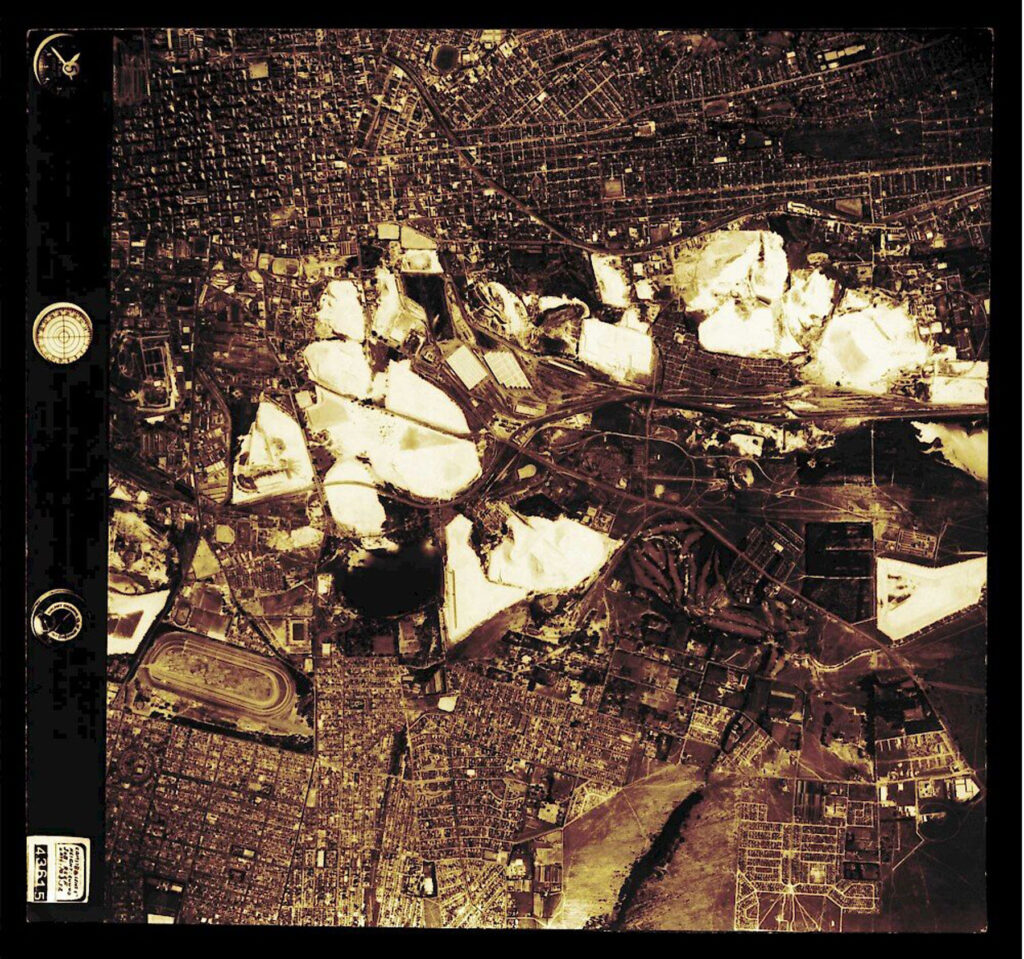
Counterspace’s work delves into materials like sand, soil, everyday detritus, so I’d love to know what you see as the cultural importance of “material”?
I very much see materials as shifting earth and land; constantly being negotiated, reconstituted and reconfigured. Whether implicit or explicit, all projects stake a political claim in their approach to materials. I am very interested in the use of detritus, in traces and reconfigured leftovers, in how these give us a reading of our relationships to the earth. Materials are not neutral – everything, from cane and cotton, to concrete and gold – is a reading of our ties to each other and our histories (and consequential futures). I am also interested in blurring the binaries that we have drawn between ourselves and the world we are in, and a part of. Johannesburg has also given me an implicit desire to be resourceful and to piece together a lot with very little.
How do you navigate the kinds of architectural malpractices/Western authority that shaped the studio’s raison d’être?
I see my practice as an effort to realise design languages from places of difference – different ways of being and seeing, different histories and stories – and in that sense it has always existed tangentially to the dominant canon. I think things are changing now, but for a long time this meant that the work was quite invisible to the dominant canon. I very much see myself as part of a generation and a movement working to translate and embody our own positions of difference and bring a critical mass of them into the world. Any identity that is different to the dominant discourse is a lens with which to see the world from a different perspective – which is so needed, now more than ever.
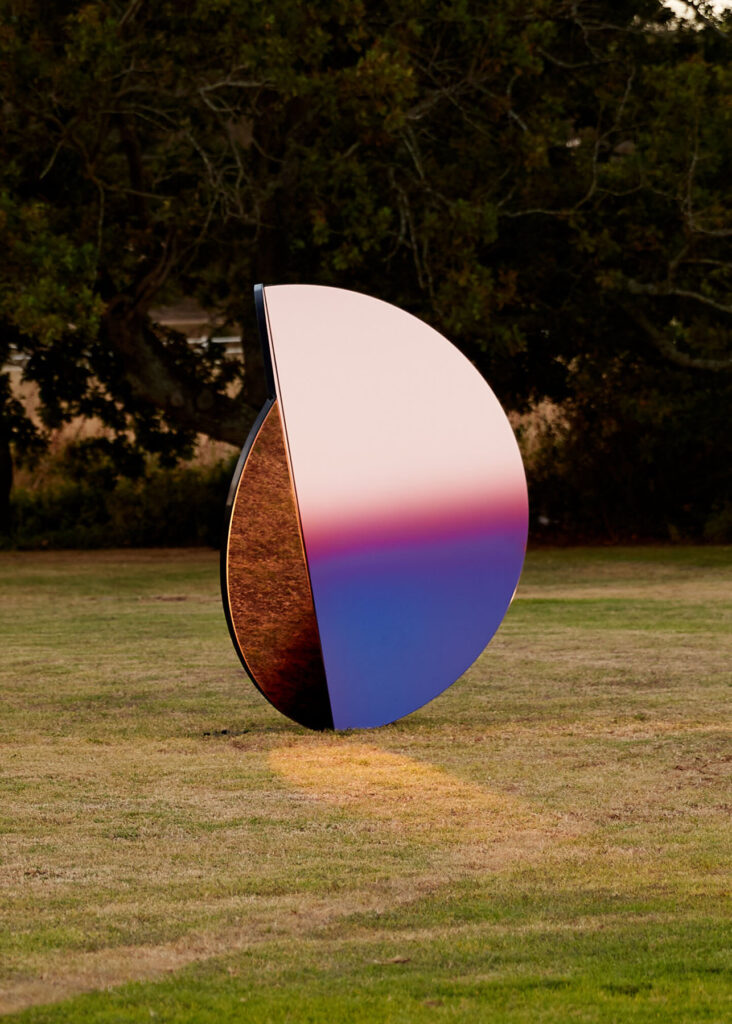
It’s interesting to think of spaces where people gather as places that weren’t always envisioned as serving those very purposes. How did growing up around Johannesburg shape your understanding of this?
Our city, of course, has a history of clandestine meeting and organising – from pirate radio setups on kitchen tables to underground jazz during Apartheid. The city has such a divisive understanding of what public is and looks like. In many regards, we never had public spaces that are truly designed for everyone and that have truly drawn on our ways of being and our understandings and cultures of what ‘public’ is and looks like. But, in many other ways, the resilience of practices and gathering that exist outside of, and despite formal limitations, has been a revelation. Being able to see and read these, and learning from the atmospheres and spaces that are created by people and their practices of gathering and constructions of belonging – whether at a carwash, at a petrol station, for a lunchtime gathering, or church on a patch of leftover veld grass in the centre of the inner-city – has been deeply fundamental to my practice.
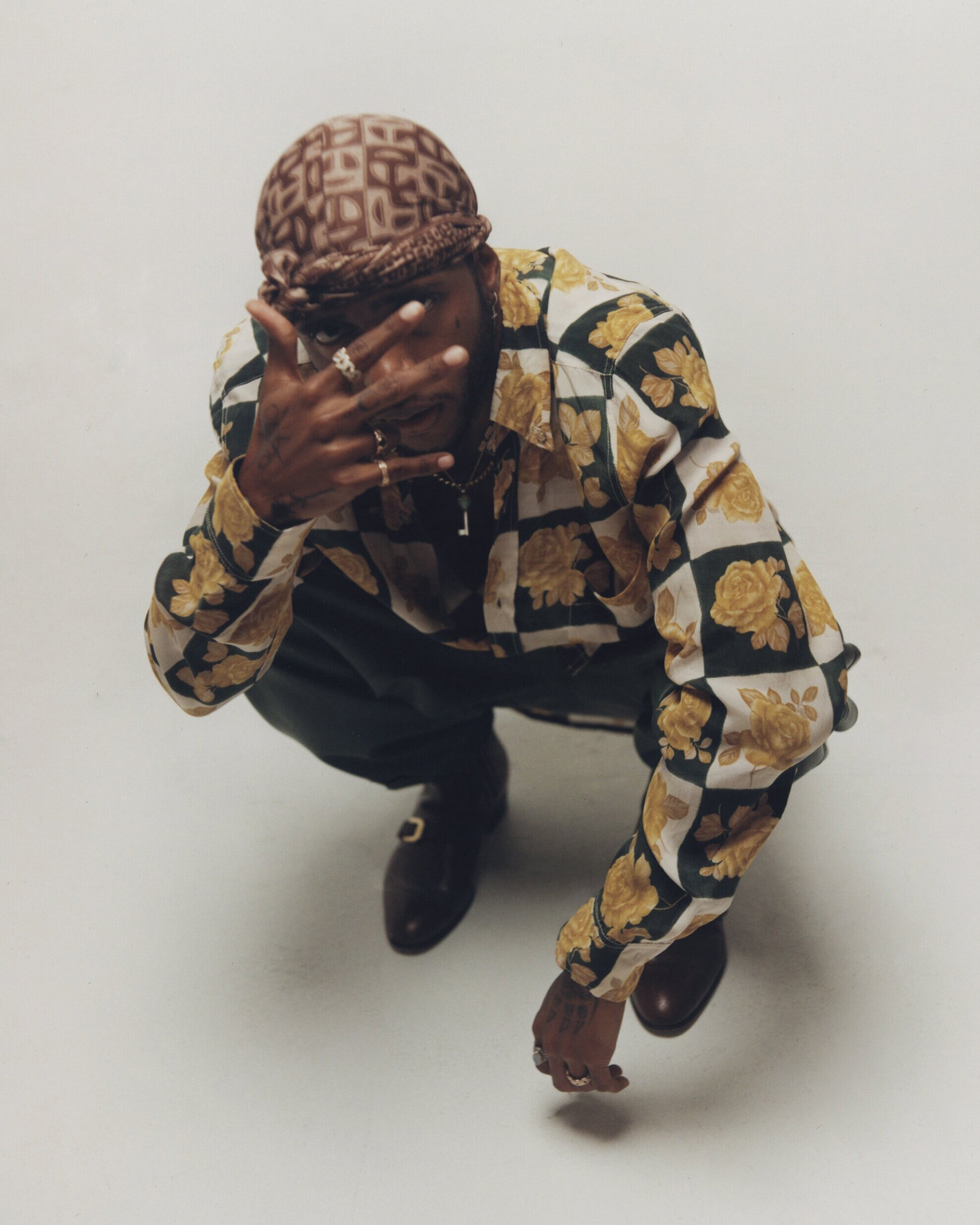

Speaking with a cadence that lends itself to the kind of familiarity one feels at the turn of a season, Ricardo Valdez Valentine, better known as 6LACK, holds no reservations when it comes to speaking about change. As it moves him, with the wind when the feeling is right, he finds himself peering over his shoulder. Flitting between Los Angeles and Atlanta, 6LACK has become a resident of the in-between, a finely cast shadow that dances upon reflection itself. As presence and absence oscillate, a sense of introspection grows and calls forth the demons from 6LACK’s own mind so that one day he may address them as angels. Would you recognize insecurity if it told you its name was now faith? Having released his latest EP 6pc Hot in June of this year, the recording artist and recipient of 3 Grammy nominations who has collaborated with heavyweights like Future, Young Thug, Offset, Sir Elton John via The Gorillaz and Selena Gomez to name a few, has begun to adopt a different approach to his career and life itself. Utilizing his emotional candidacy and the art of conversation, 6LACK ruminates on his own transgressions, projections and desires in the pursuit of total clarity. He wears no halo but the latter has given him wings.
6LACK has always made music with the intention of resonance but instead of weaponizing his own vulnerability and using resilience to romanticize strife, we see him walk away from these sad boy fantasies laced with martyrdom and move towards a crossroads in which utopia begins to look like the life he already has. The foundations of this new outlook have been cemented by his role as a father and committed partner, bolstering his identity with a sense of purpose and directionality There now exists a healthy dynamism to his person and artistry as he continues to untether himself from the experiences and sounds that once defined him. Having gone on to create initiatives like 6lackbox, a platform that provides an array of tangible and affective resources for his community, 6LACK is letting go but remains held. All roads lead home.
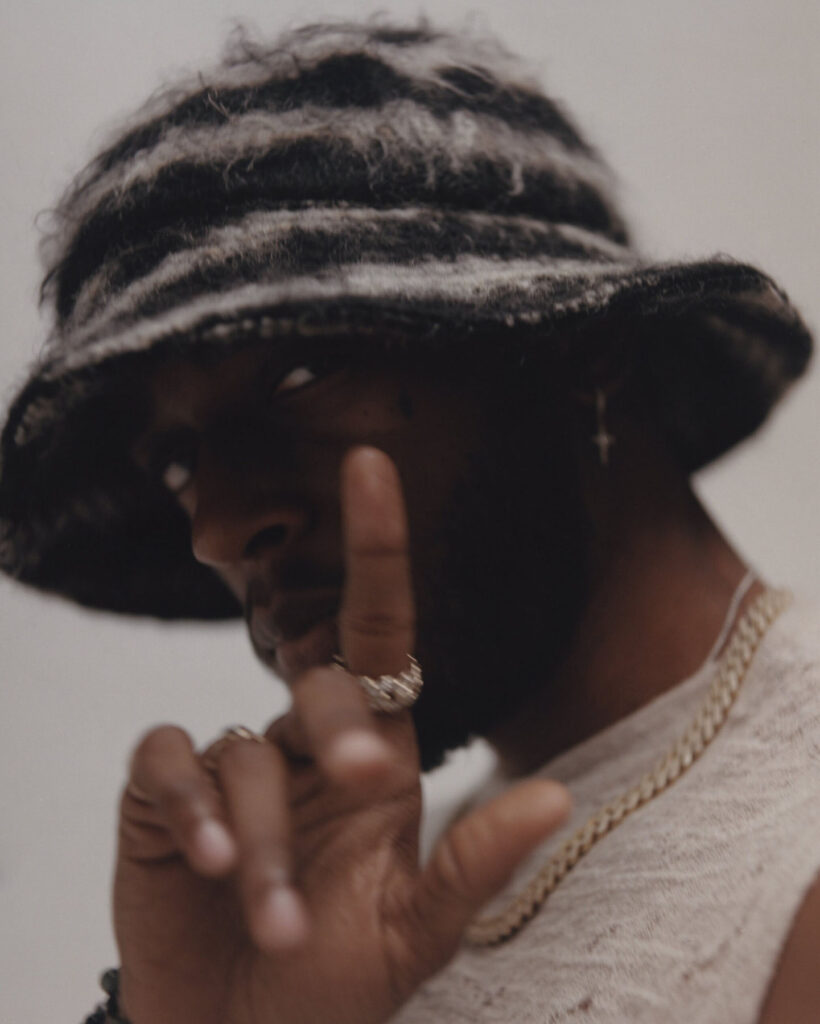
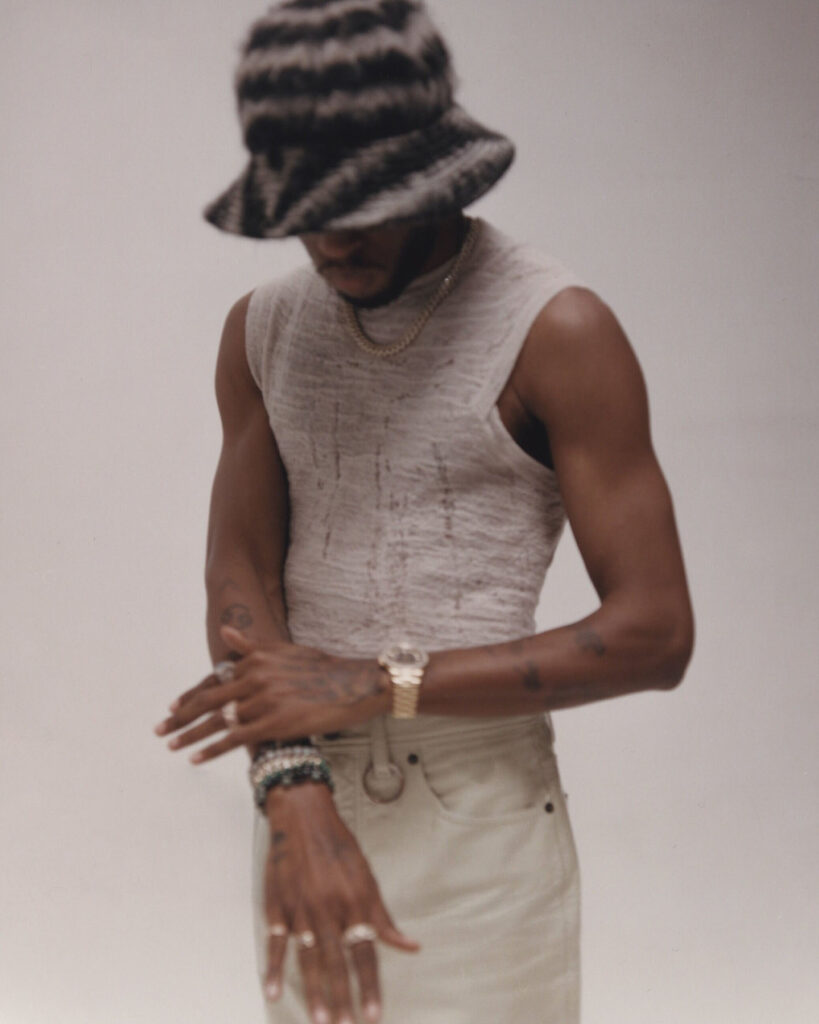
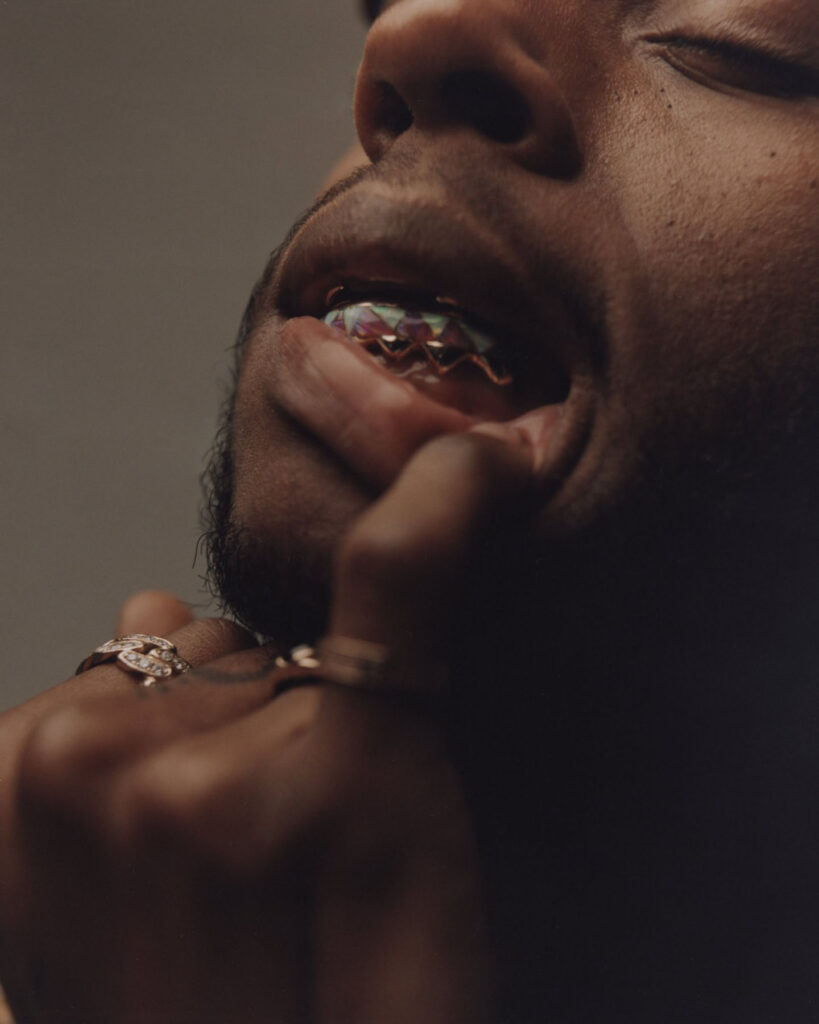
The Irish playwright, George Bernard Shaw, famously once said, “the single biggest problem with communication is the illusion that it has taken place.” You had mentioned previously that it was easier for you to communicate via music than in real life. Taking that into account and coupling it with quarantine and the collective growth that occurred through time for introspection, voluntary or not, what kinds of conversations were you having with yourself and what are you telling yourself as you emerge?
I think that in the beginning of quarantine, I was going through something similar to what everybody else was going through where we started off relatively strong and as time dragged on, we got a little bit dry. I reached a point where I was trying to figure out what I needed to do for myself before I even began to make music, just to be able to express myself, communicate, grow, learn, I felt super stagnant for a second. I realized I had to get back to myself, get back to being curious, get back into reading, get back into doing other things that sparked my creativity because I didn’t realize that I had stopped. I had put everything into music for so long and the setting and meeting of every goal only had me looking at the next one. It became a matter of okay, what do I do now? What do I do now? This way of operating ended up becoming a block of other parts of my life and that was one thing that I identified and began to do something about. I recently started therapy too, so that’s been cool to talk to an outside person who can give me advice or tell me what I’m thinking is cool, or not cool, or is me, or not me. So therapy, self-reflection and creating new routines has helped me to feel a lot better now versus how I felt at the beginning of quarantine.

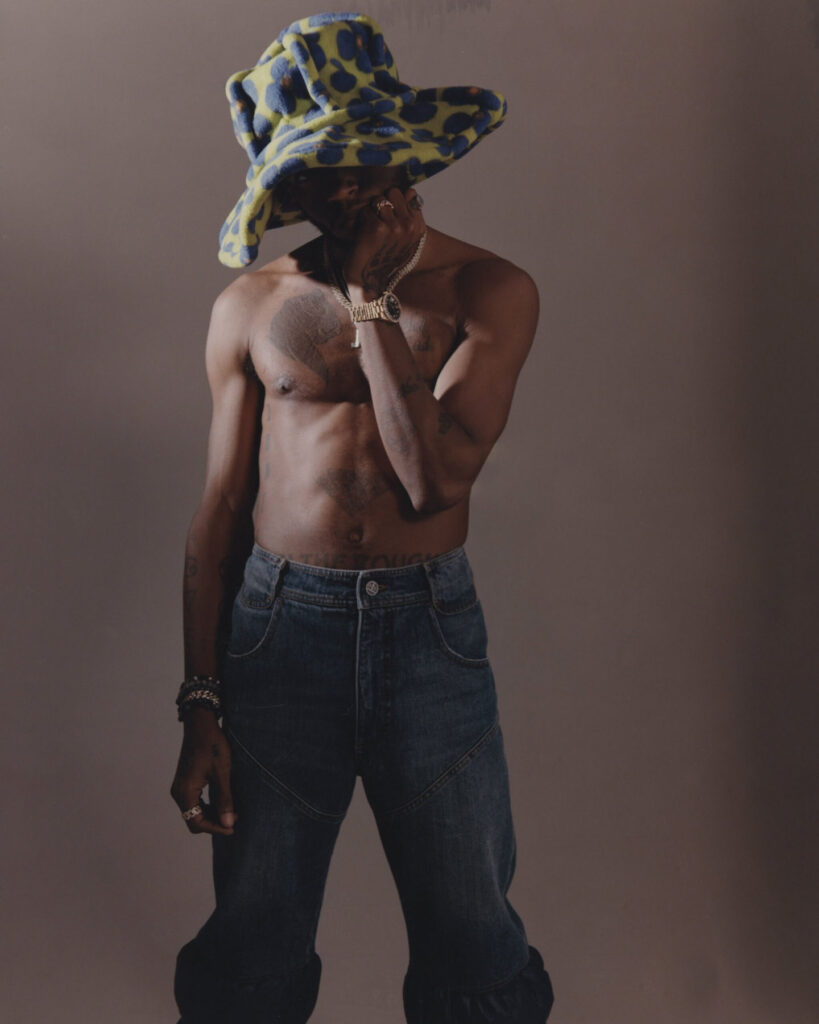
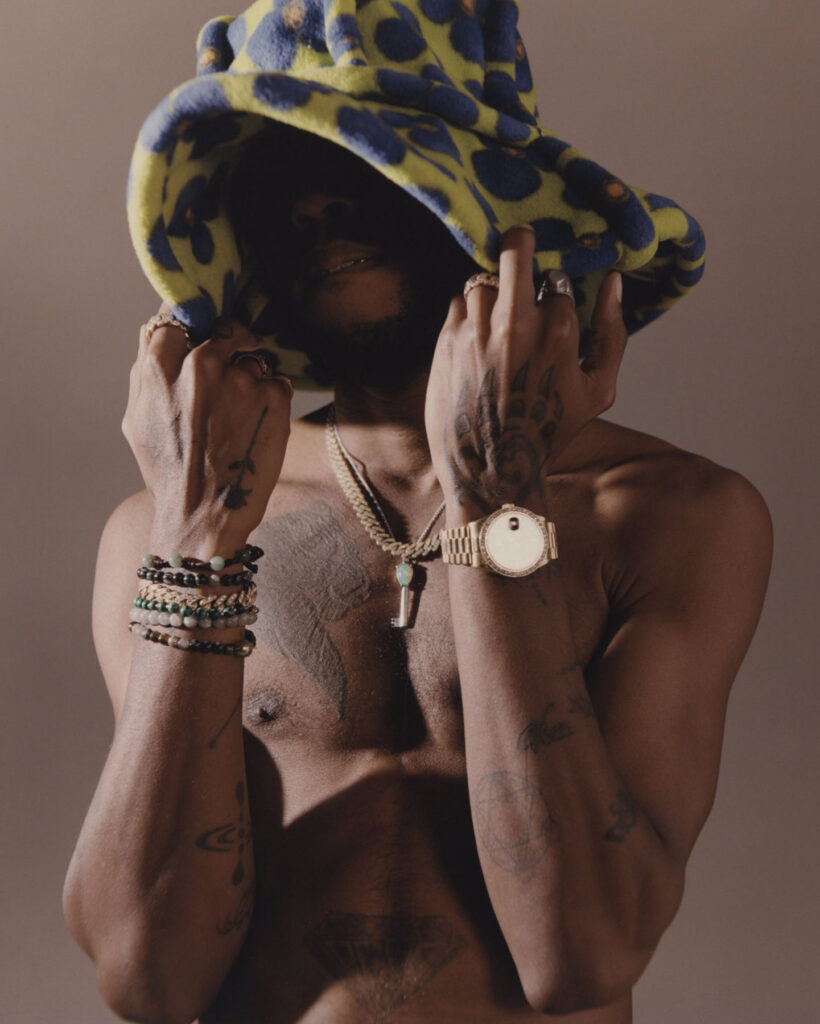
Totally and with therapy in general, there’s a lot of trust involved. Do and would you say that you’re someone who trusts people easily or are you known to put your walls up?
I’m not too bad on trust, I give people a lot of chances and benefit of the doubt so I’ve never really struggled with that part of it. I guess really it’s more so just trusting myself in a lot of different situations.
Right and in terms of trusting yourself, how much of that is synonymous with being honest? There are ugly truths inherently wrapped up in self-reflection and we often don’t want to see ourselves as we are.
Yeah I think it’s a tough thing, I feel like most people will kind of look at that and think it’s automatic, or an easy, or natural type of thing but I’ve learned over the last few years that honesty, even with myself, is embarrassing. Sometimes it feels shameful, sometimes it’s humiliating, it’s not always my favorite stuff to talk about but being able to resolve situations that have transpired from those things has been one of the toughest things I’ve ever had to do in my life. And it’s not because I don’t like to be honest or anything like that but when you go through a lot of things that aren’t necessarily favorable, why would you want to shout that out? Why would you want to tell somebody? Why would you want to trust somebody else with that information? So I’ve learned to speak on it more and every time I do a new album or get into a cycle of making music, I have to stop, I have to reevaluate everything, I have to see how I feel about where I am and where I want to be. I have to get to a point of being honest with myself before I start writing because otherwise, I would just be writing from the viewpoint of the last album.
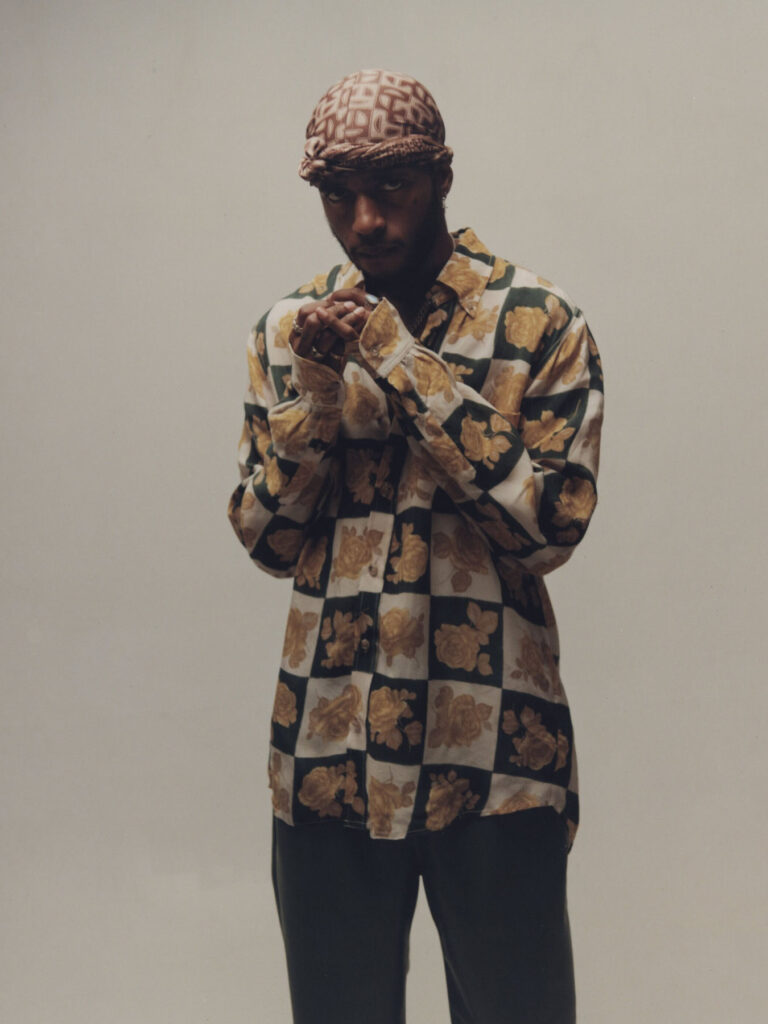
Right exactly, there’s a certain voluntary vulnerability that is hard to give access to even with yourself, it becomes a question of how do you get there? We all arrive “there” differently, can you give us more of a window into your thought process? Put us in the room with you as you’re starting to write and come upon a closed door per se.
Definitely, recently this year I spent a lot of time in a studio just sitting there. I wasn’t being hard on myself but I didn’t want to walk if I was going to walk the same way I walked last year. I would go there thinking I was going to work, I’d fire up a beat or flip through like 20 beats and eight hours would go by, ten hours would go by and then it’d be time to go. I’d be sitting there the entire time because I was sorting through my thoughts, trying to figure out what specifically is going on and what I needed to get myself going. I really just needed to be brave enough to sit down and have all the conversations that I needed to have with the people in my life because naturally, when you hear things that you don’t like especially pertaining to your person, you want to deny or fight or reply in a way that isn’t always reflective of who you truly are. I had to remember that those feelings aren’t natural and it’s more so about getting it out there and allowing other people to make the decision of what to do for themselves, giving them a choice versus choosing for them.
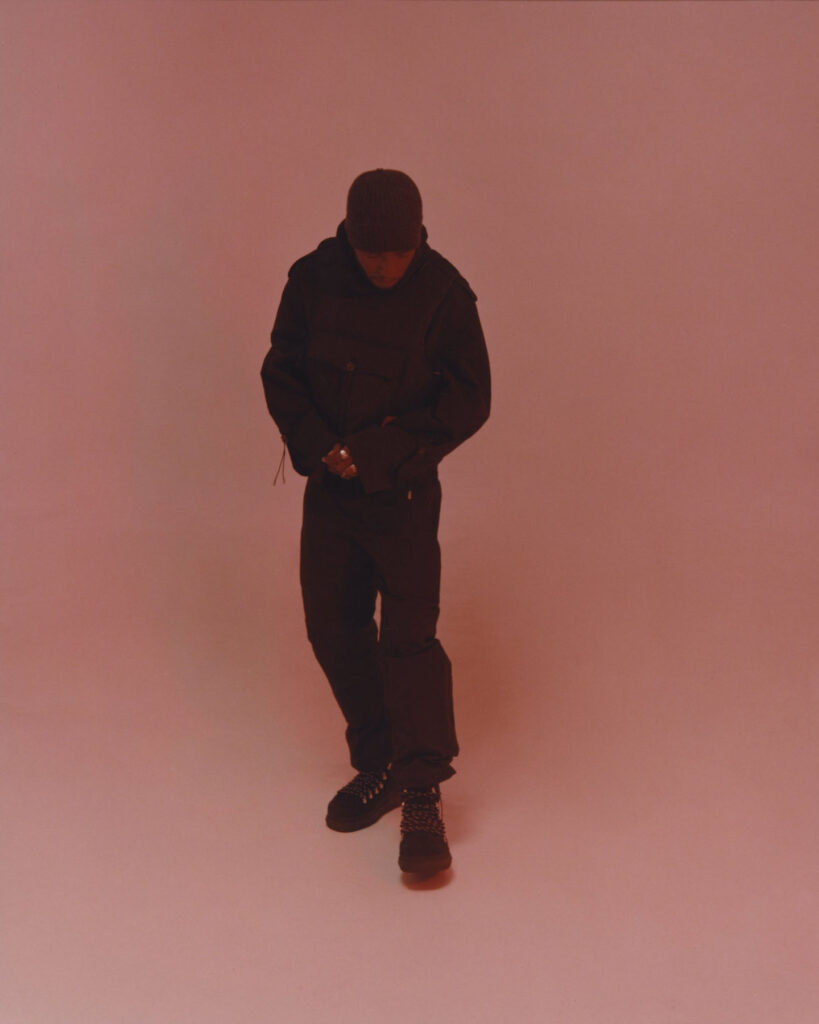
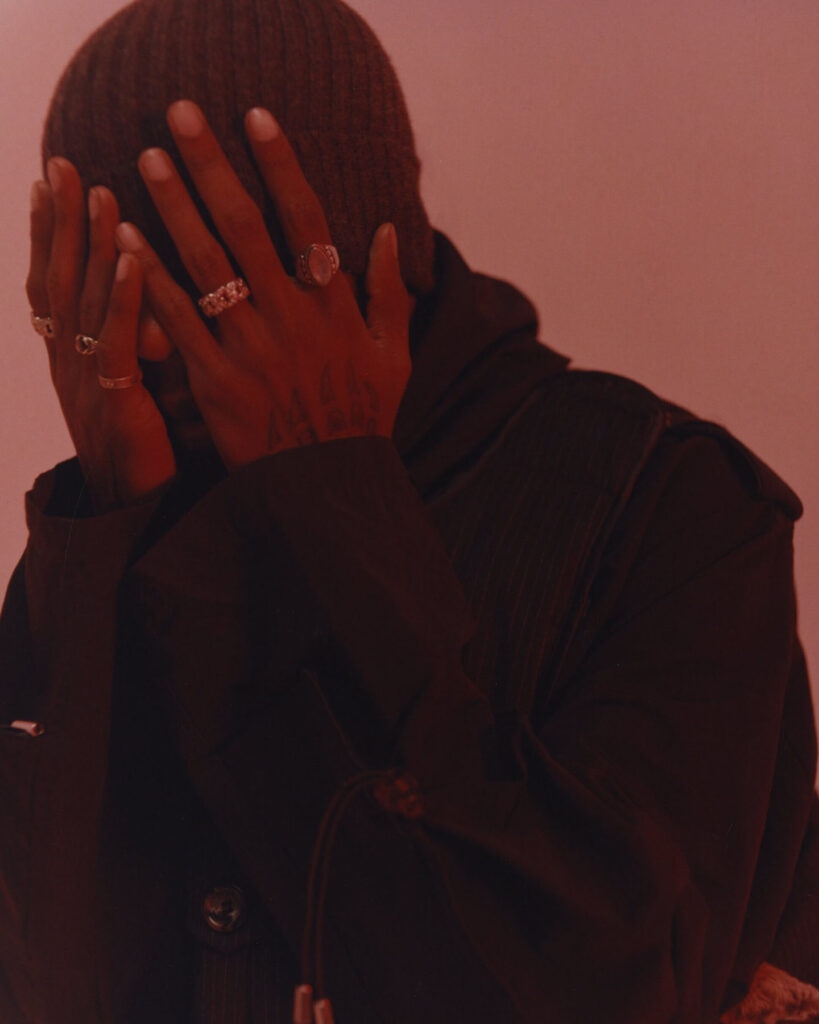
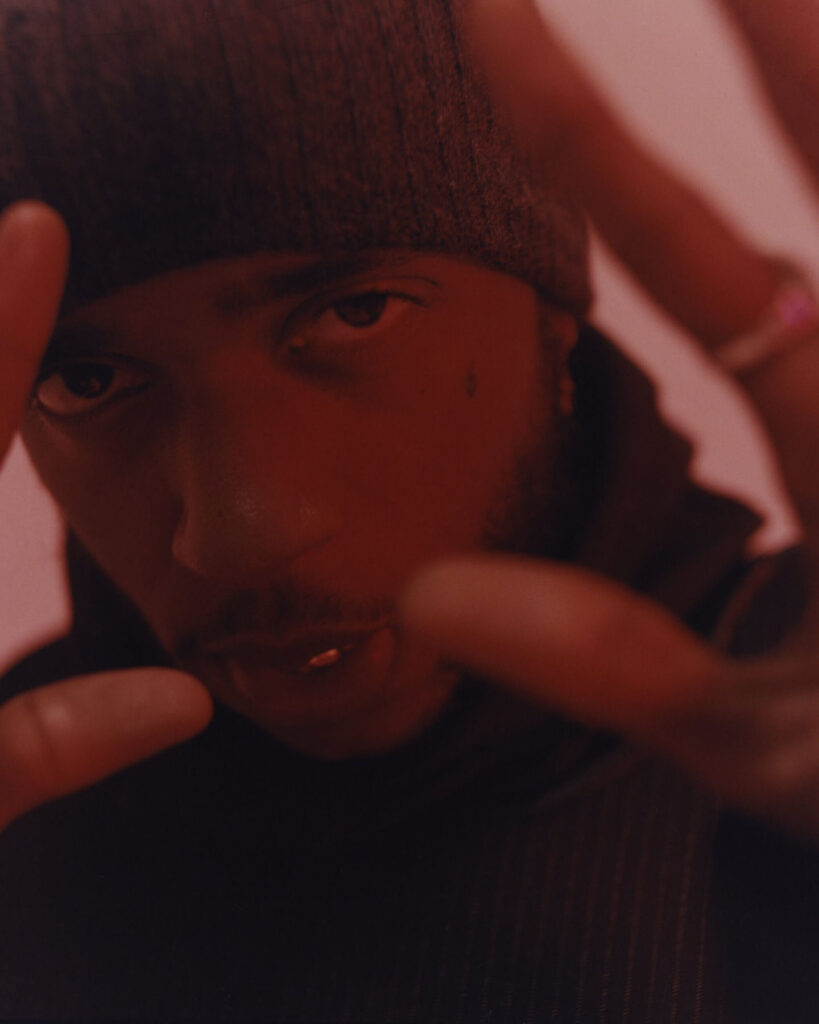
I can imagine you being in the studio, sitting there and feeling maybe a bit unfulfilled and obviously there’s this idea of success and respective markers of it like putting out a new album, garnering press, outside validation etc. But I’m wondering for you, as someone who is more so an artist than an entrepreneur or performer, how do you differentiate between fulfillment and success?
I’m honestly just trying to keep a gauge on just how grateful I am. This year, I had to check myself and look at what I was doing and realize if you want to feel fulfilled, if you want to feel clear, if you want to feel creative, if you want to feel all the things that you want to feel, you have to remember to do things in your everyday routine that echo and practice that. Otherwise you’re going to find yourself in a daze or at a point where you’re not in the driver’s seat, miles from where you want to be. I had to get back into practicing, whether it was waking up and eating something right for myself, writing something down in a journal, reading something out of a book, or watching a documentary, I had to refocus myself to get back to that. I got so far away from those things because mentally, with music and my career, it’ll engulf you. It’ll make you feel like this is all you have and those thoughts start to take up space in your mind alongside your personal life and in order to stay clear and fulfilled, I had to remember to be super thankful. Gratefulness created balance for me. No matter what your intent is, every single day, you keep running into problems because you are explaining your intention instead of making them clear through action.
Preach, good intentions are too often used as the scapegoat for shortcomings! What are those things that you want to be more intentional with?
Primarily the relationship that I’m in and making sure that I’m giving the equal amount, if not more than, what someone is giving me especially if they’re a source of positive reinforcement in my life and are there to teach me things where I need to learn. I was in a space where I’ve always been the mentor to everyone else, so transitioning to have somebody else to do that for me was out of the ordinary and a bit difficult. It’s hard to let go of the reins because I was just so used to doing things by myself, sorting through my thoughts by myself, dealing with my emotions by myself — so when somebody else is there and they’re like, “you don’t have to pull the weight by yourself,” you just have to be willing to let go.
Wow yes, and so often we think that love never asks us to change who we are but why can’t change be synonymous with adaptation for the better? Why does sacrifice have to hold a negative connotation? Love is a difficult thing, it forces you to face things about yourself that you might not necessarily want to see or be willing to see. To what capacity has she held up the mirror per se and made you see?
I would say that the biggest thing is letting go of that feeling that I had to do so much on my own. You kind of go through life in the neighborhood, in the classroom, and studio, all these different rooms that I’ve been able to live in, change and adapt to and teach people and when I got to a point where I met someone who could teach me instead, I had to be able to stop myself. I had to think about what I’m saying or not saying, what I need to listen to, what I can actually learn from the situation versus continuously trying to be on this mission to teach everybody else.
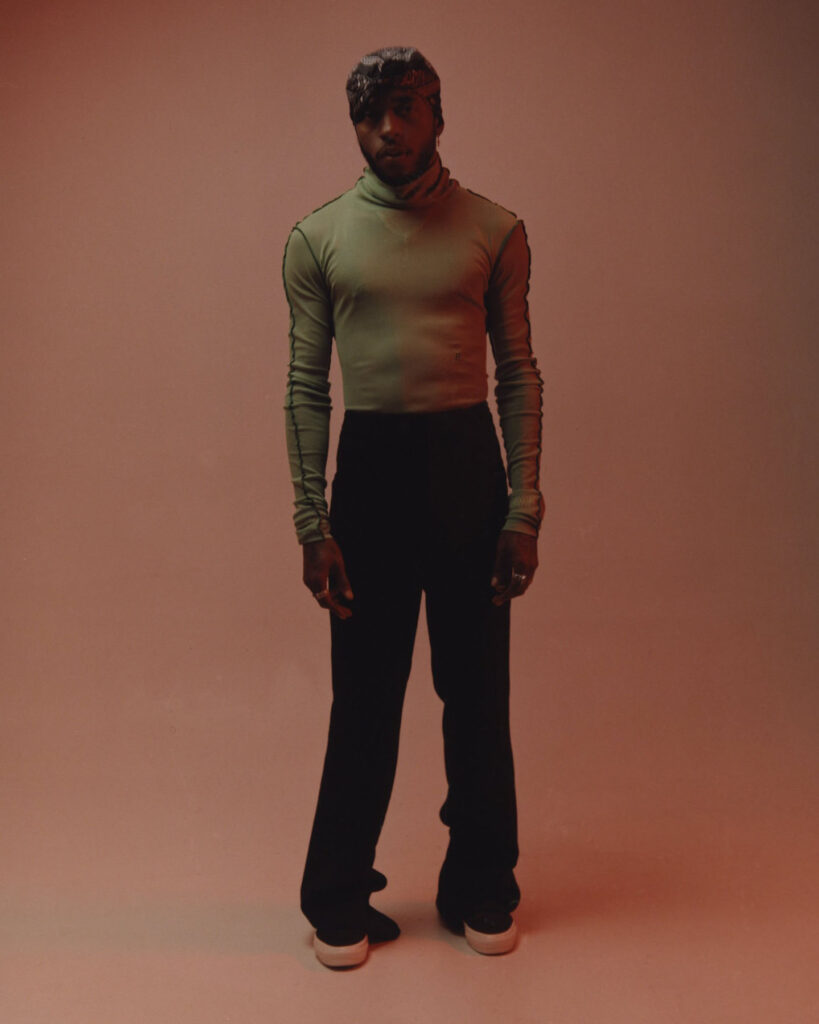
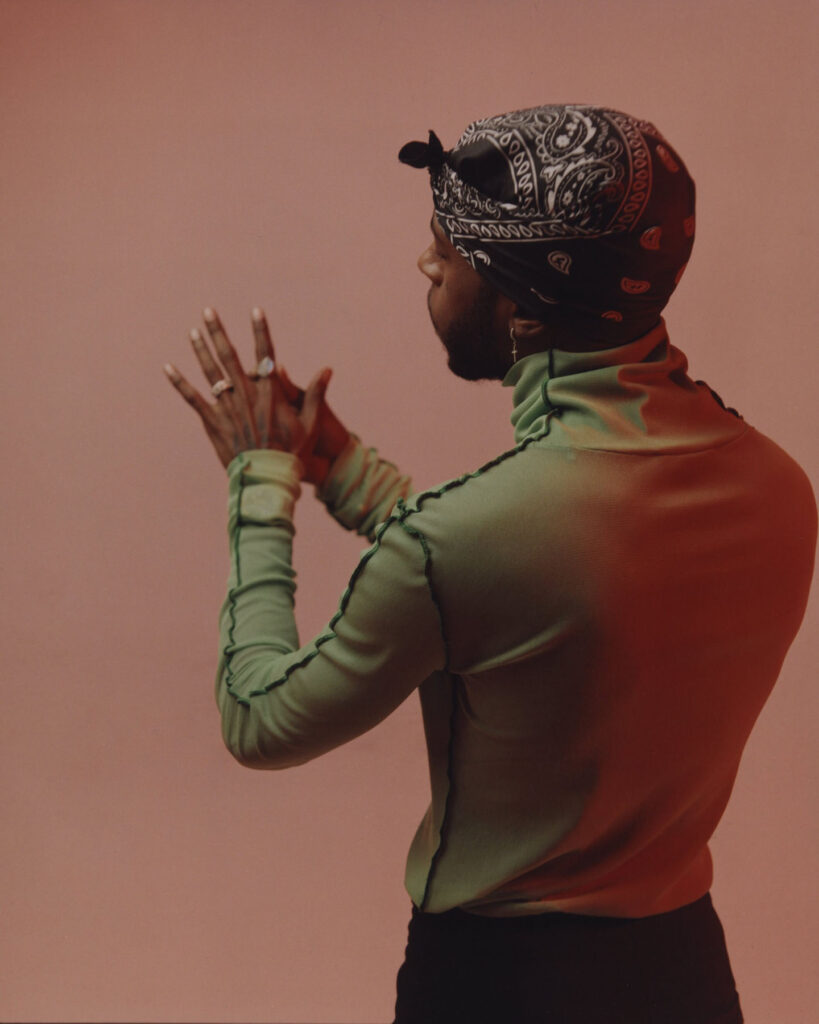
Yeah and if you’ve always been in this position as the teacher of sorts, to what extent is it kind of like being a martyr? How comfortable do you allow yourself to get with excess weight on your shoulders? You’ve said you’re someone who trusts people easily but I feel like, if you’ve been carrying that torch around for people, you’re not really letting people in or exist in your life in the ways that they might want to.
That’s another thing that was pointed out in therapy too, these effects might not show up in the form of you breaking down or crying but all those things stick with you. As time goes on, the requests, the demands, the advice that you give, flows out of you and you keep moving and more things stick on you but you keep moving and eventually, you get to a point where you’re like, I’m tired and I don’t know why. It’s because you either haven’t mourned, you haven’t let it go, you haven’t actually solved it, you haven’t given yourself a minute to just focus on you because you’re carrying a torch or pulling the weight of doing the work for so many other people.
And I think in doing so, you don’t really open yourself up to being vulnerable. We want our men, our partners, to be strong but half the time they don’t even commit time to addressing the ongoing internal battles within themselves, let alone even recognizing that they exist. Your platform 6lackbox is a resource for so many people and I don’t know if this is something you’ve envisioned but I can also see it existing as a space to normalize mental health issues?
Yes, it’s definitely something that we’ve been trying to put more energy and planning into. However we can get more people involved so that it becomes a community thing and not just a me-to-them situation because I have created different communities with my fans and developed a lot of long-term relationships with them. It’s always been cool to figure out a way to let them know that beyond the music that y’all aren’t in this shit by yourself. If you got shit that you need to figure out, or if you have something that you’re going through, that’s what the music was made for, that’s literally what we’re here for. One day we’ll figure out how to specify that and nail down an actual plan.
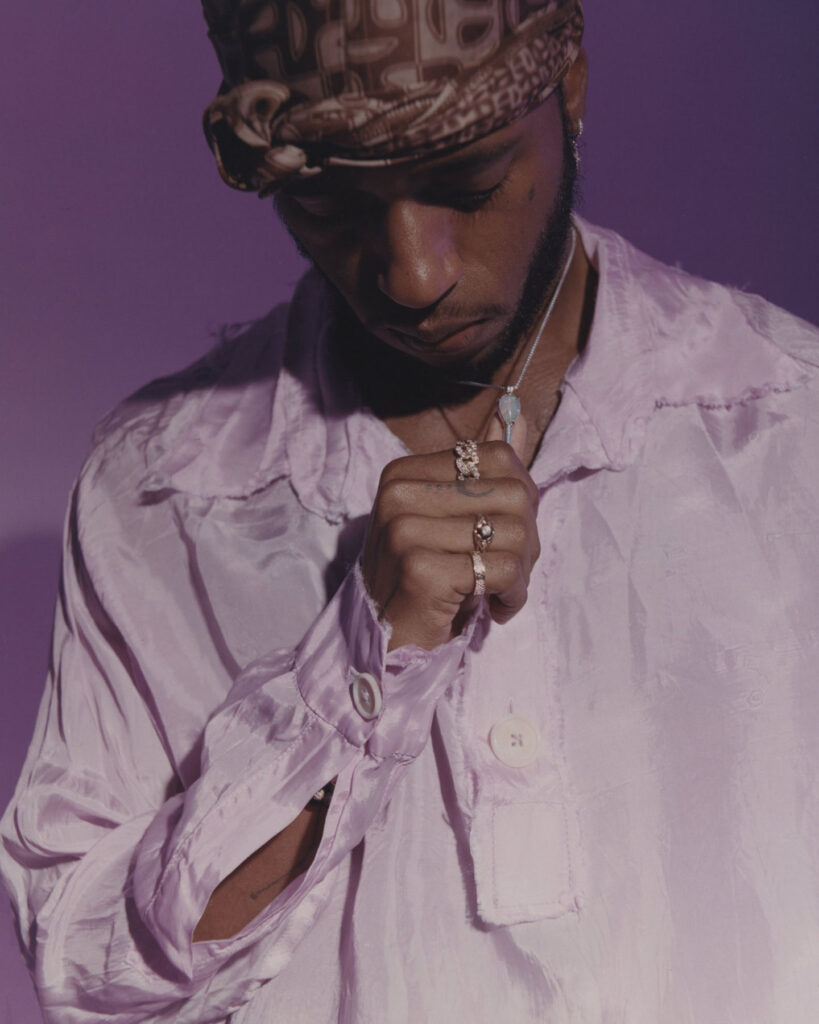
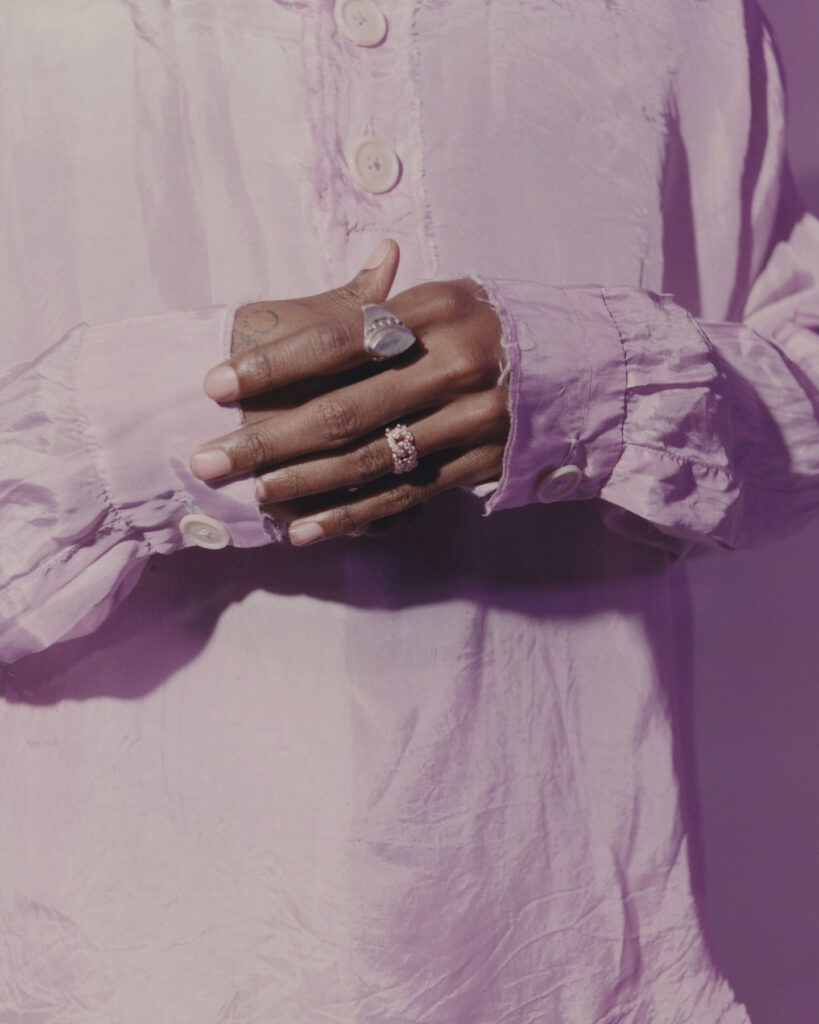
There’s been so much talk around this whole idea of community recently and for you, what does that really look like? Is it a utopia of sorts?
I think it’s just a collective group of people who have a purpose towards something specific. A lot has been going on, in the country, in the world in general and I don’t think that the primary way that we fix that is by focusing on like the higher ups, or what’s going on on TV all the time. I think we really need to narrow it down and get back to home, our neighbors and the people around us and remember that if we create a stronger community and a stronger bond with each other than everything else will be in a better position to find resolution. This past election is a good example of people coming together because they felt something and wanted to do something about it as a whole. However, we can continue to do things like that on a smaller scale, everything on a larger scale will start to iron itself out.
Speaking of small scale, home is also something that maybe you’ve been thinking about recently? It’s such a subjective word, you find home in people, you find home in your music and we’ve all been inside, in our homes, in our own head spaces. Is home a place or is it a feeling?
Home is definitely a feeling right now. Physically, I live between LA and Atlanta and I have really great reasons to be in both. When I go to Atlanta and I get to be with my kid, I feel like I’m at home, no matter who’s around, or what I’m doing. When I’m out in LA and I get to spend time with the person I love, I feel like I’m at home. That’s the best version of home that I could ever really ask for in just having something to look forward to, having something to have fun with, having something to learn from.
You mentioned fatherhood briefly and I grew up with a single dad too. He’s my rock and not always the most vocal person but he recently told me that he thinks we’re pretty similar which was shocking and endearing for me to hear. What have been some of the unexpected lessons of fatherhood?
It’s taught me a lot of clarity, not even to compare it to music but everything that I did album wise before that point was a lot of I don’t know, I don’t know, I don’t know, I’m trying to figure it out. Since then, I’m closer to figuring it out because somebody’s watching me. Other than that, it’s been a really good opportunity to express myself fully, to be a kid again, to be an adult, be every single thing that I am because you get to practice it with somebody who doesn’t know anything bad about you necessarily, who doesn’t judge or have any predetermined thoughts about you. They just are happy to see you and want to be fulfilled in some other way. My thing with her is just making sure I give her the stuff that I didn’t have, which was constant reassurance. I want her to know that she can be herself, she can express herself. I was talking about that the other day in therapy, how at some point in my life that reassurance disappeared and I didn’t realize it until I was able to say it out loud. When that disappeared, my life started to shift a little bit, I started doing different things, my grades started to shift, my personality started to change, my insecurities started to form and these were all things that were a result of my relationship with my parents changing.
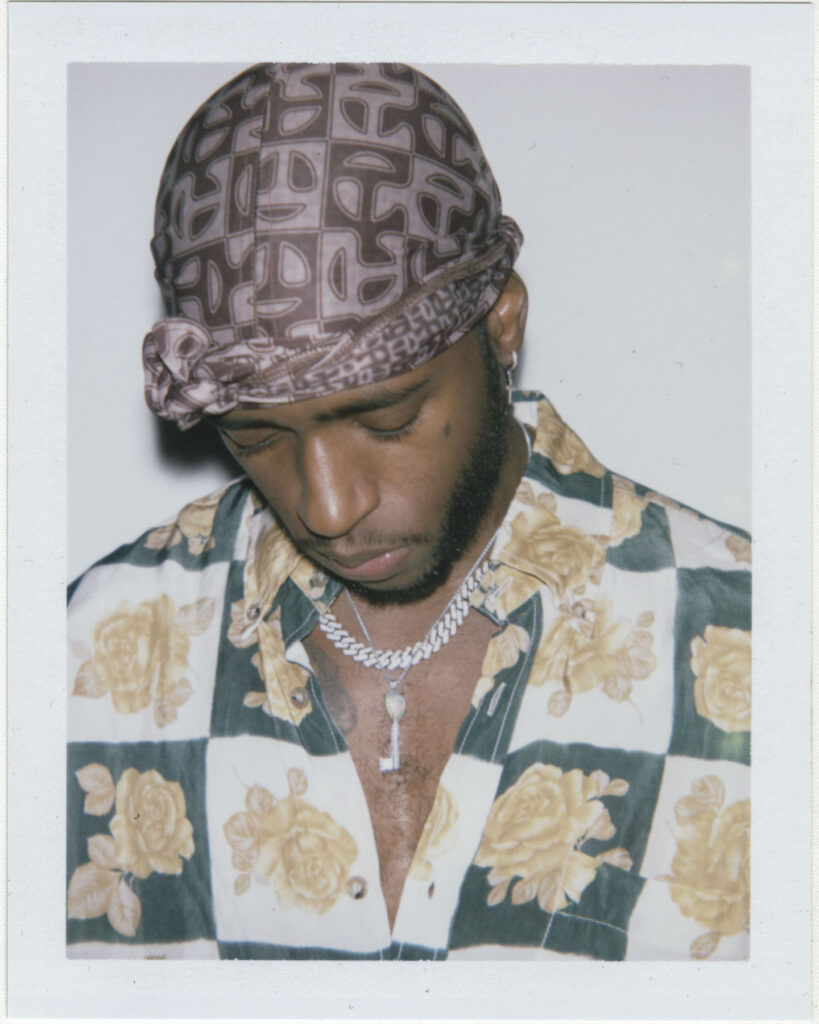
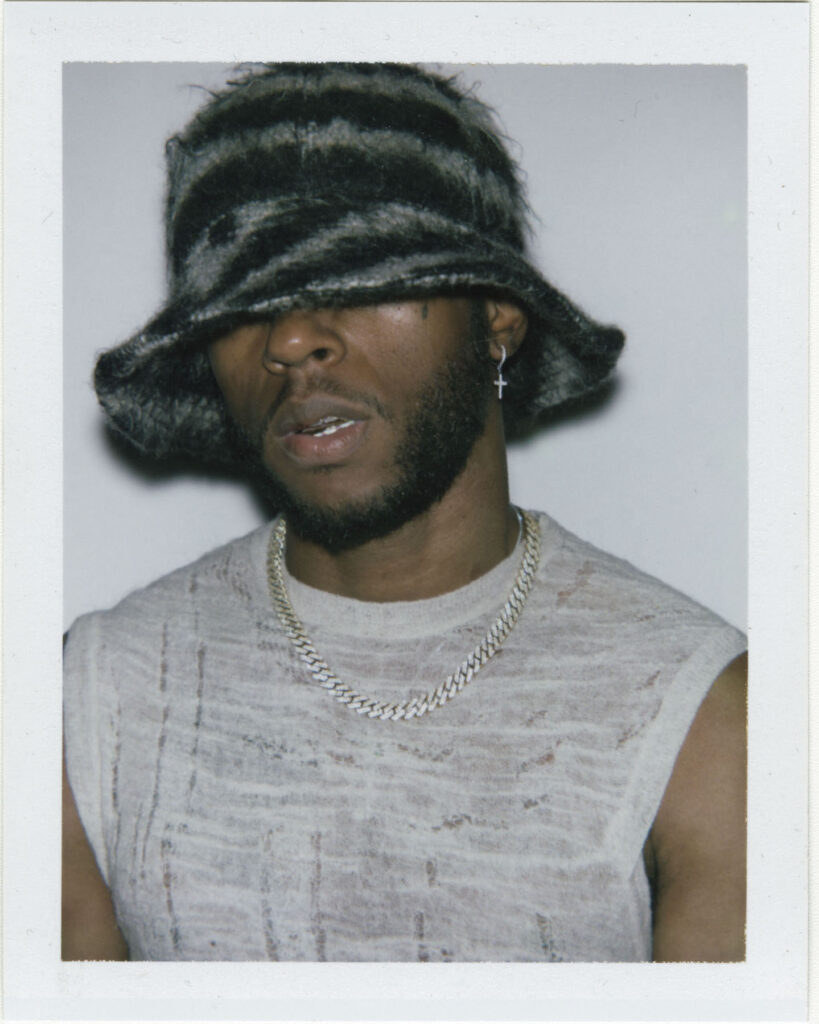
Right and thinking about the word reassurance, I think especially in relationships, whether that’s with another person or with yourself, it is sometimes something that we seek for the wrong reasons, out of insecurity and that’s a hard thing to admit. .
It’s definitely a hard thing to gauge. I think knowing the specific kind of reassurance that was missing for me, I know that it’s not doing too much to just let your kids know that hey, you look like me and those are good features, or you remind me of so and so and that’s a great thing, or that they’re doing good. It’s about spending time with them and being the type of energy and person who they’ll want to have a conversation with. I think that reassurance can be a tricky slope. I also just learned about myself that I move, act and think in a way where I know that the people around me know who I am but that is not to say that I can go without making the effort to clarify something for them. I am aware that this is something that I can work on for myself and the people in my life. It’s something that I want to make sure Syx doesn’t have to think too much about you know, it’ll be just enough.
Right and thinking about what’s enough, that word itself can be such a trigger for so many people. We’ve all had to recontextualize our own definitions of what’s enough, especially, when we’re not doing all these external facing things anymore as of late.
I think that has been an interesting thing to figure out too because something can definitely be enough to you and not be enough to somebody else. That’s the fun part and not so fun part to figure out that subjective definition in all of your relationships. The easiest and the best way to do it is by being able to sit down and have conversations where you detach your personal needs or ideas of who you want somebody to be and adopt an open standpoint.
Yeah and thinking about ideals and needs, resilience has also been a word that we’ve seen pop up again and again but to what extent is it sometimes overrated? To what extent are we expecting people to “bounce back” when certain services should be civic priorities instead of difficult circumstances? Why are we coloring struggle with promise?
I think it’s like a 50-50 type of word in feelings, situations and energy. I’ve made some of my best music and had some of my best moments from being resilient, pushing through, getting through the struggle, fighting through this, crying through that. It definitely creates a pressure makes diamonds type of moment where you’ll definitely get something out of it but it is most definitely also overrated because you don’t want to be working from that space, you don’t want to be doing more than what you necessarily have to do. You don’t want to become infatuated, obsessed or interested in that process to make it feel like it’s the only place that you can work from because I definitely have fallen into spots, consciously and subconsciously, where your back’s against the wall and you feed off of that.
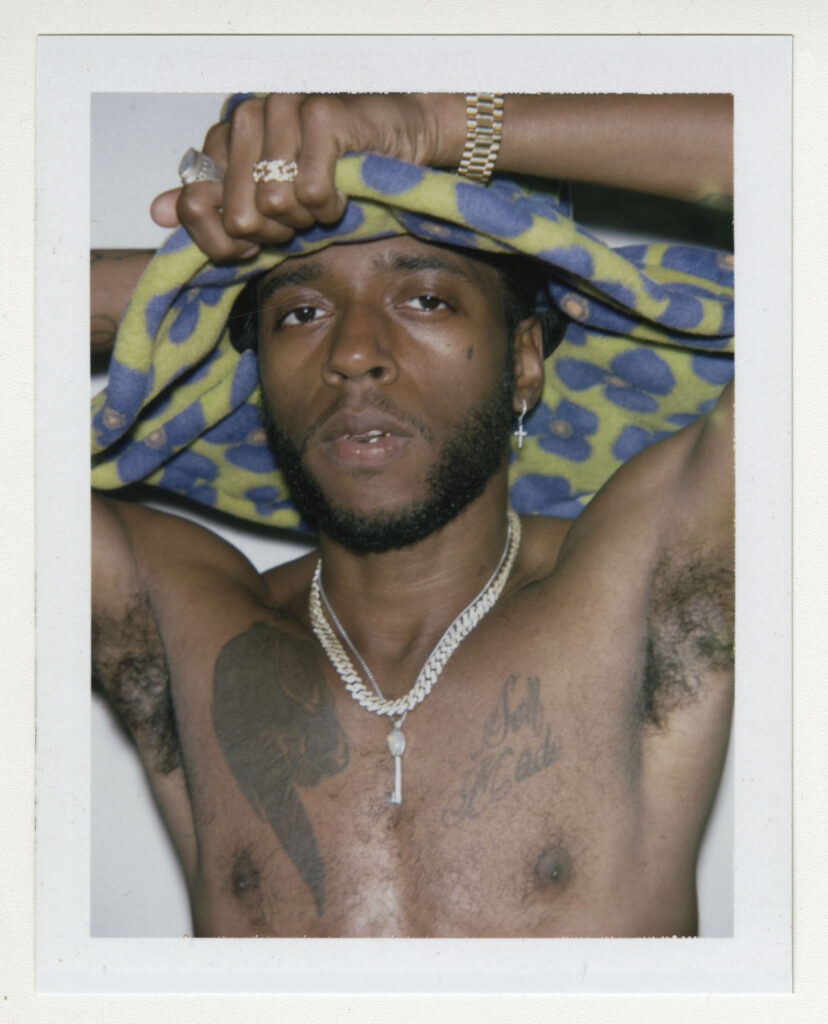
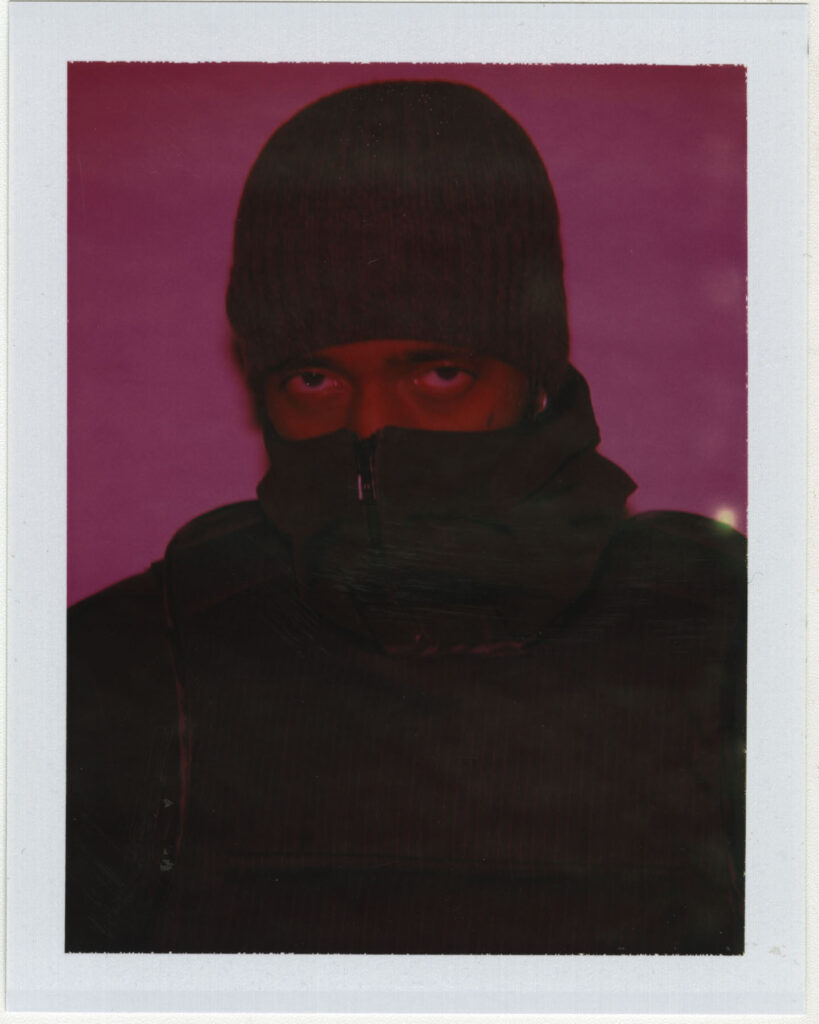

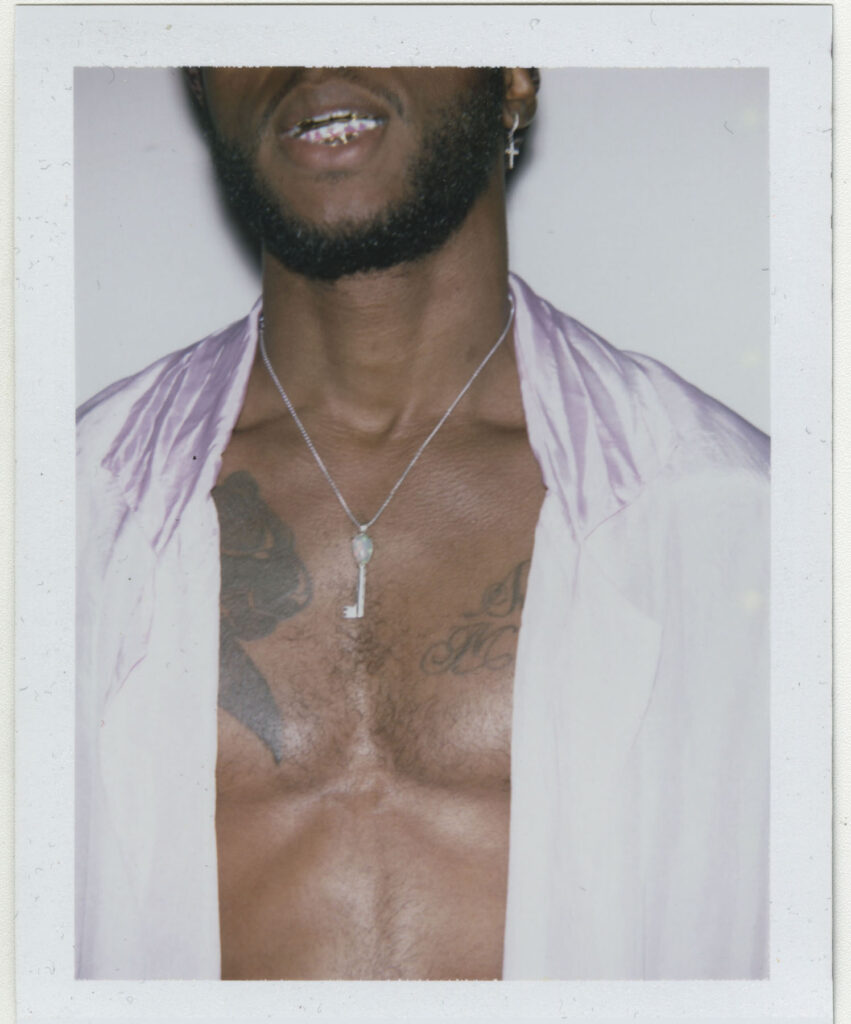
Right and being an artist or someone who writes in general, it’s often easier to write when you’re sad and that can be a bit toxic.
Absolutely. I had to check myself and just make sure that I was not holding on to that because that’ll always be there. If I ever need it, it’s something I know how to do but there’s no reason why I should be putting that first or to be writing songs with that in mind when that’s not where I am or where I want to be.
How do you write about things that are happy then? It sounds kind of like a dumb question but I feel like it’s hard to transition to even create from a different mental place?
That was a conversation we had in the studio and Childish Major helped me put the initial words to it. In order to be able to write about the happy stuff, the good stuff, I had to sit down and practice the shit that made me feel good. Since then, the music has grown into me talking about my growth. I still have the ability to be able to tap into the other side, the sad side, or the side that people recognize or remember but it gives me the range to be able to say more, do more, express more and help people get through more. I don’t want to just be a pacifier for somebody when they’re going through some tough shit. I also want to share in a moment where they can celebrate, have fun or feel good.
It’s allowing yourself to be a dynamic artist because when people begin to create and become known for something, they begin to become defined by that and it becomes hard for them to reclaim agency from the external validation. They compartmentalize who they are from the work they create.
It’s definitely challenging. That was one of the first reasons why I cut my hair immediately because people off the bat were like, oh, he’s this, he’s that and I was like let me just reset because I felt myself becoming like a figurehead of whatever that was on the first album cover. As soon as I cut my hair, my life started to change. I started to make more eye contact, I looked up and moved on stage. I just had to realize what was going on but I didn’t realize what was going on because I was just too busy living it.
Team
Photography · RICKY ALVAREZ FASHION SHAOJUN CHEN
Interview · LINDSEY OKUBO
Creative Direction · NIMA HABIBZADEH and JADE REMOVILLE
Grooming · DARONN CARR
Designers